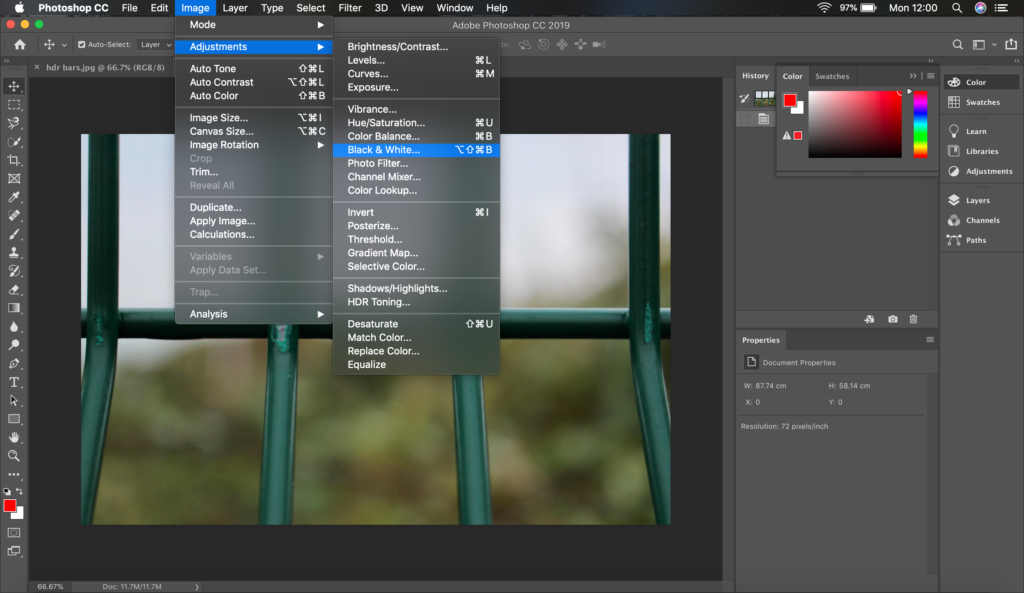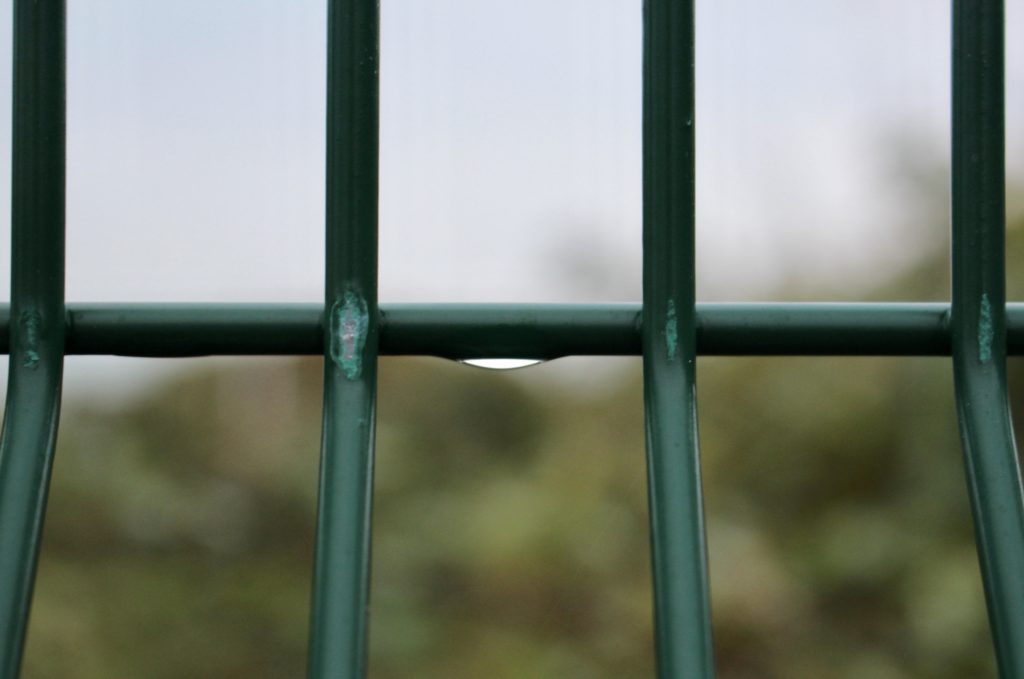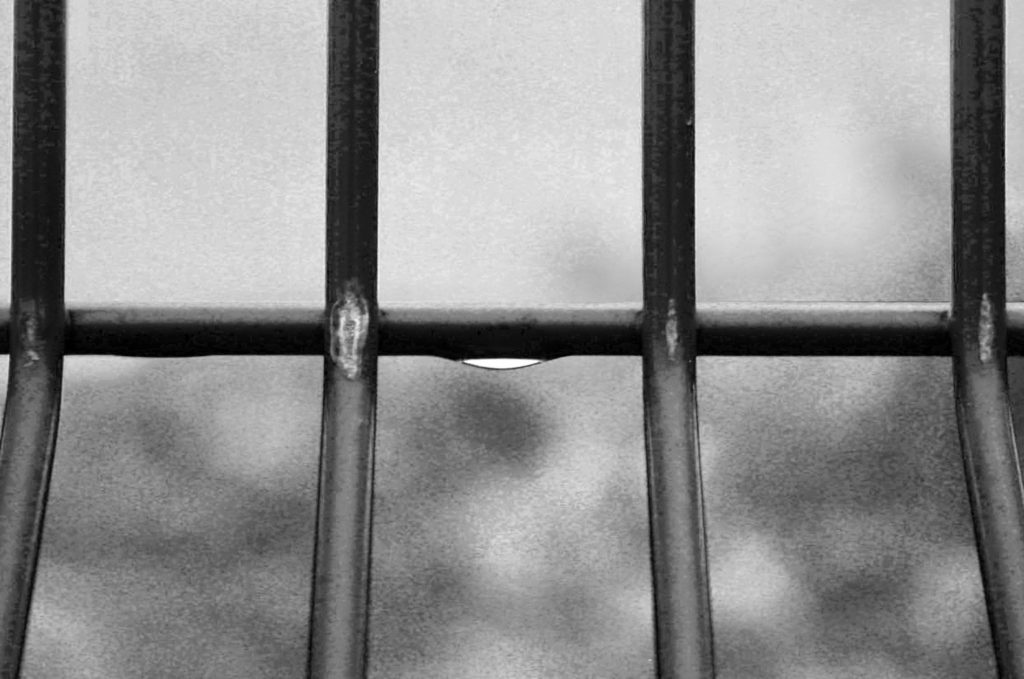


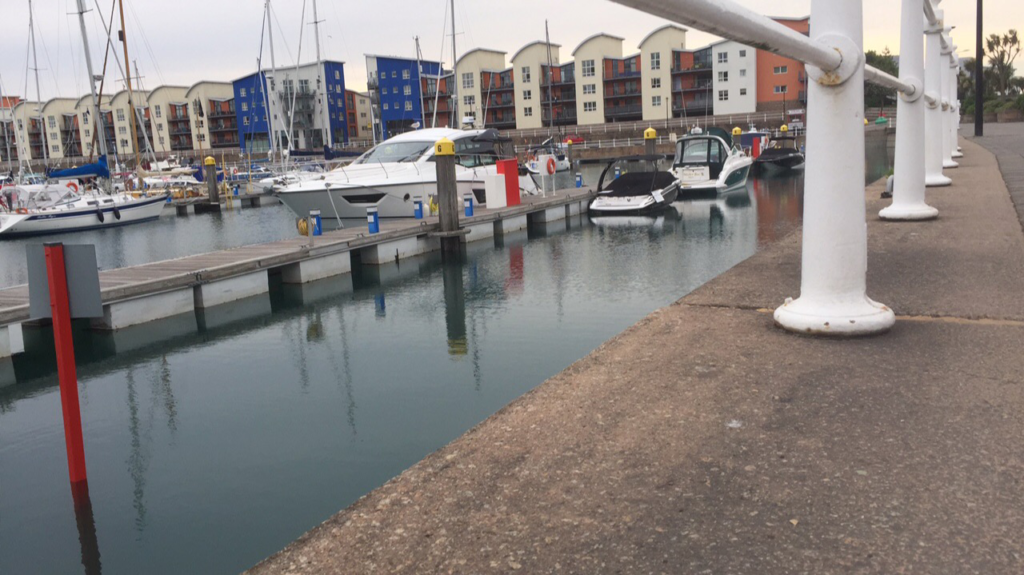















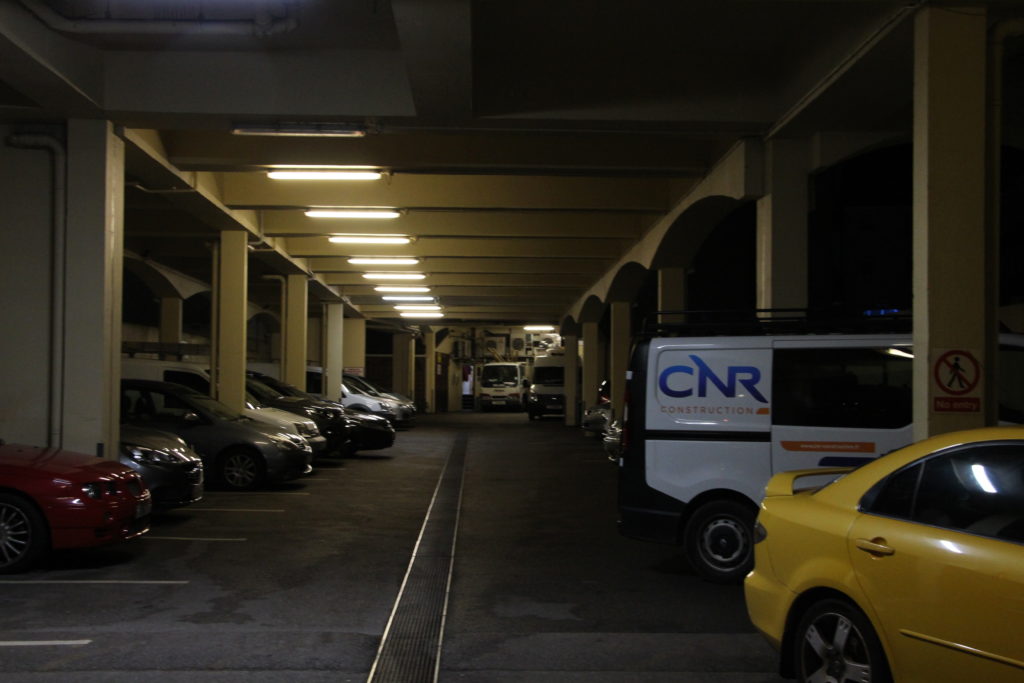

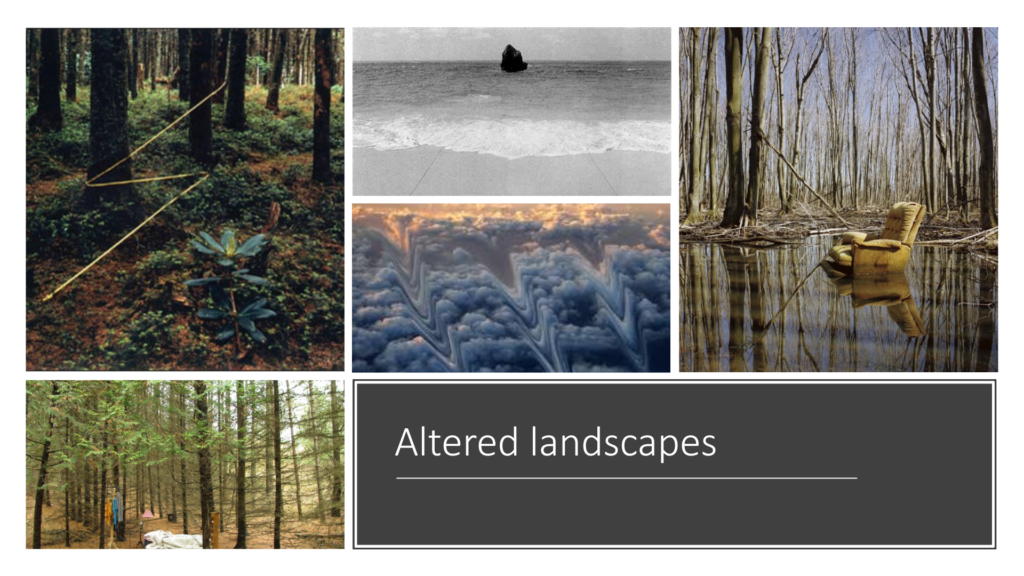
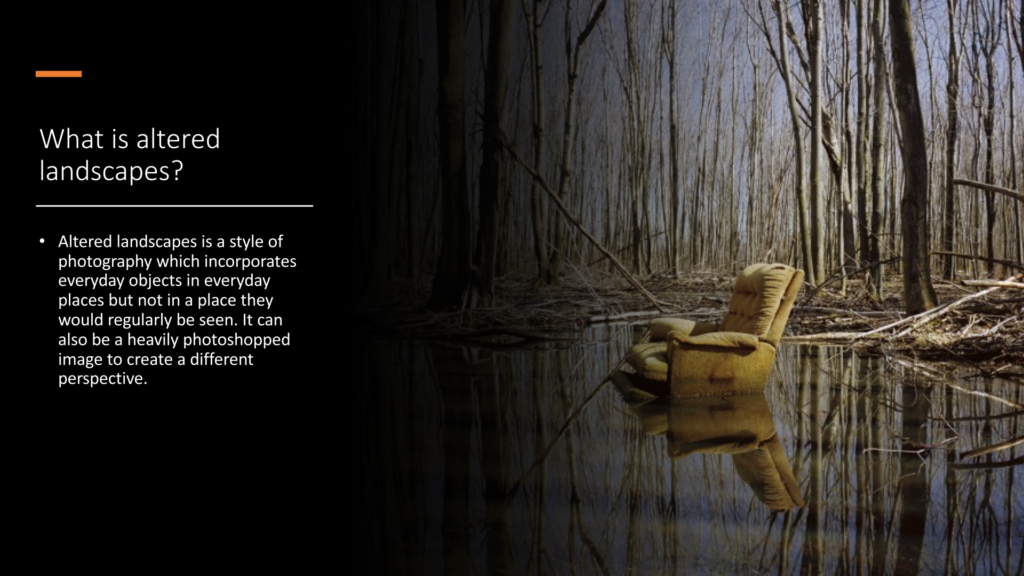


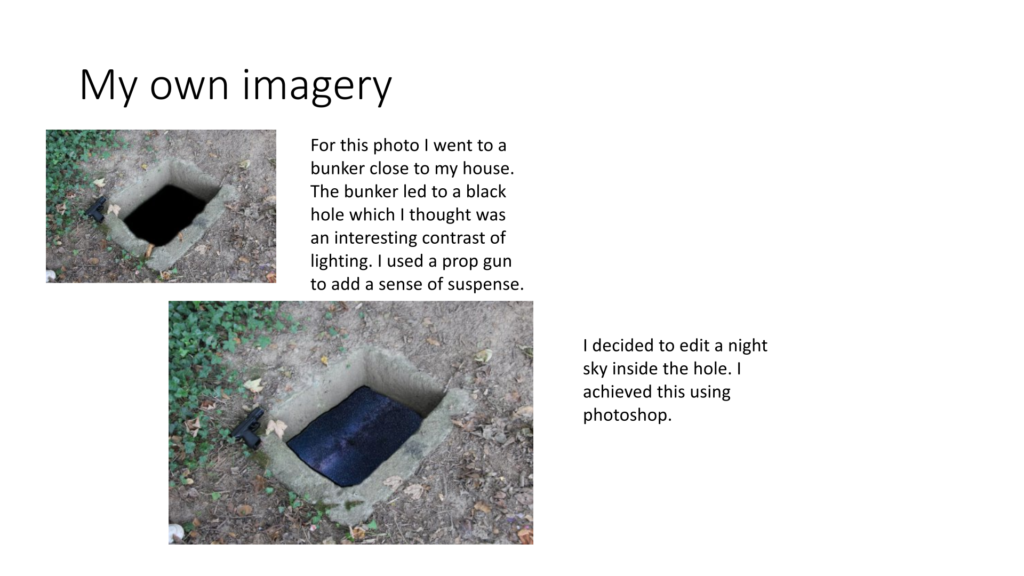
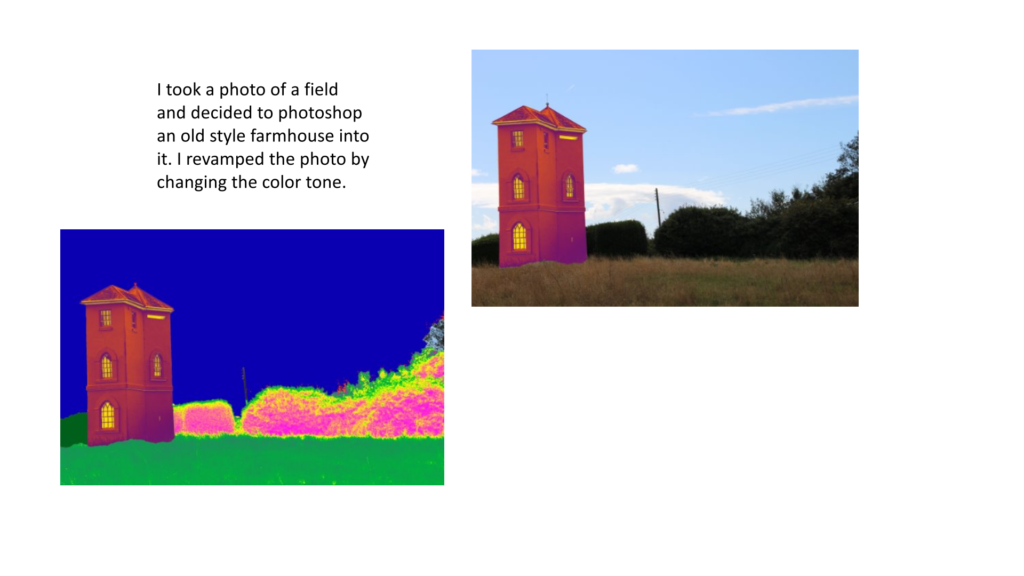


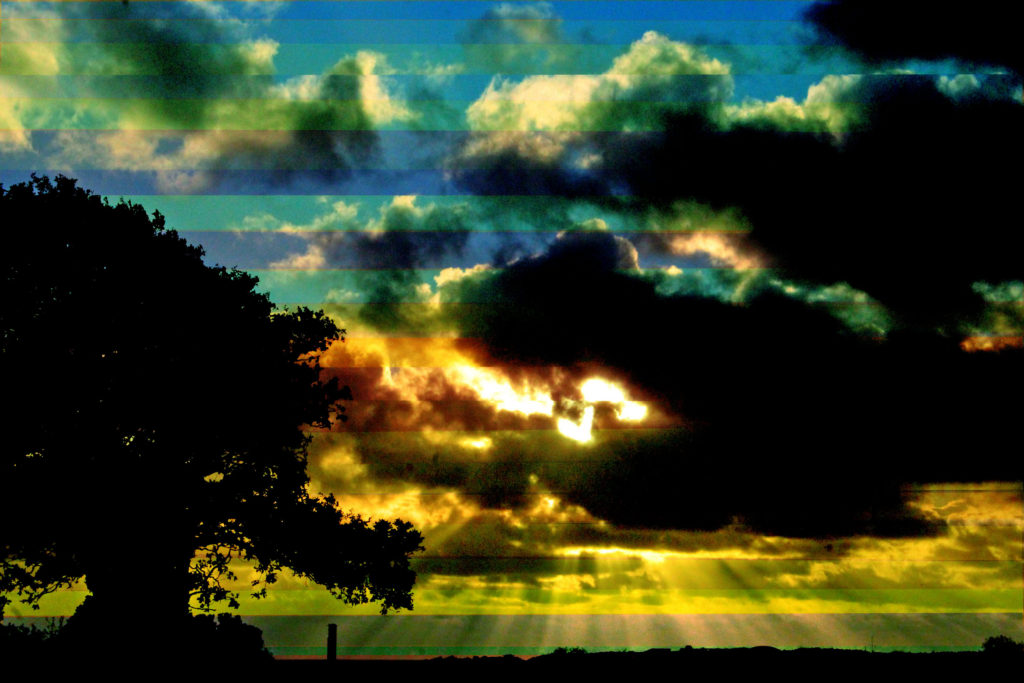
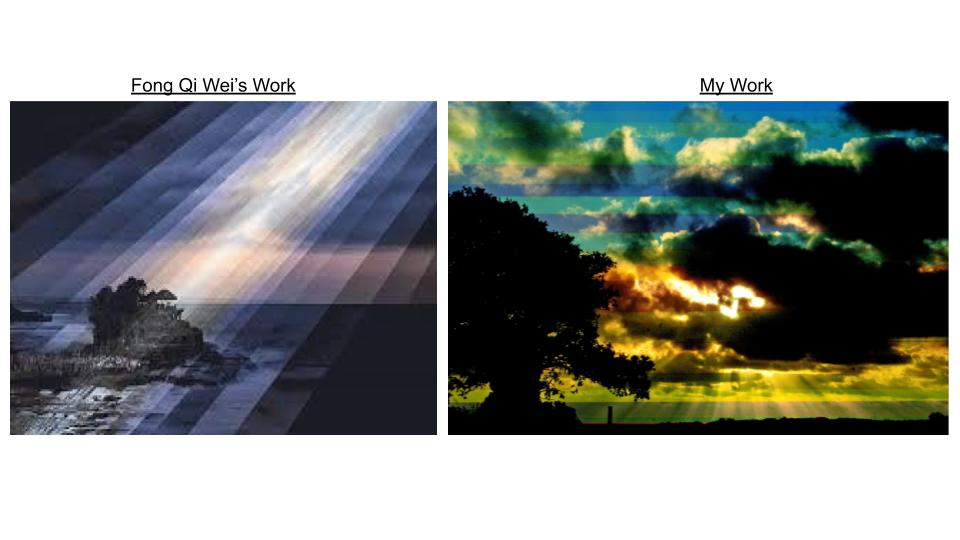
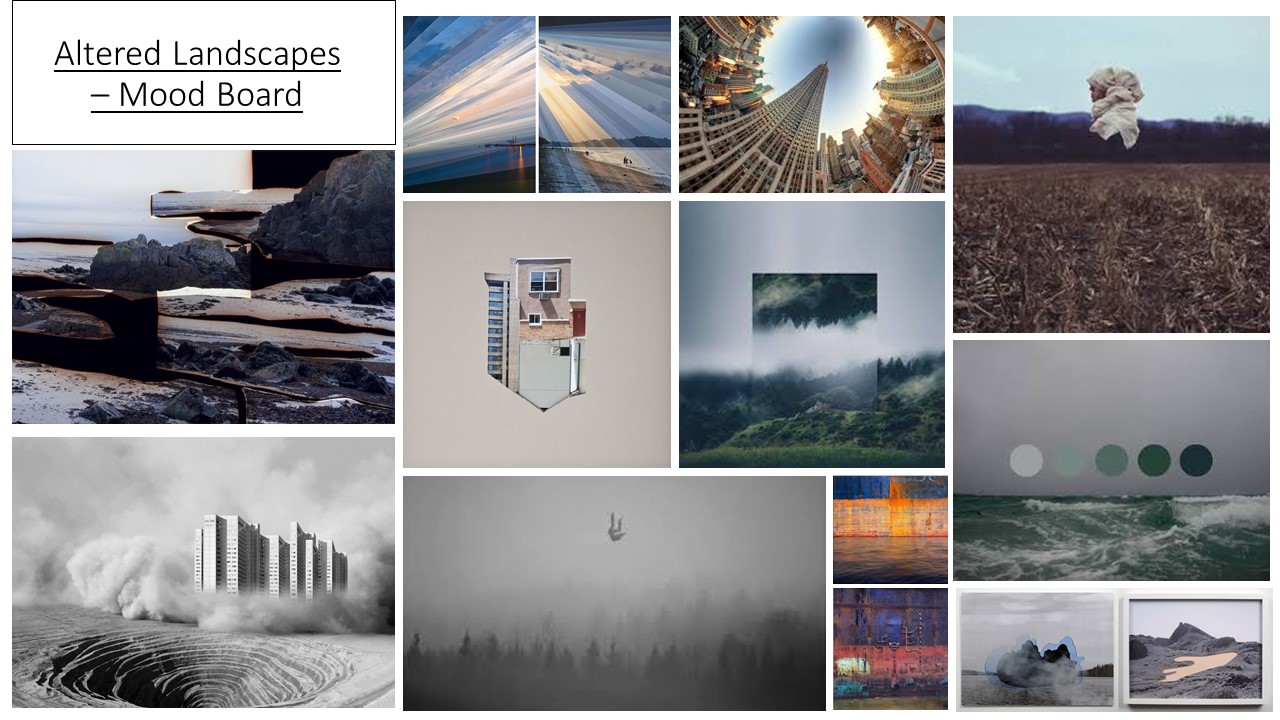
Altered Landscape Research –
First being popularized via The Nevada Museum of Art in the early 1990’s which had a section directly focused on ‘new’, contemporary landscape photography. Nearly two decades later, the Altered Landscape collection which the museum holds is over 600; it’s largest landscape photography ‘sub-genre’.
During it’s early days, the ‘Altered Landscape’ genre was heavily focused on natural landscapes and the beauty it presents with photographers such as Ansel Adams and Edward Weston leading the ideas and type of connotations landscapes/ their images conveyed. However, during the mid 70’s the Altered Landscape style of photography changed dramatically due to it’s newer influencers such as Bernd and Hilla Becher. This new style of photography focused on landscapes and the effect man-made structures, such as caravans, had on it’s appearance and meaning.
In some ways, modern day Altered Landscape photography acts as a visual source of history combining both old – landscapes and new – houses, buildings, gas stations; conveying quite an emotional feeling towards viewers, forcing them to ask questions like – ‘Is this for the best?’ or ‘Are we ruining our planet?’.
From my research on some artists and altered landscape images, I would say that by under-exposing the images the actual landscapes are even more highlighted due to the emphasis on things such as texture and shadows. This also allows the landscape to be the main focus of the image as no ‘blinding’ light or colours ‘distract’ the viewer from the actual image.
Artist Research –

Photoshoots –



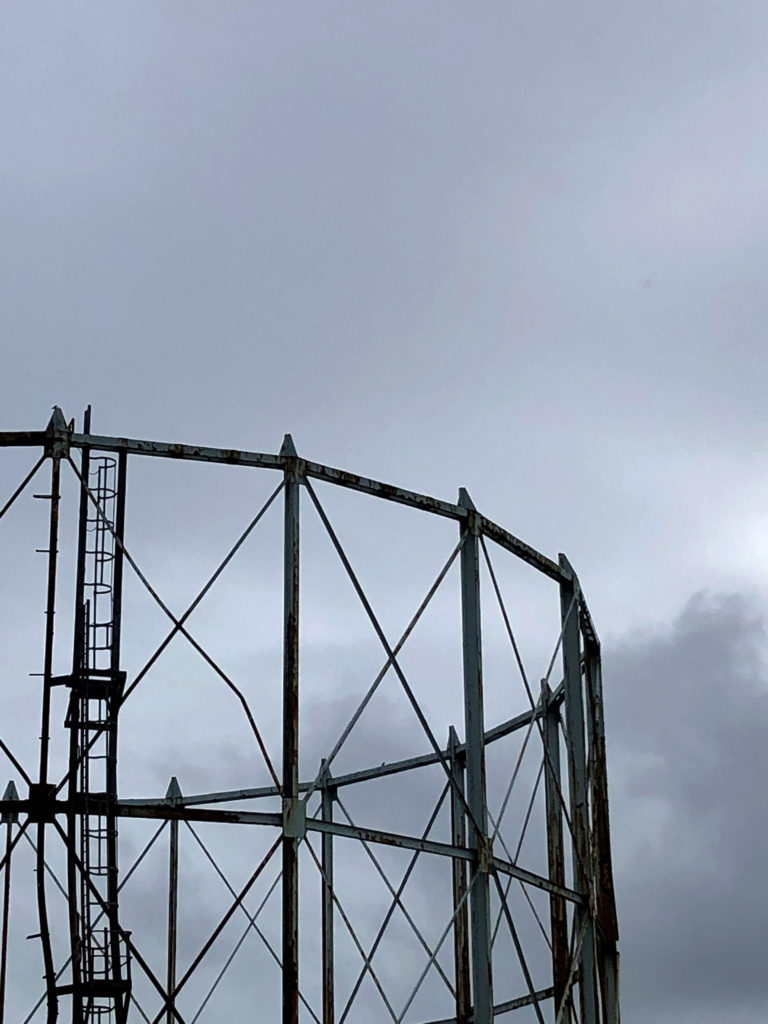
Stephanie Jung Inspired –


Fong Qi Wei Inspired –

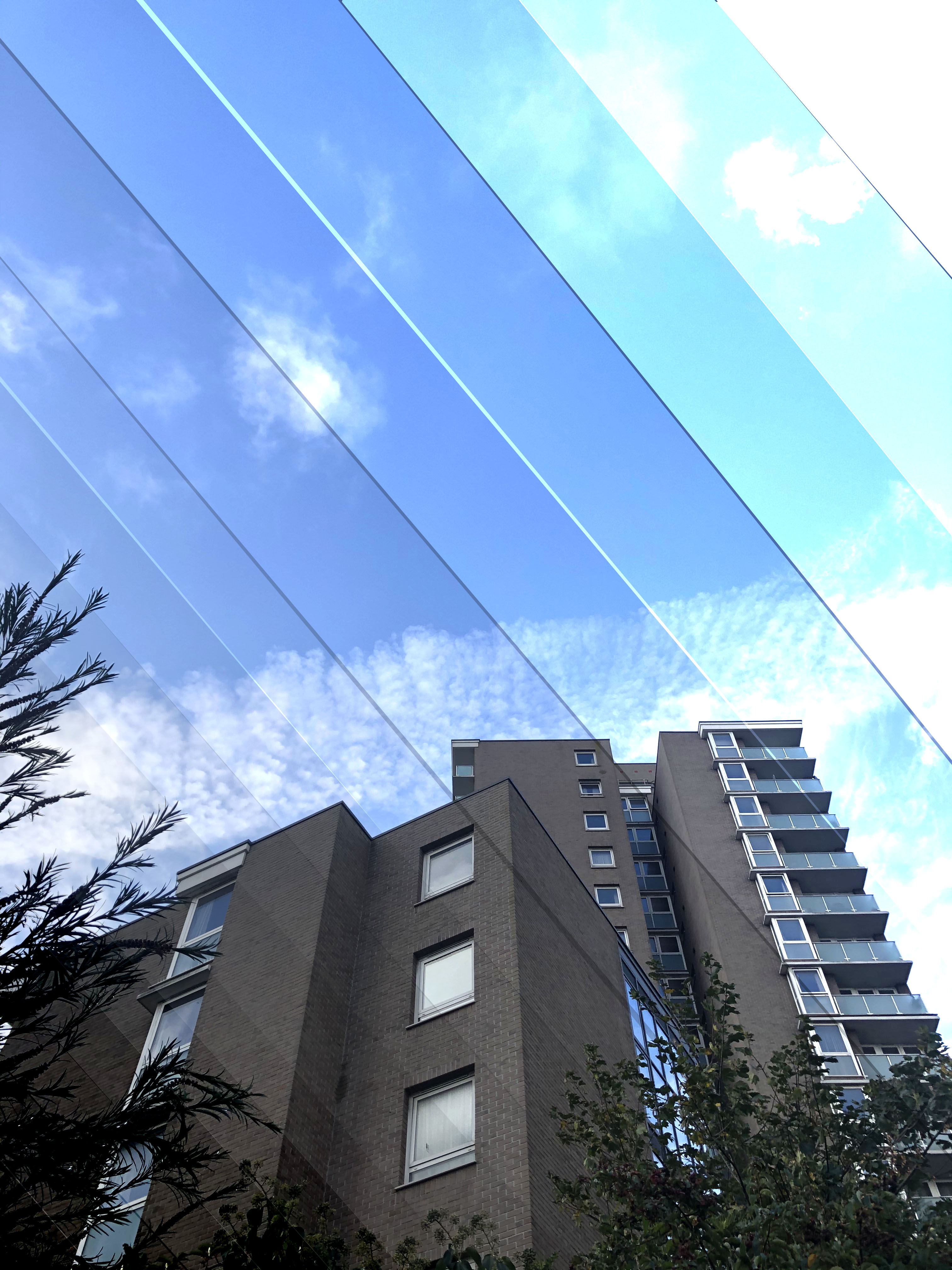
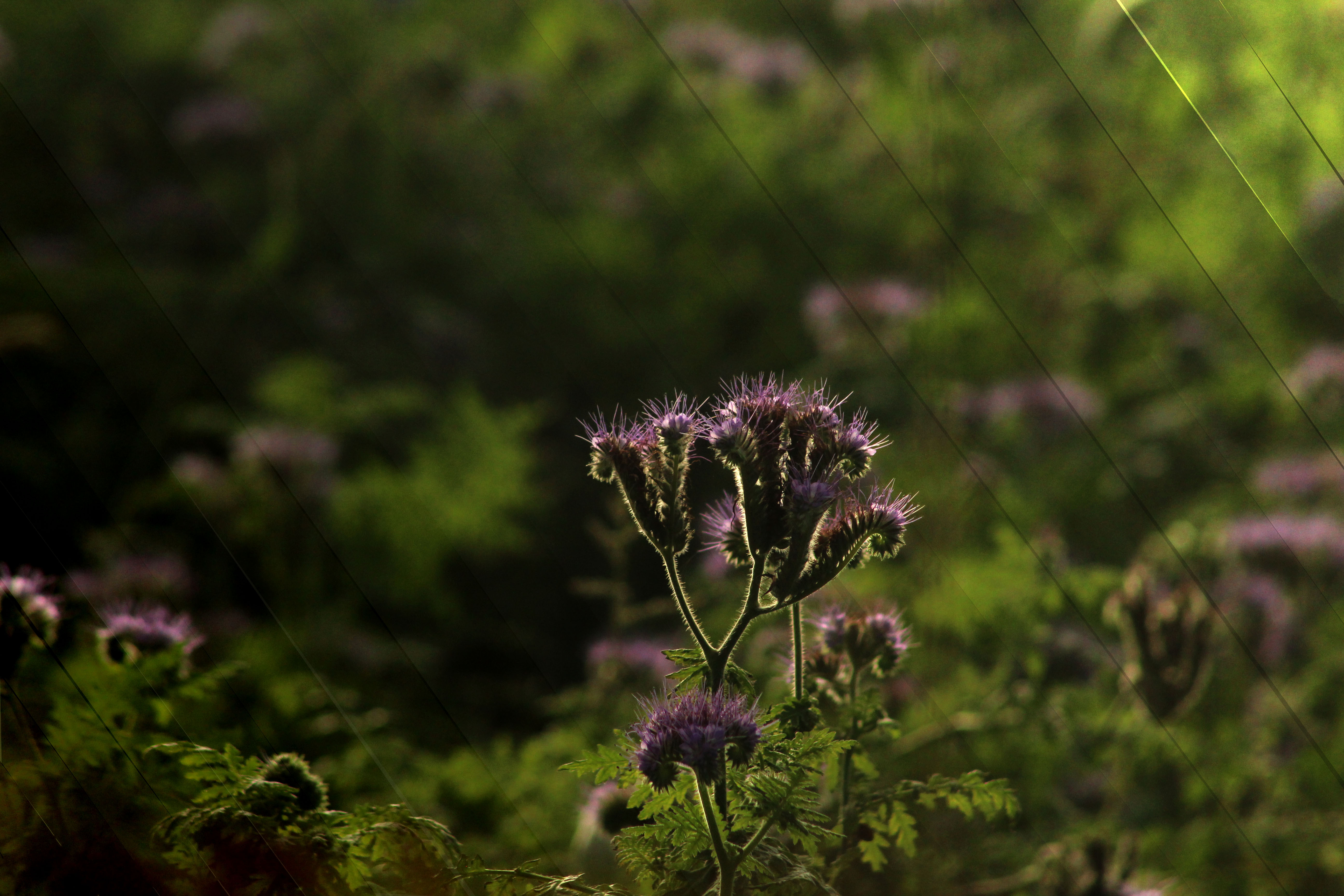
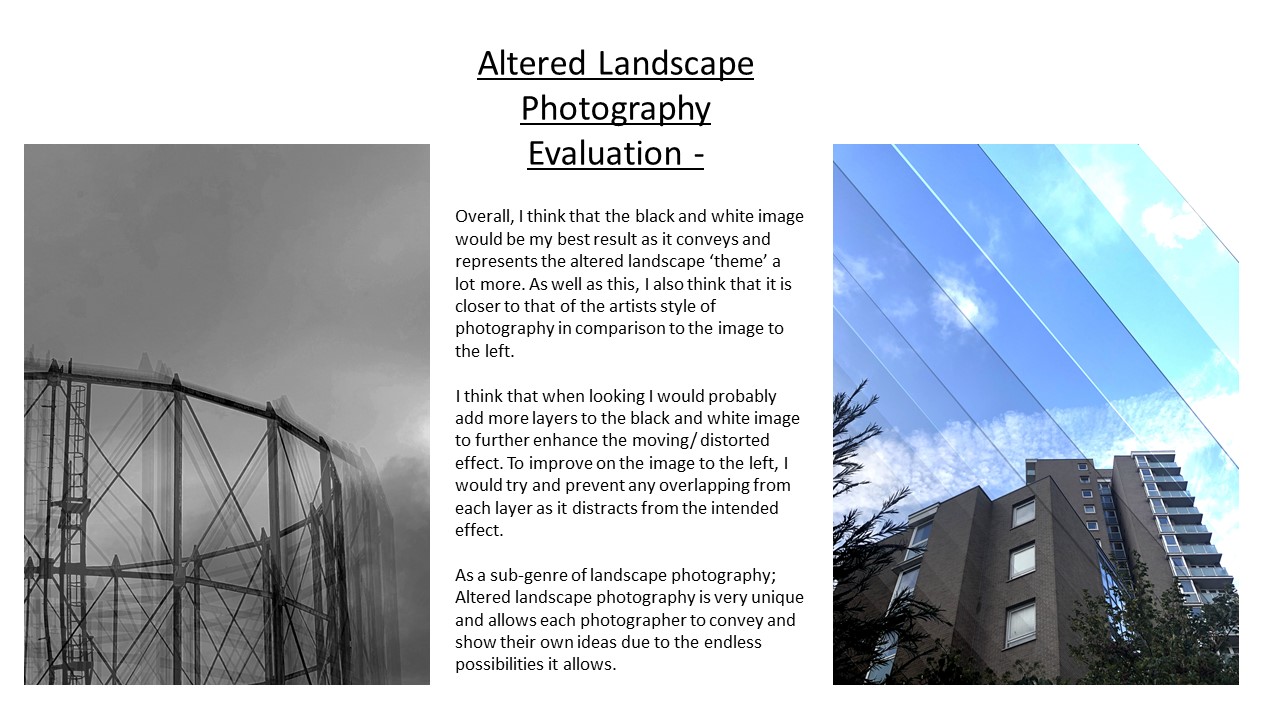
Keld Helmer-Petersen was a Danish photographer who was inspired and influenced by Albert Renger-Patzsch, the experiments at The Bauhaus in Germany and by Harry Callahan and Aaron Siskind at the Art Institute of Chicago. Helmer Petersen achieved fame for his coloured photography but he also published several books of black and white images that consist of dramatic contrasts. All mid tones have been removed in his black and white images. He created these images using both cameras and flat bed scanners to achieve the effect of pure black and white photos.
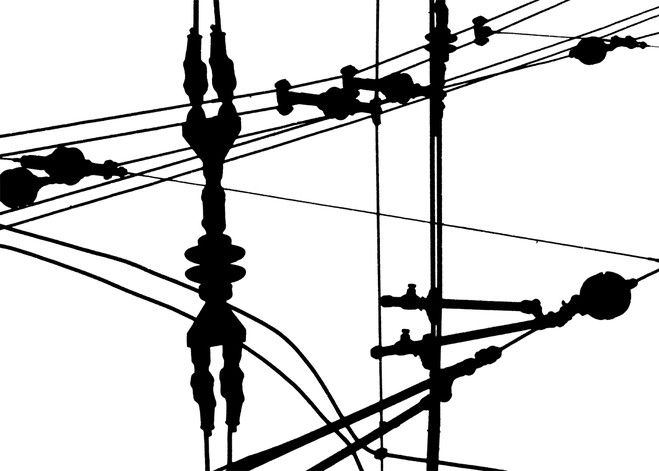
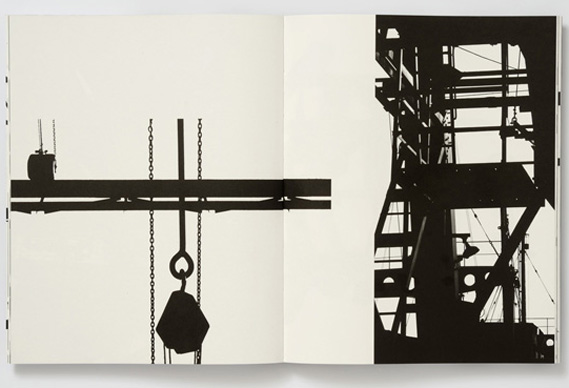
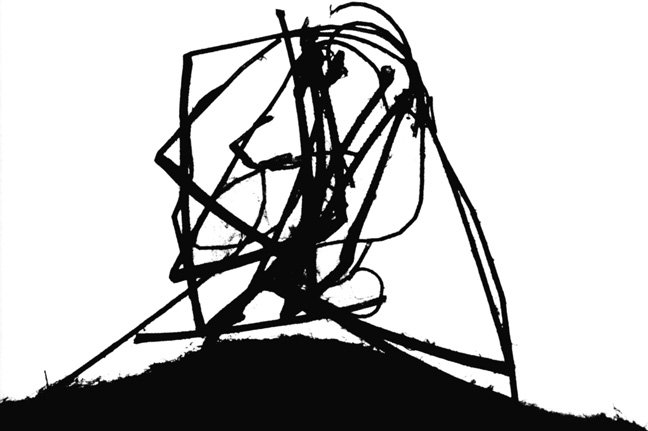
Urban
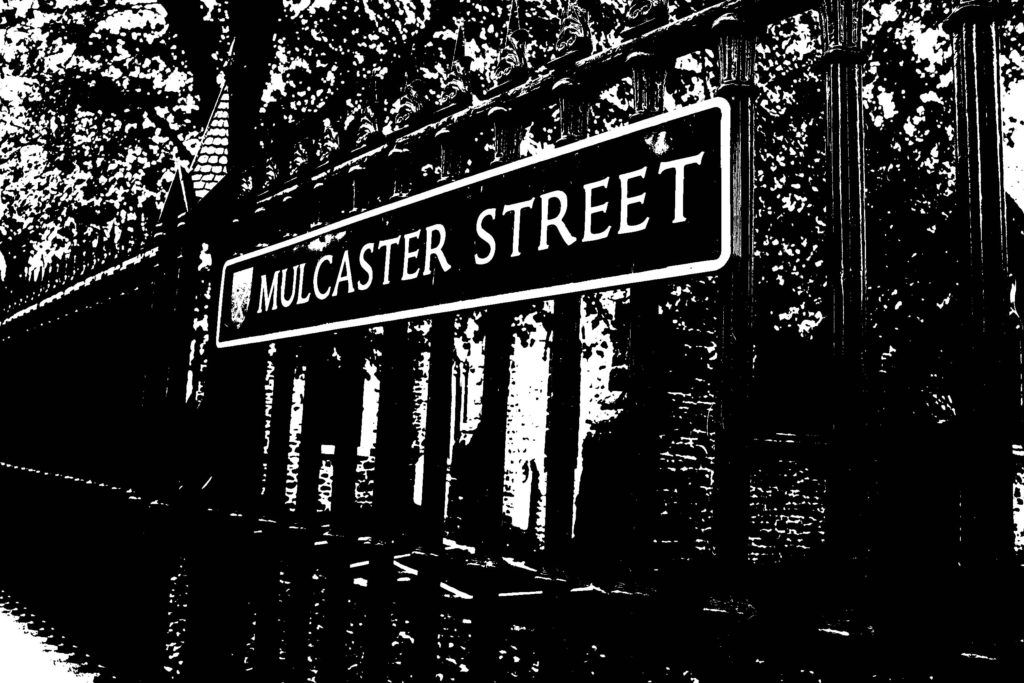
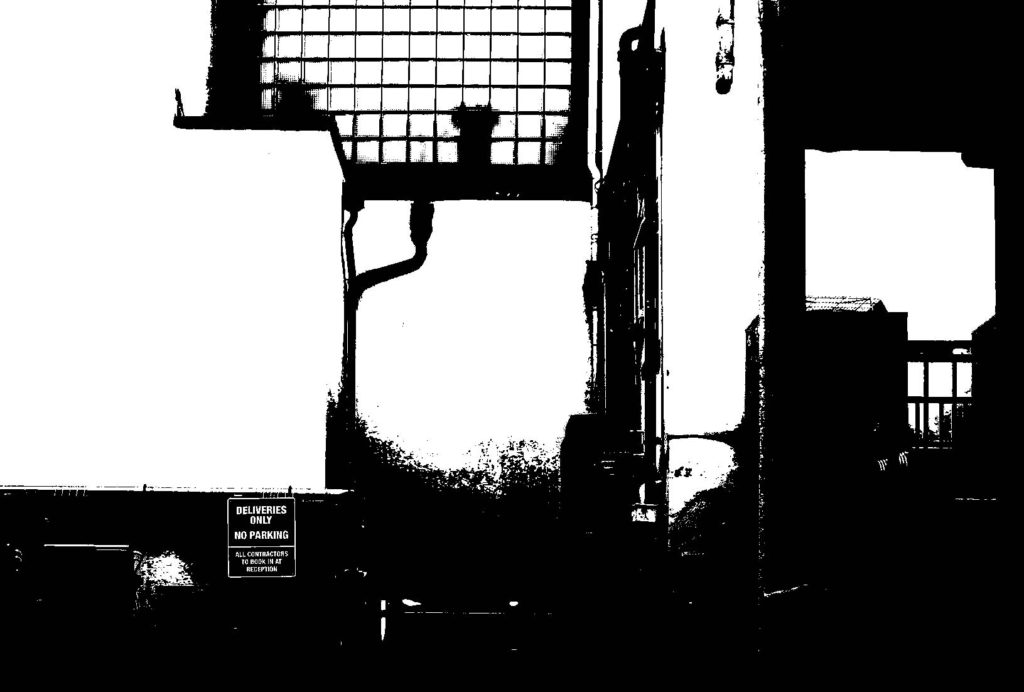

Natural
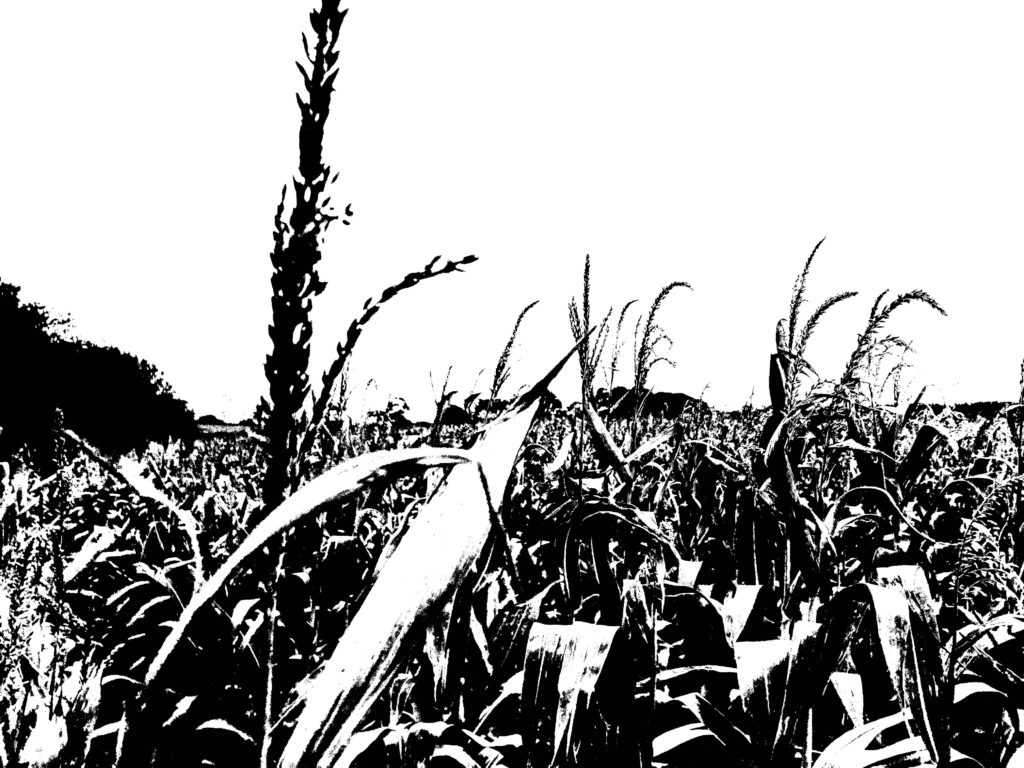
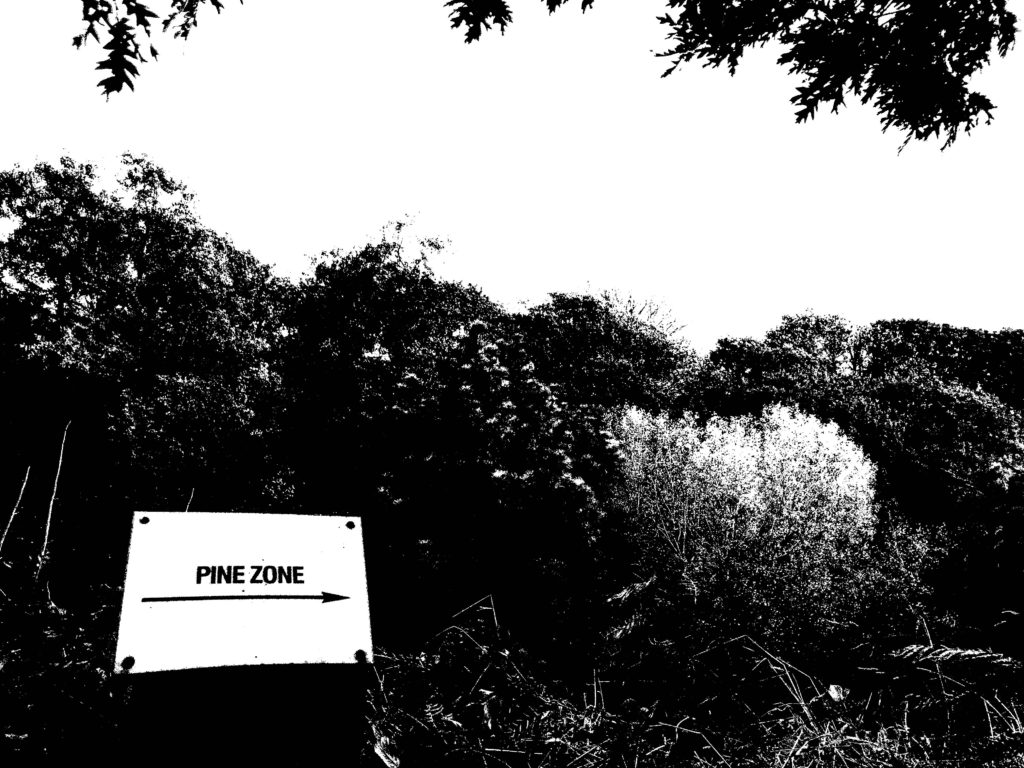
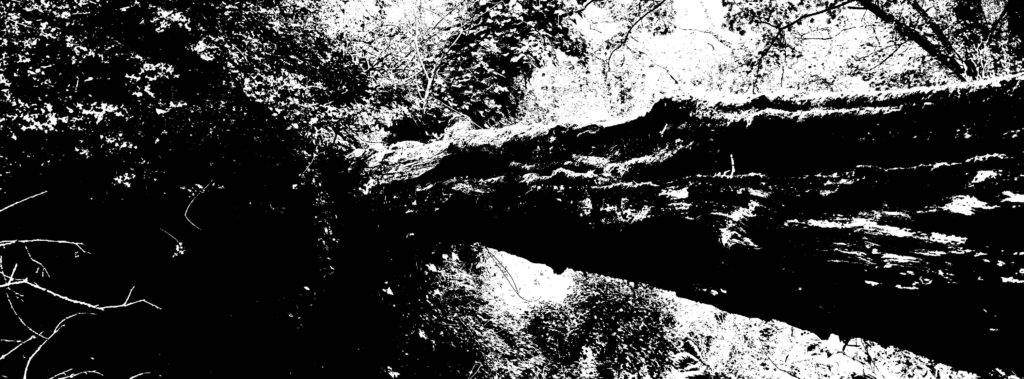
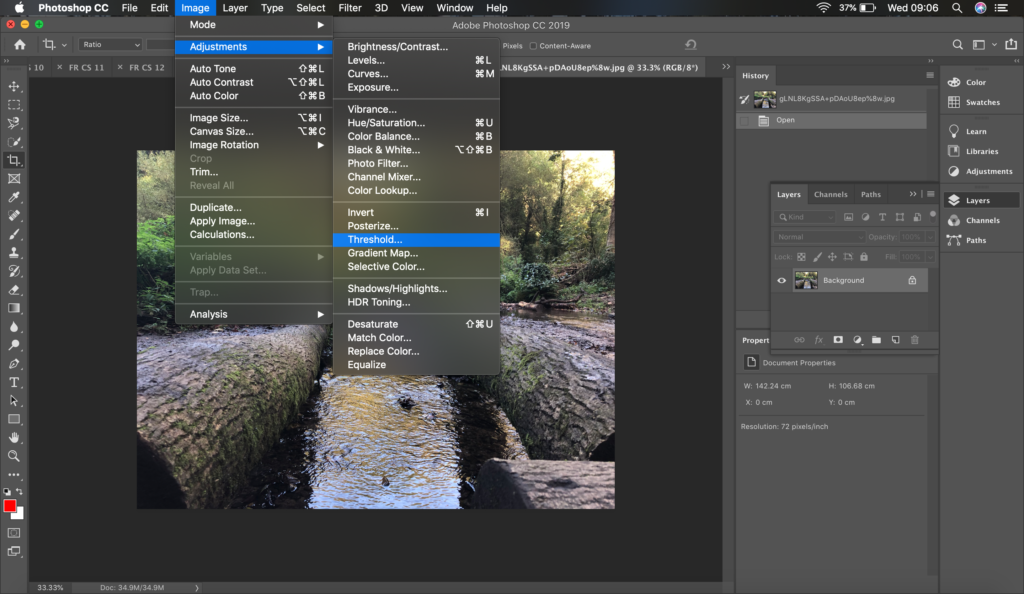
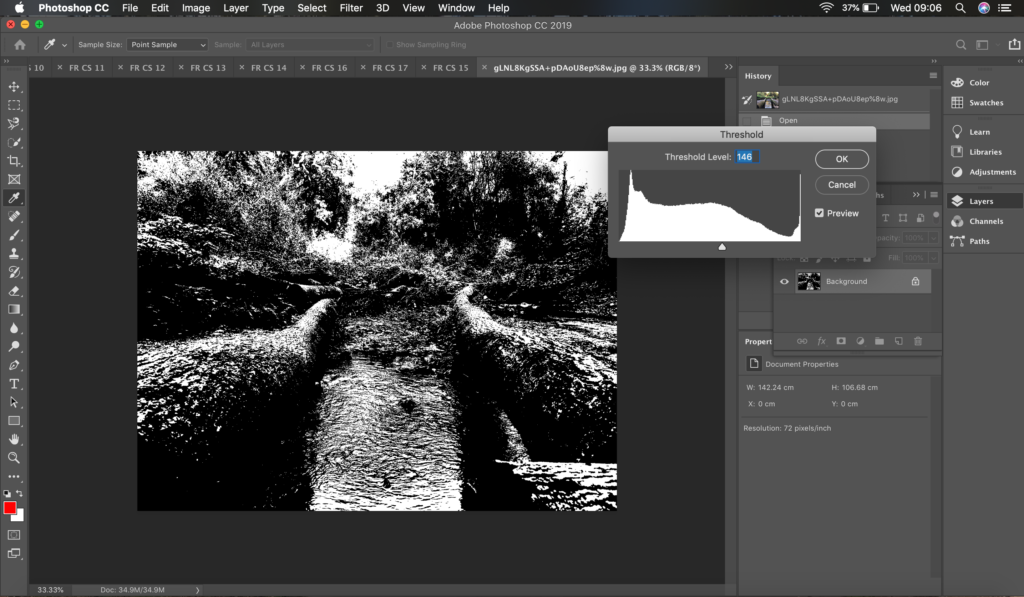
I took a variety of different photos and different angles around the outskirts of Fort Regent. I changed the exposure for some of the photos (exposure bracketing) to see how to the contrast/tonal values changed. I’ve selected my favourite images and decided which ones I won’t use.
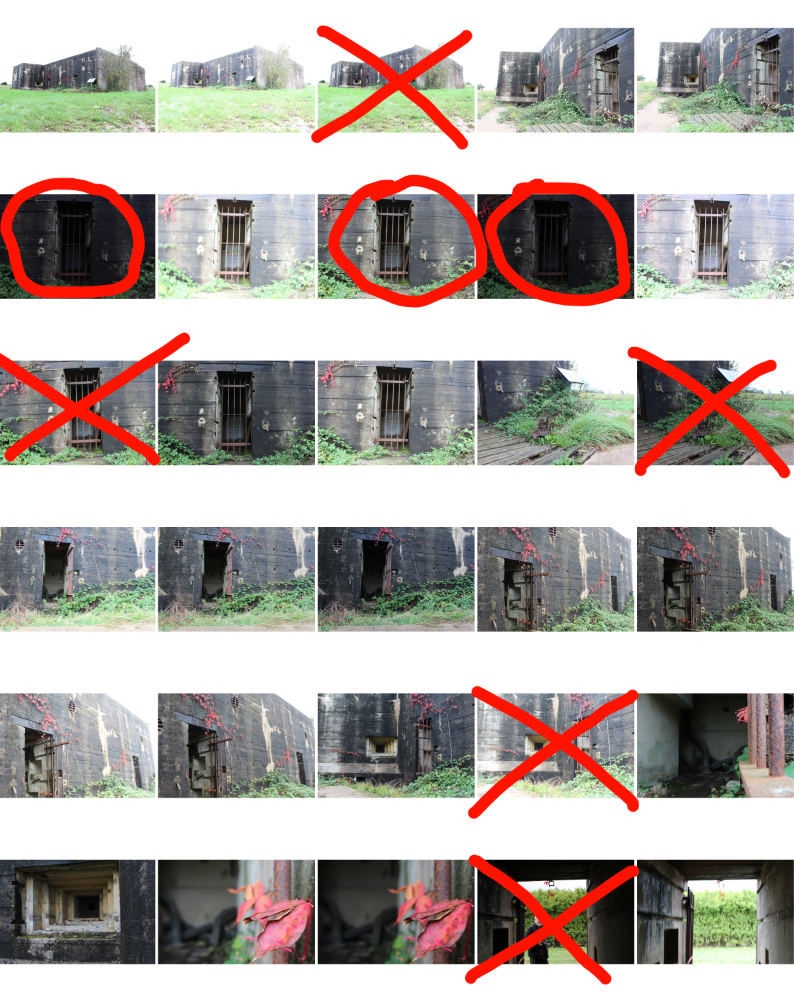
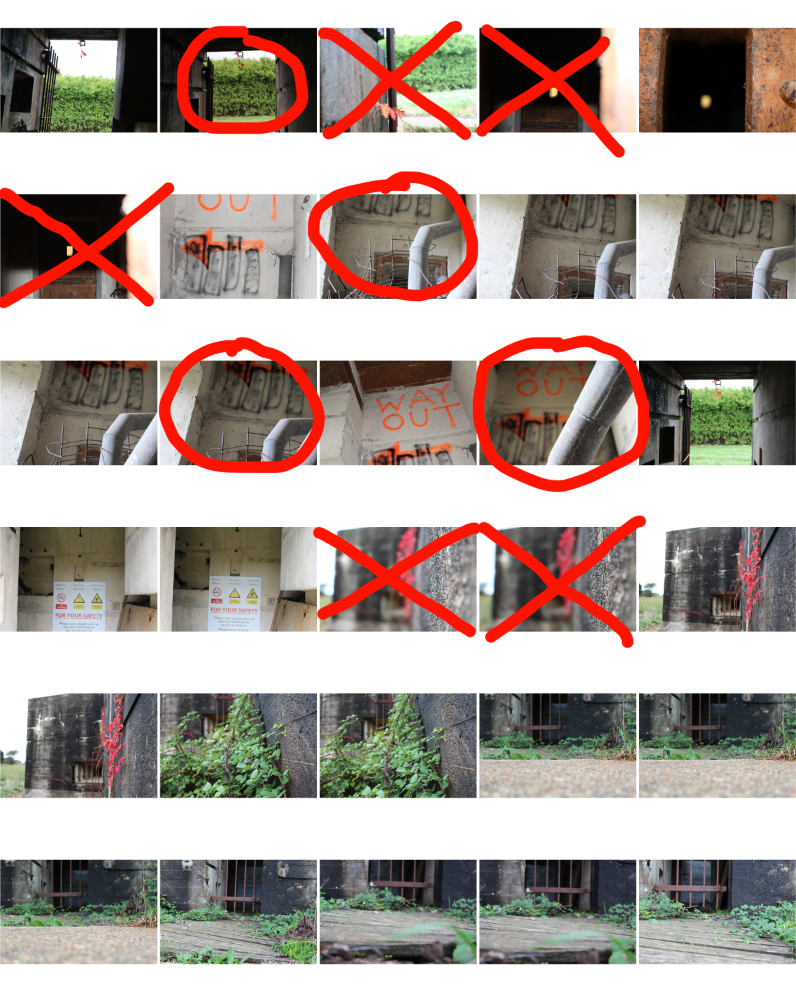
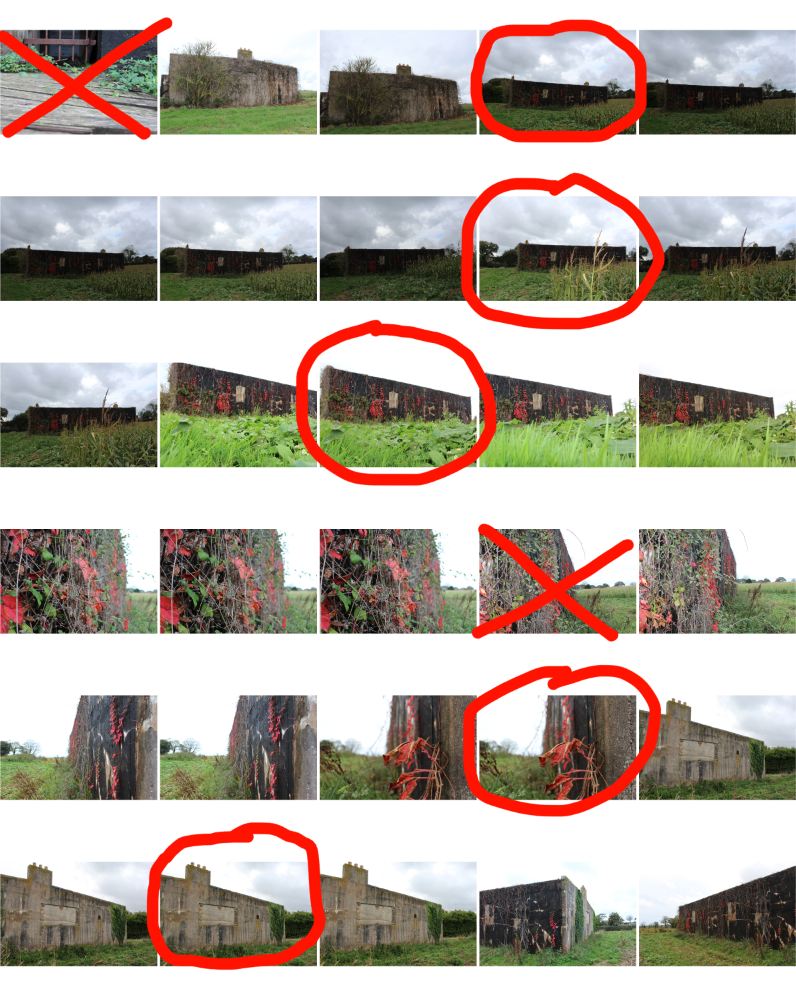
I picked these images because each of them are different from each other and have something unique about them whether it’s the angle they’ve been taken from, the lighting or the scenery/ individual buildings. Each photo has something that the eye is automatically drawn to and they each have a main focus. Some things to point out about the uniqueness of some of the photo are: the different depths of field and the vibrancy of the images.
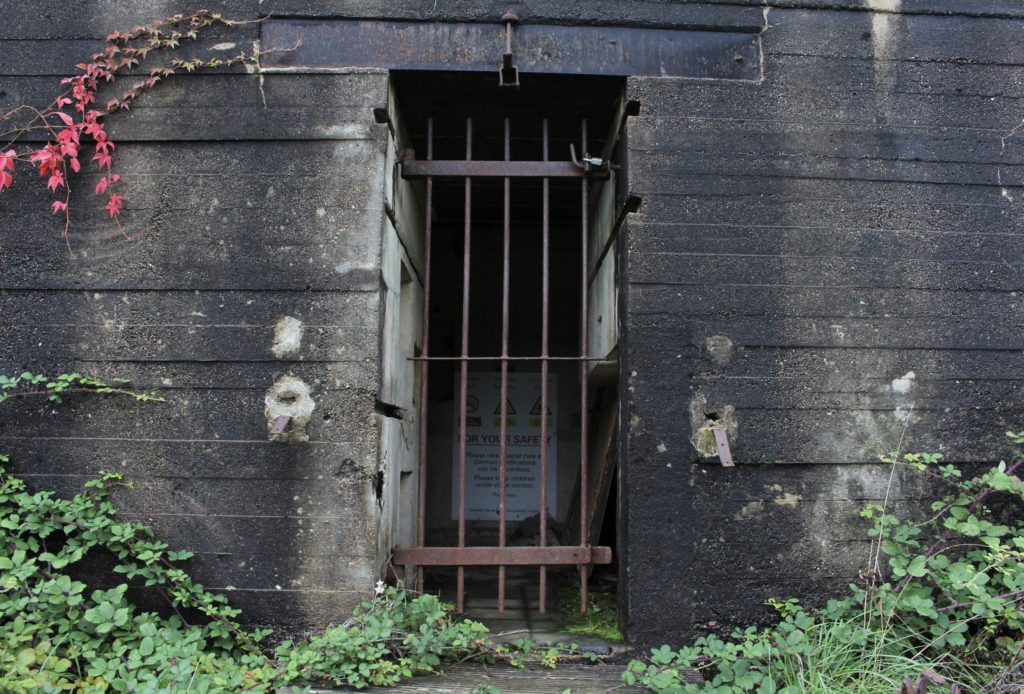
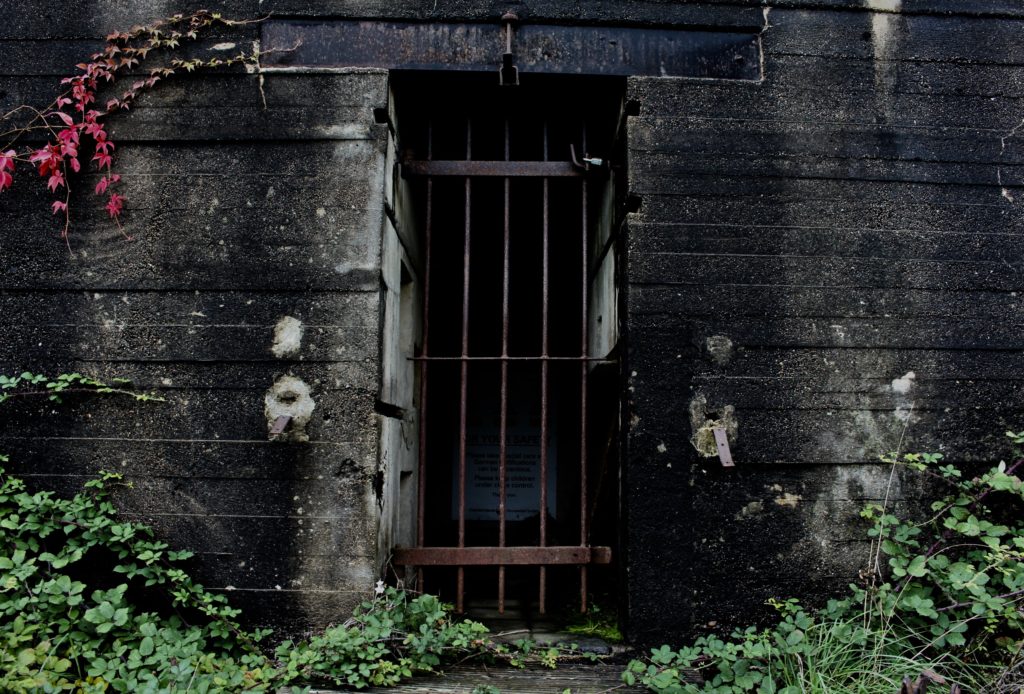
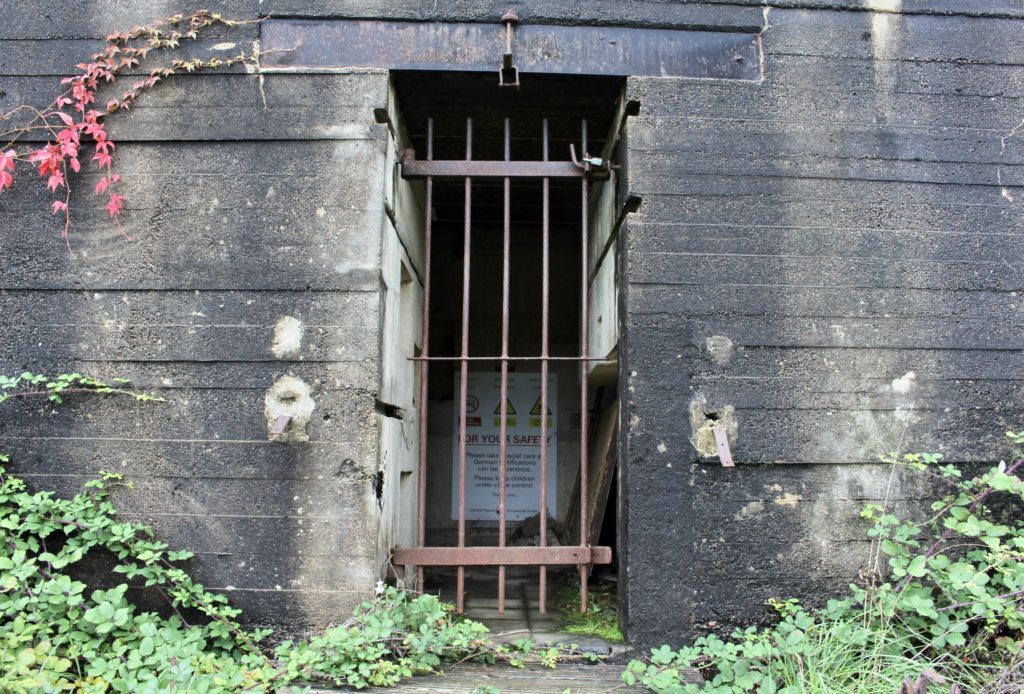
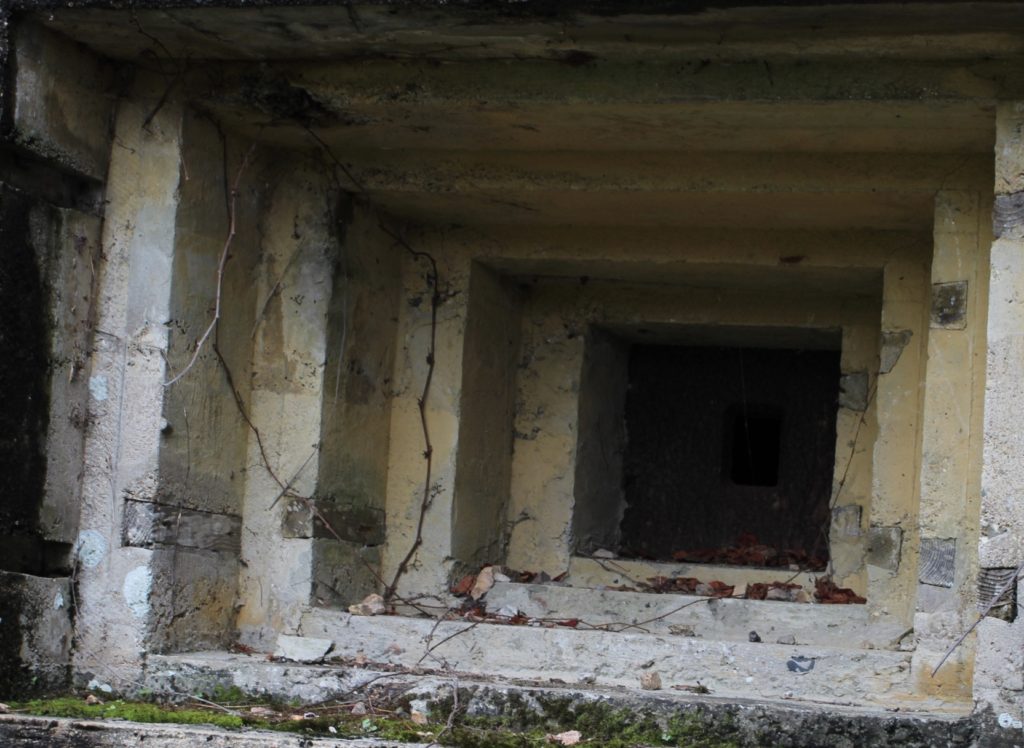
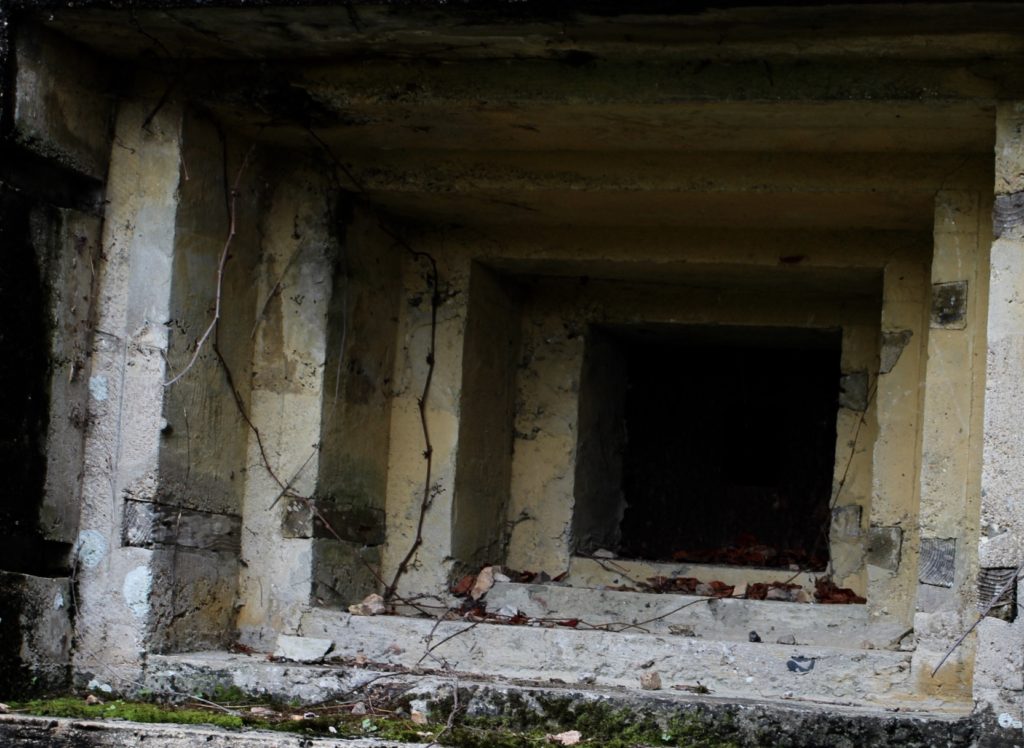
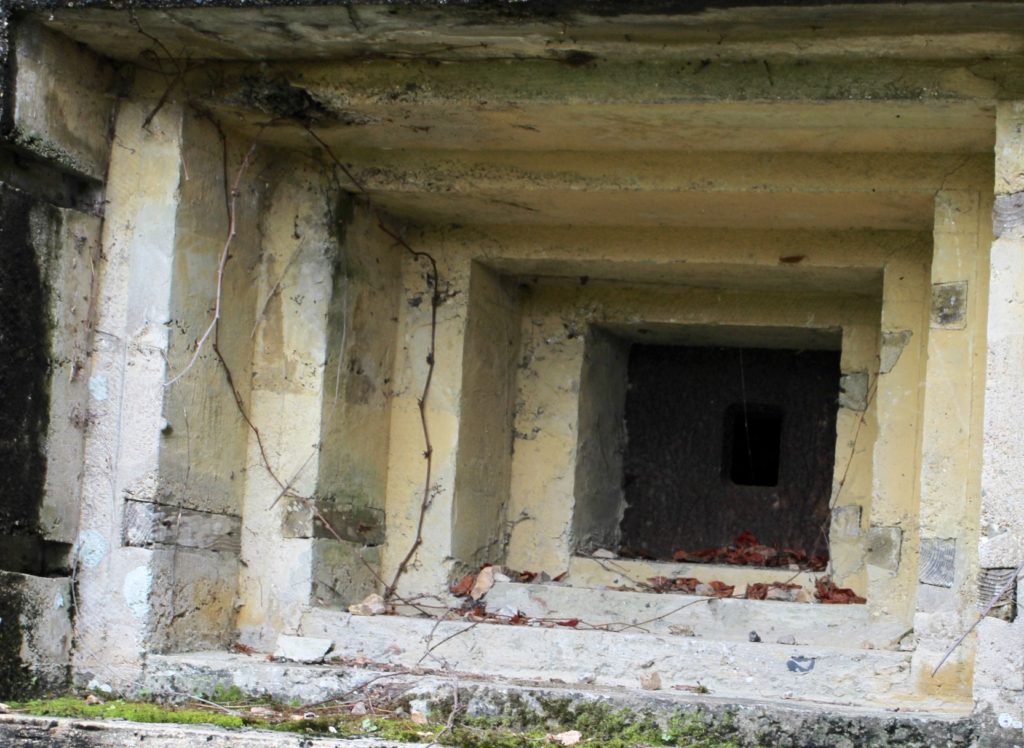
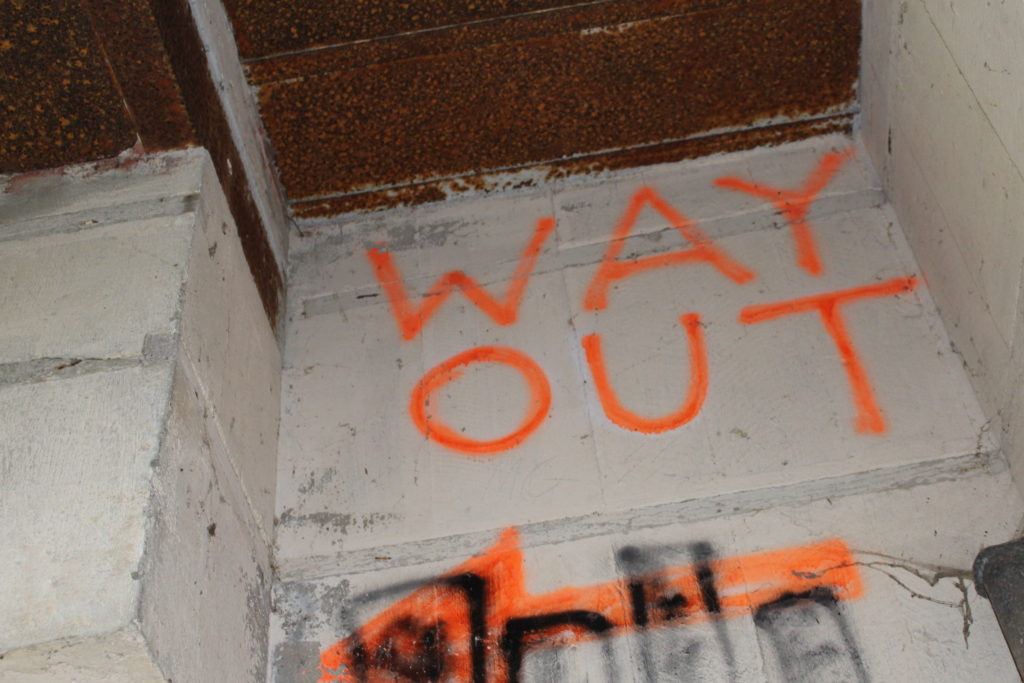
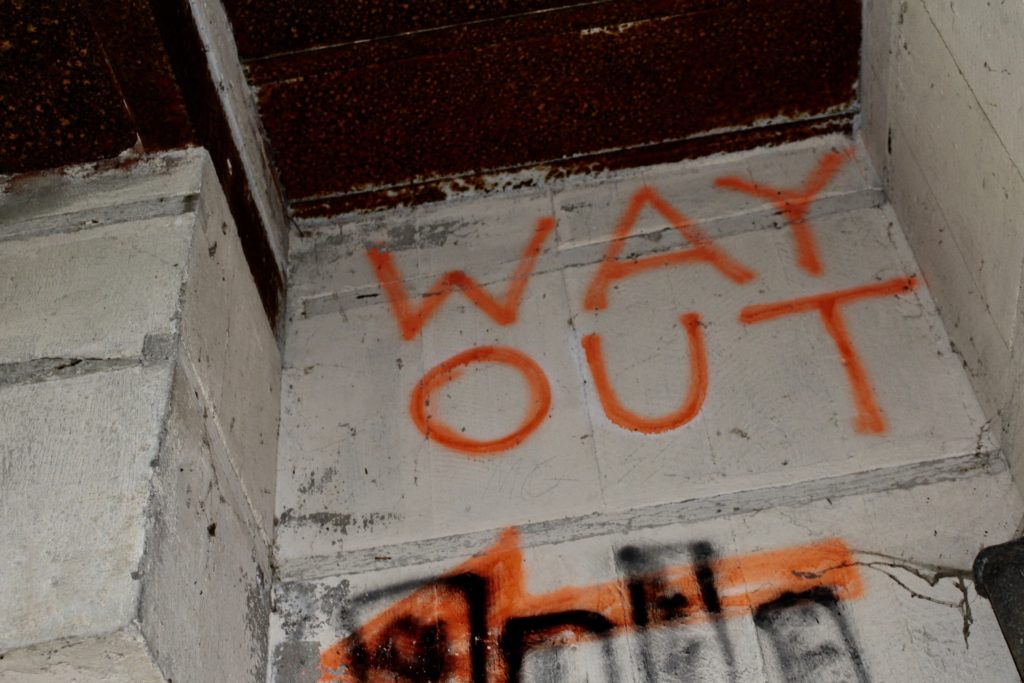
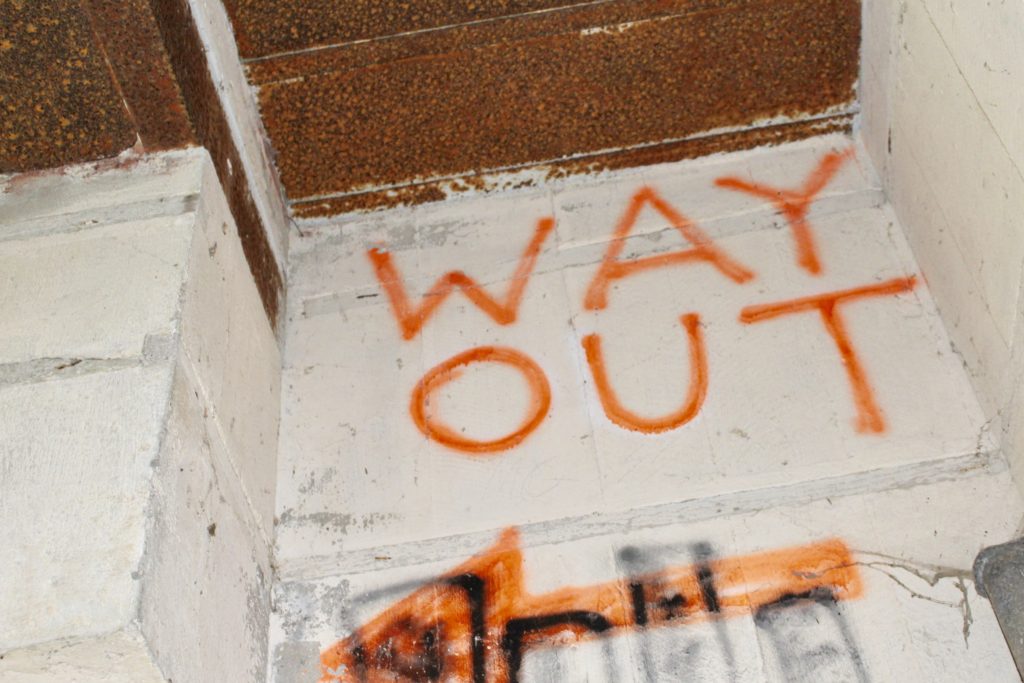
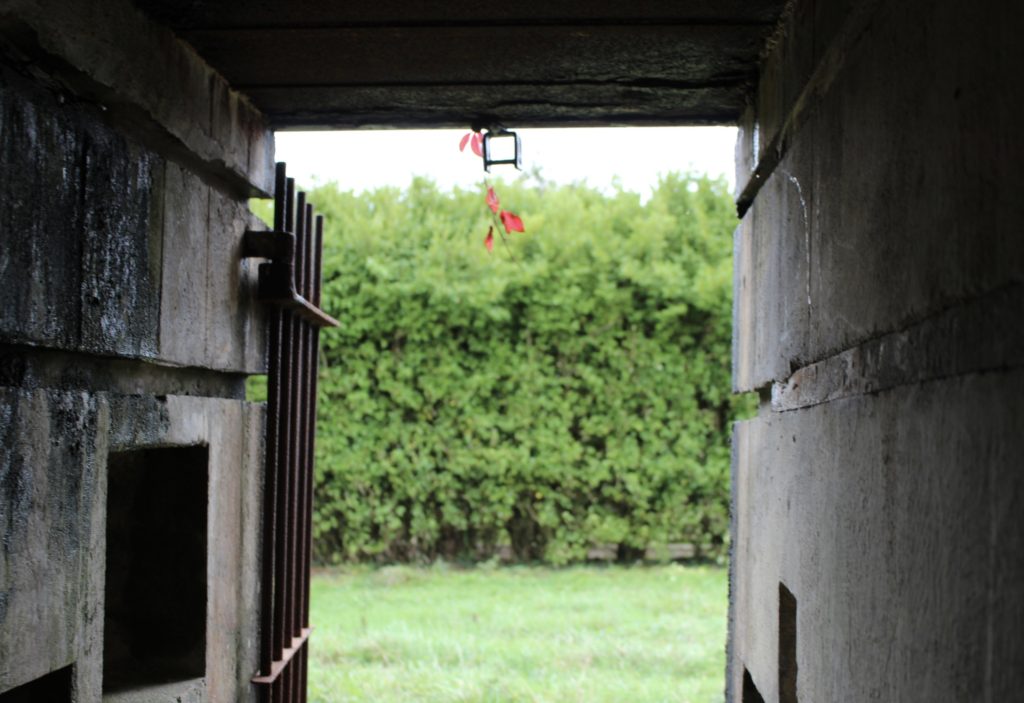
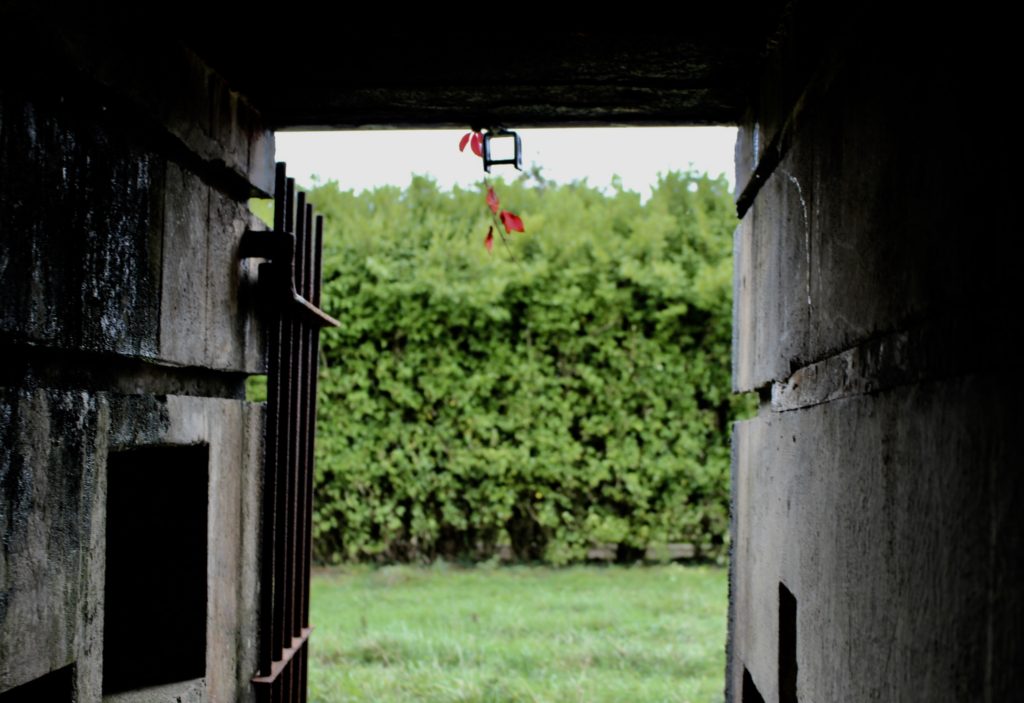
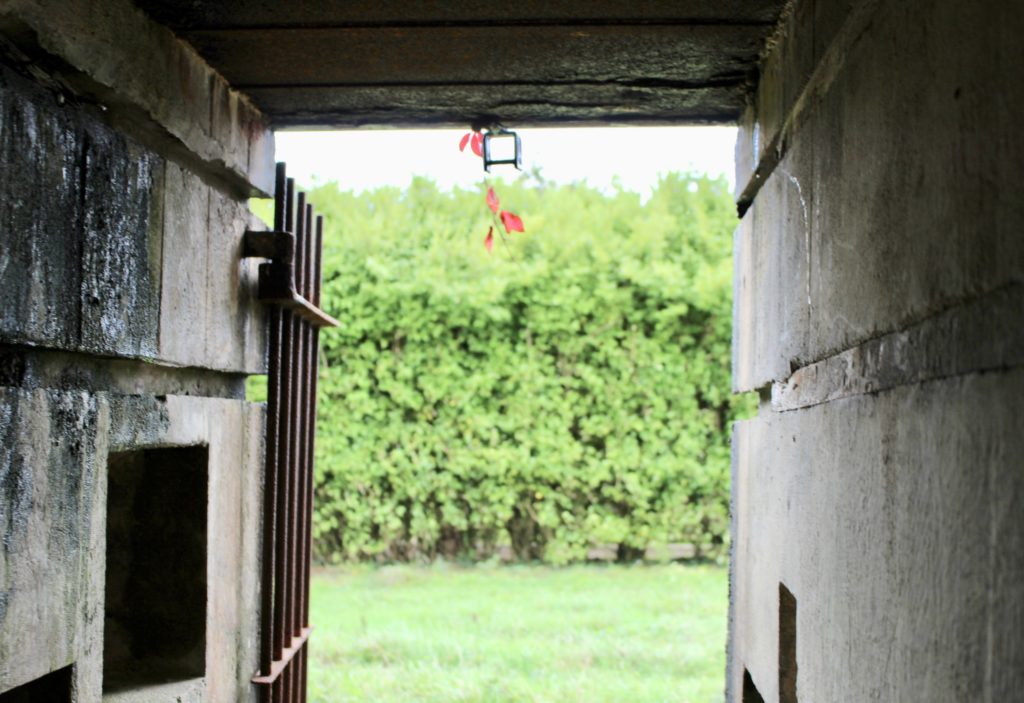
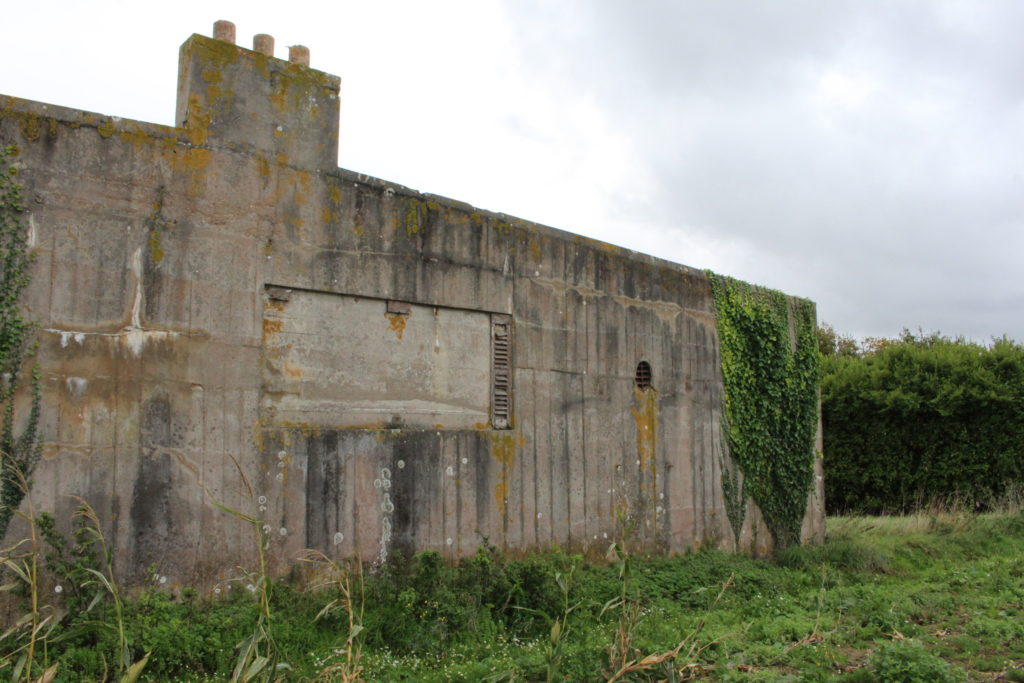
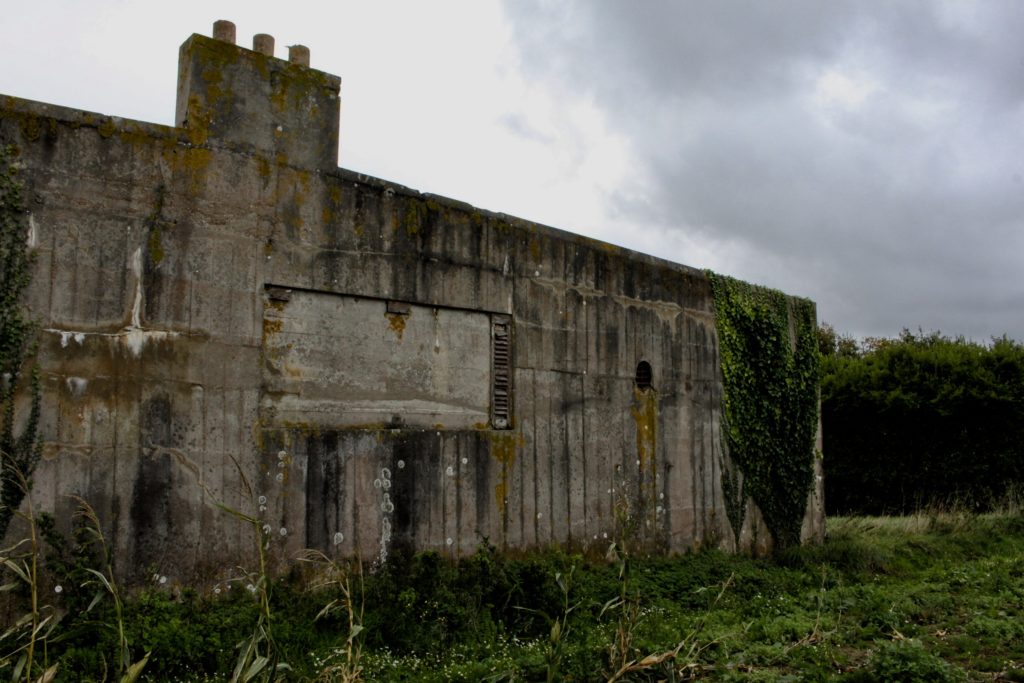
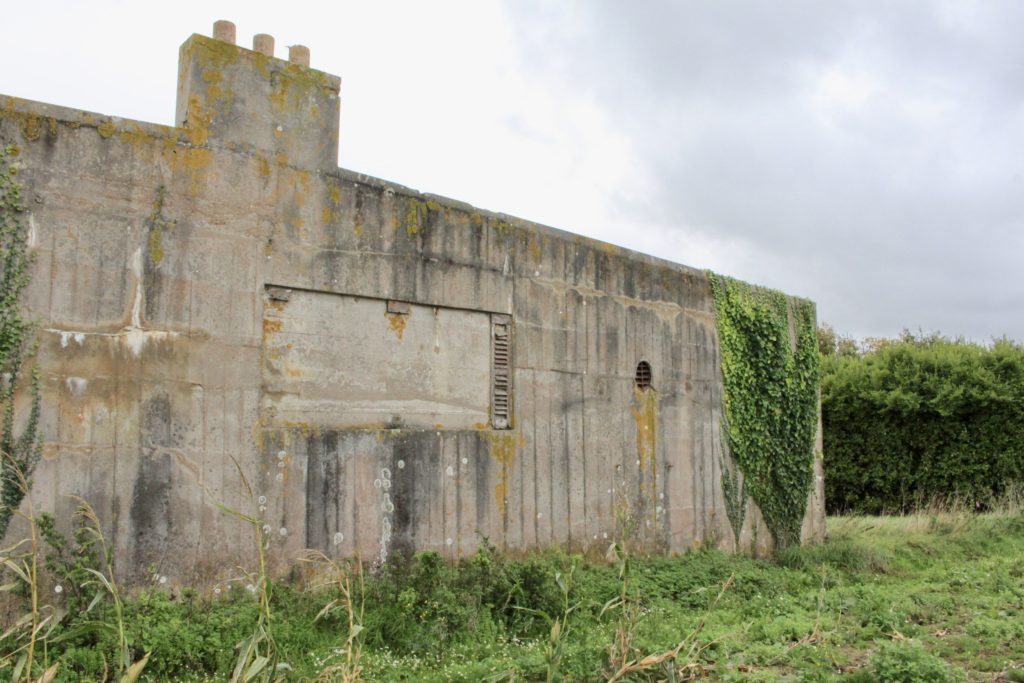
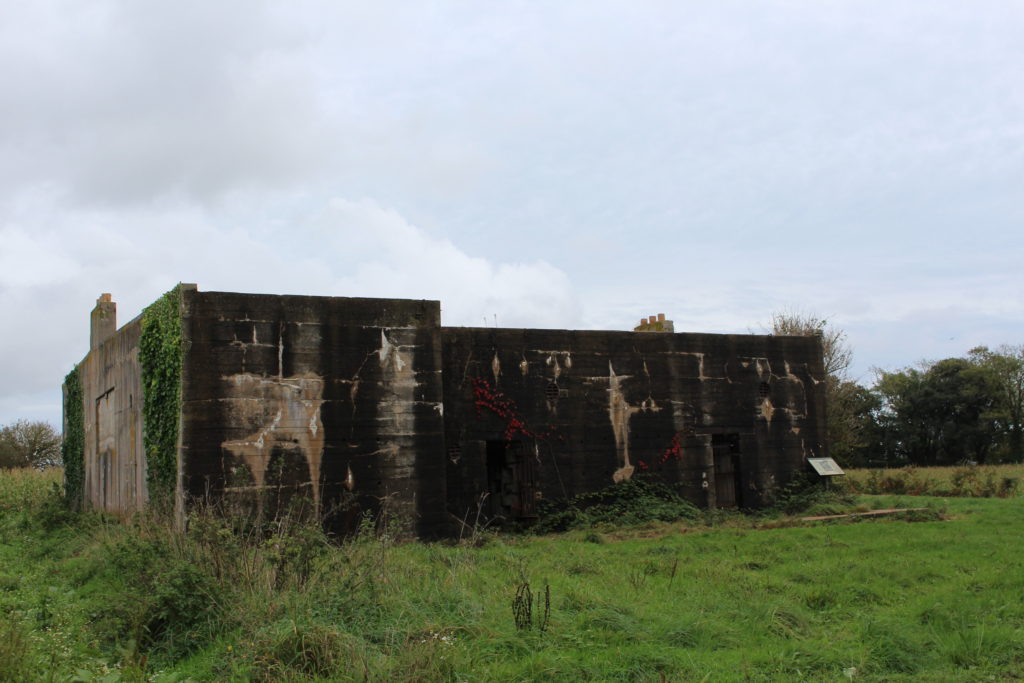
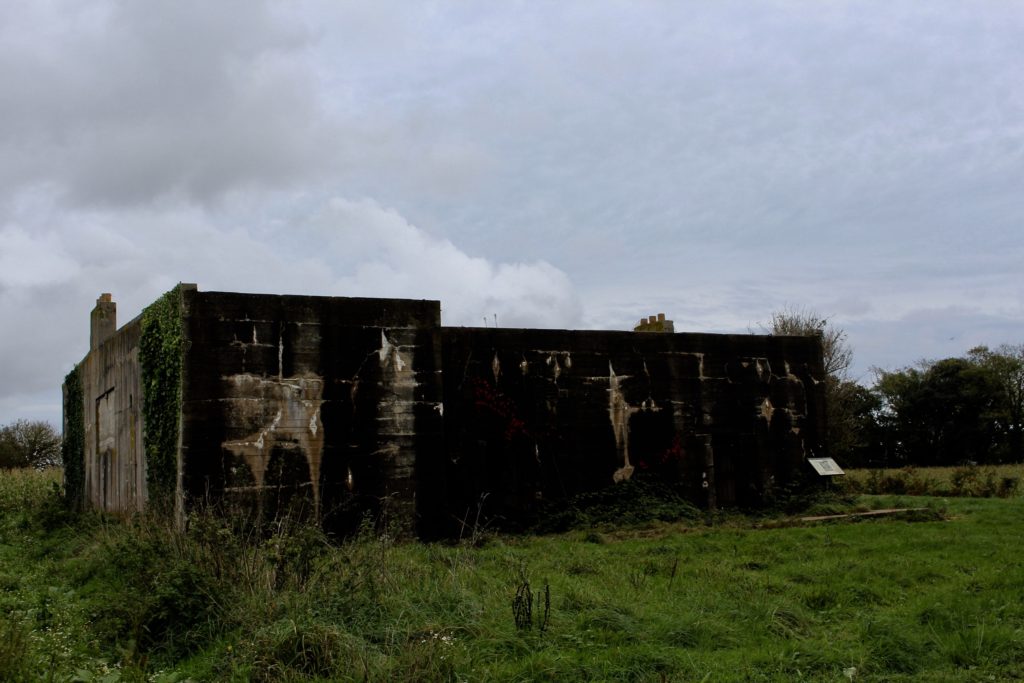
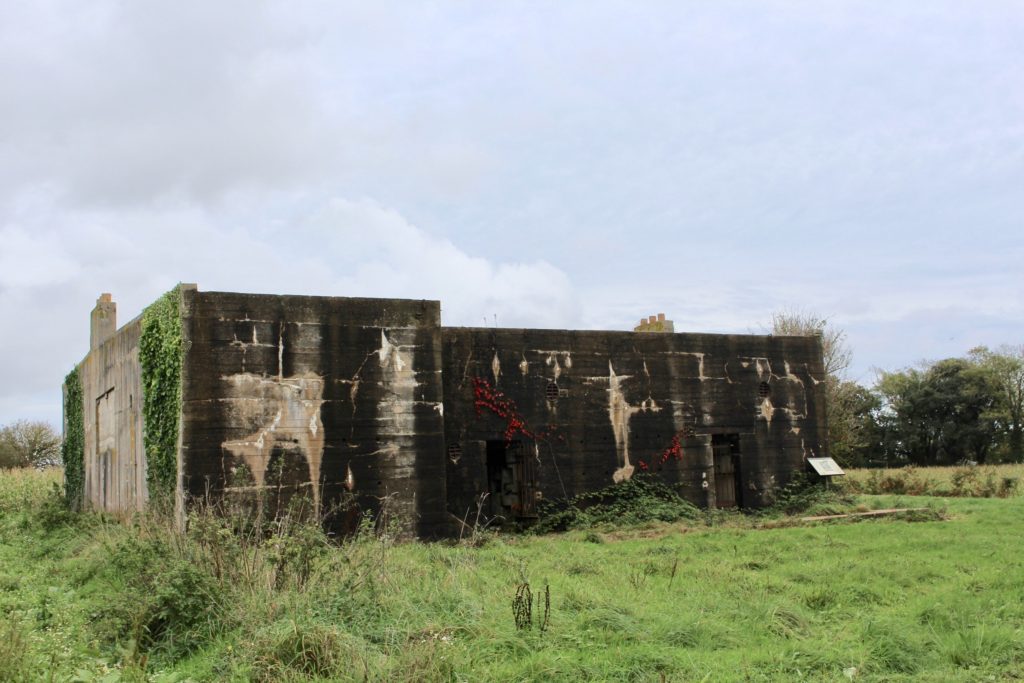
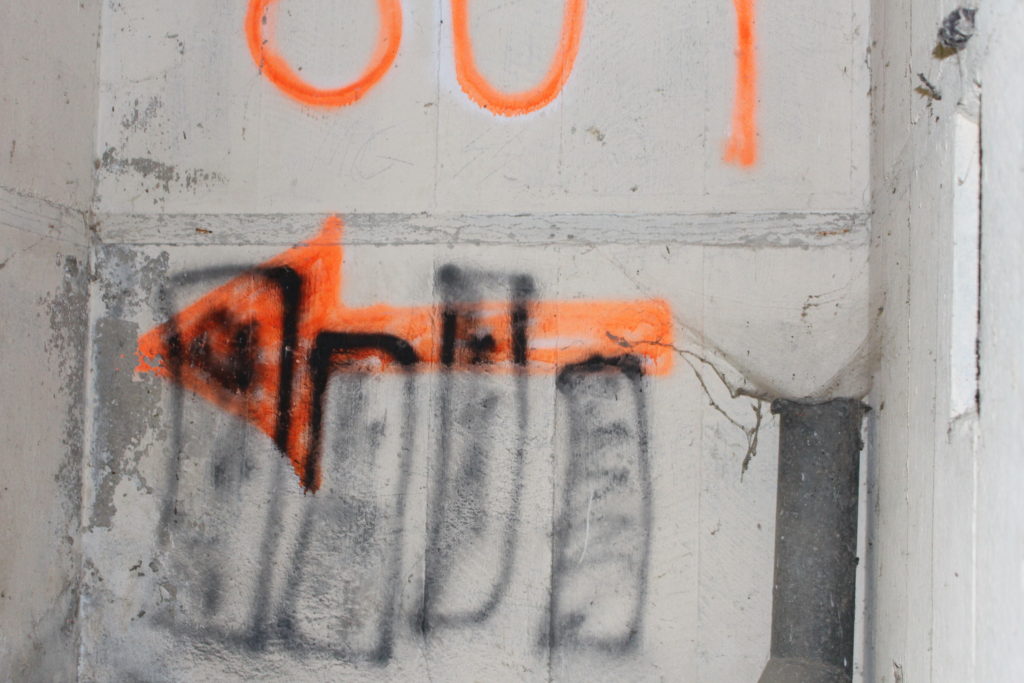
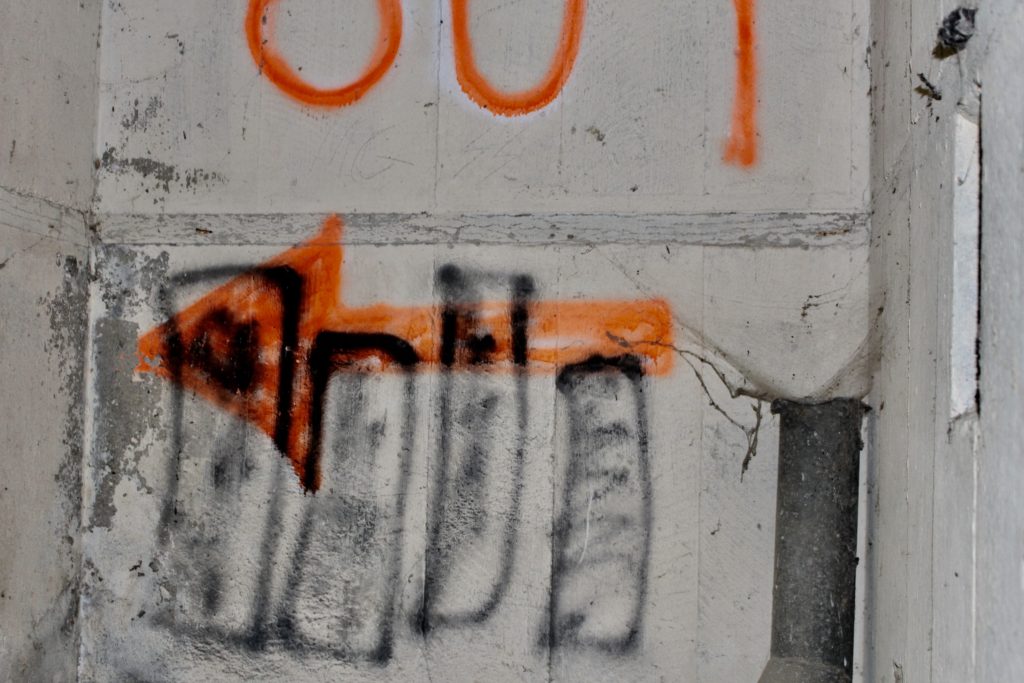
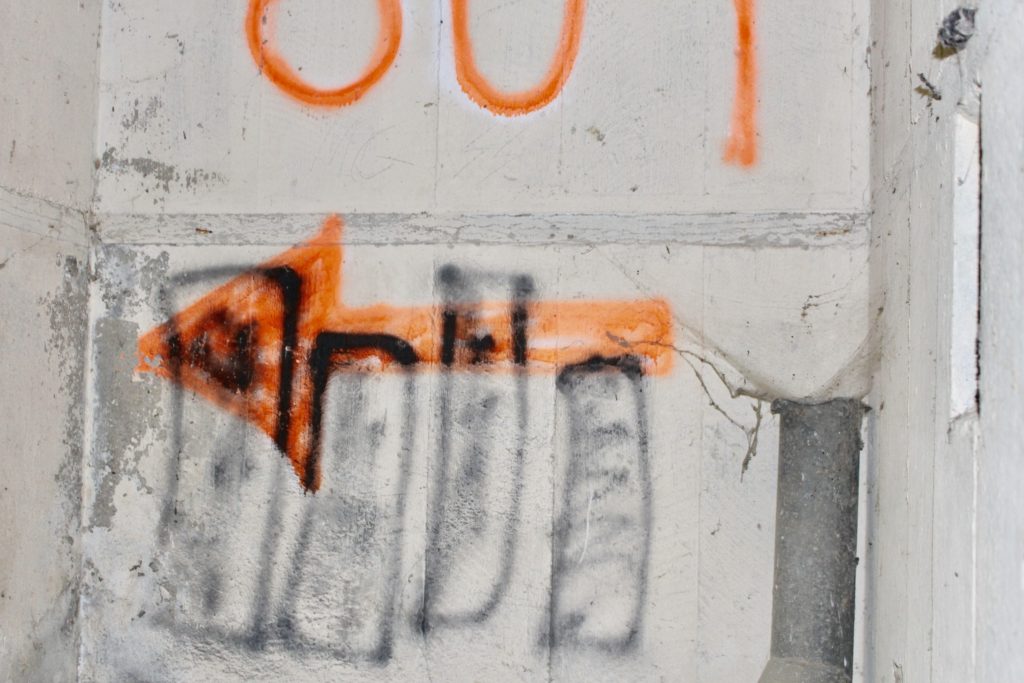
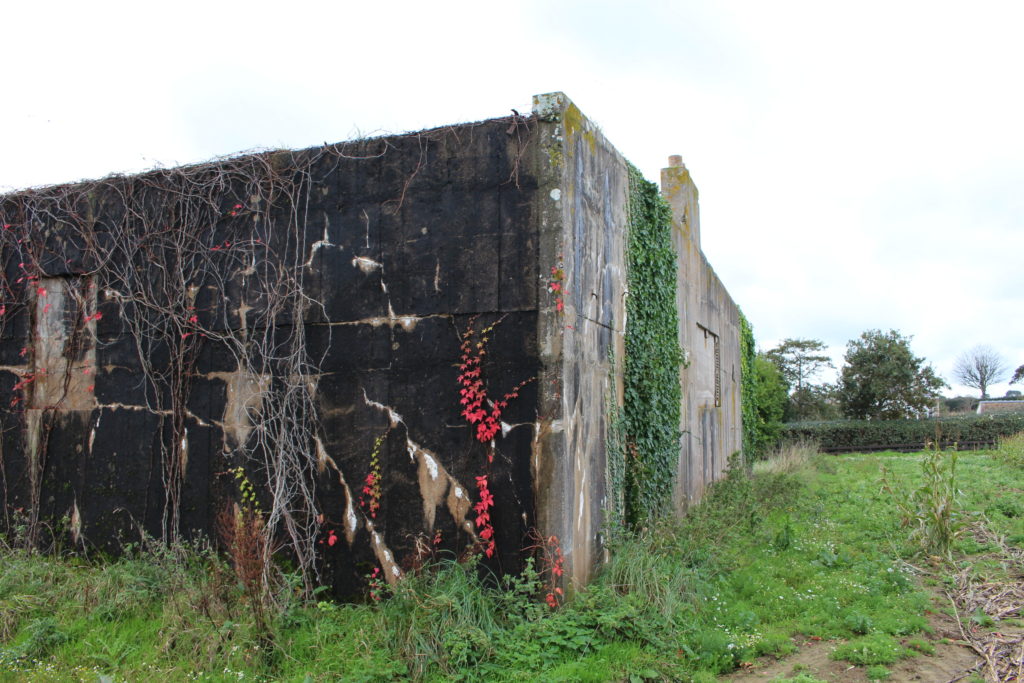
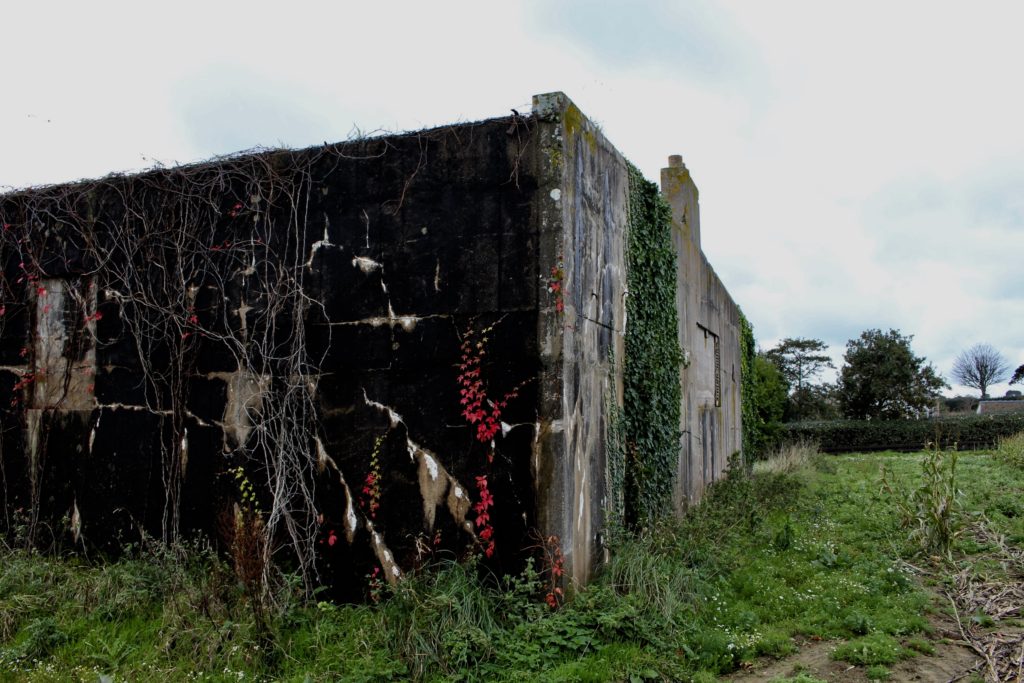
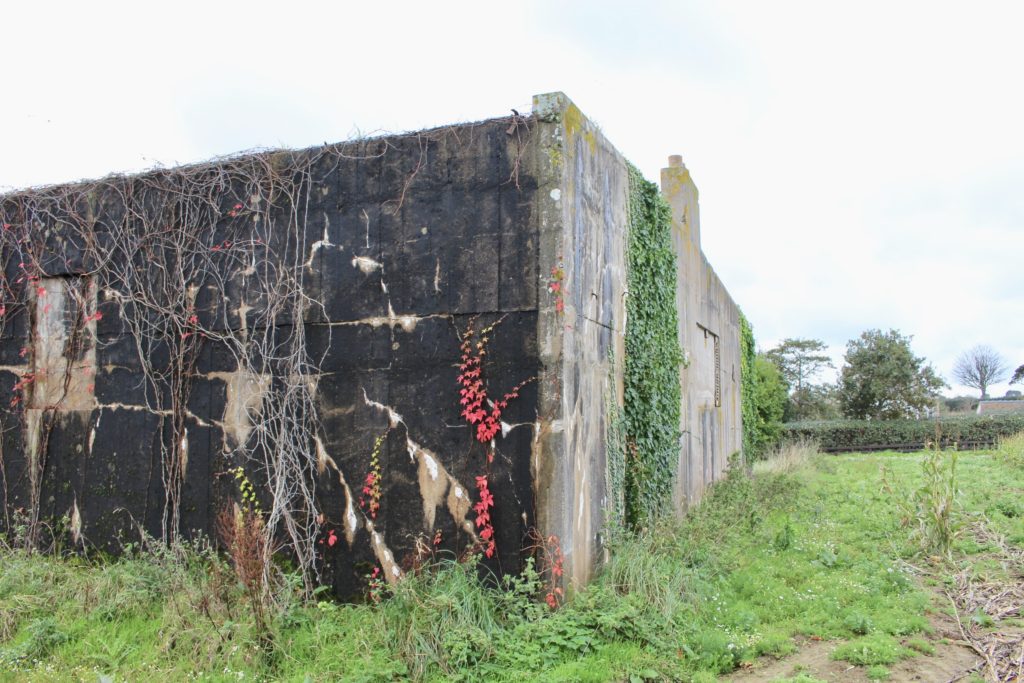
In this edit I used HDR toning to bring out the best colours and tones from high and low exposure and from the original photo. I like this photo because the sharpness is higher compared to the rest of the photos, I also like the bright reds and greens contrasting with the dull bunker.
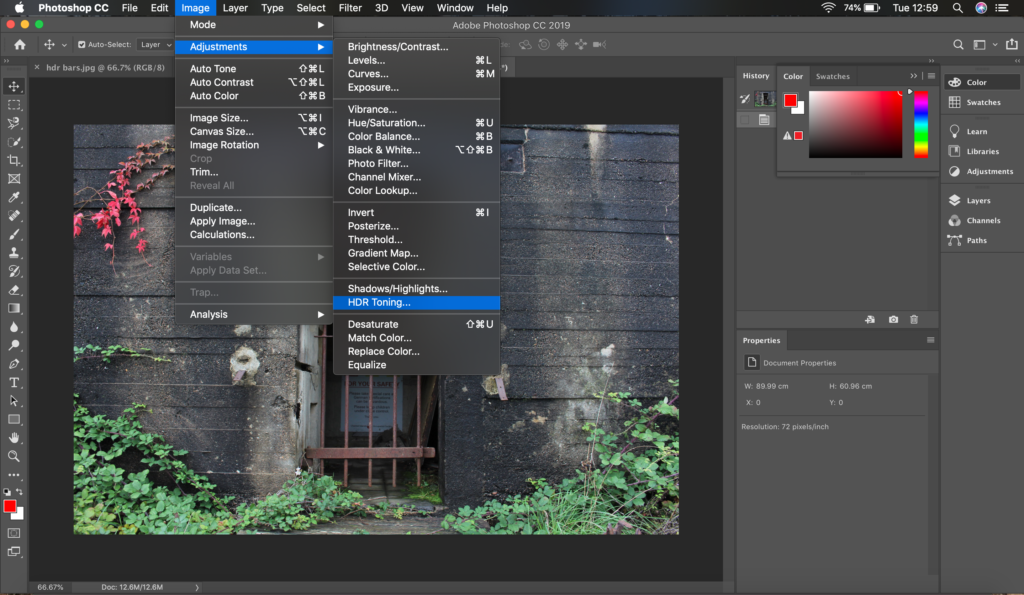
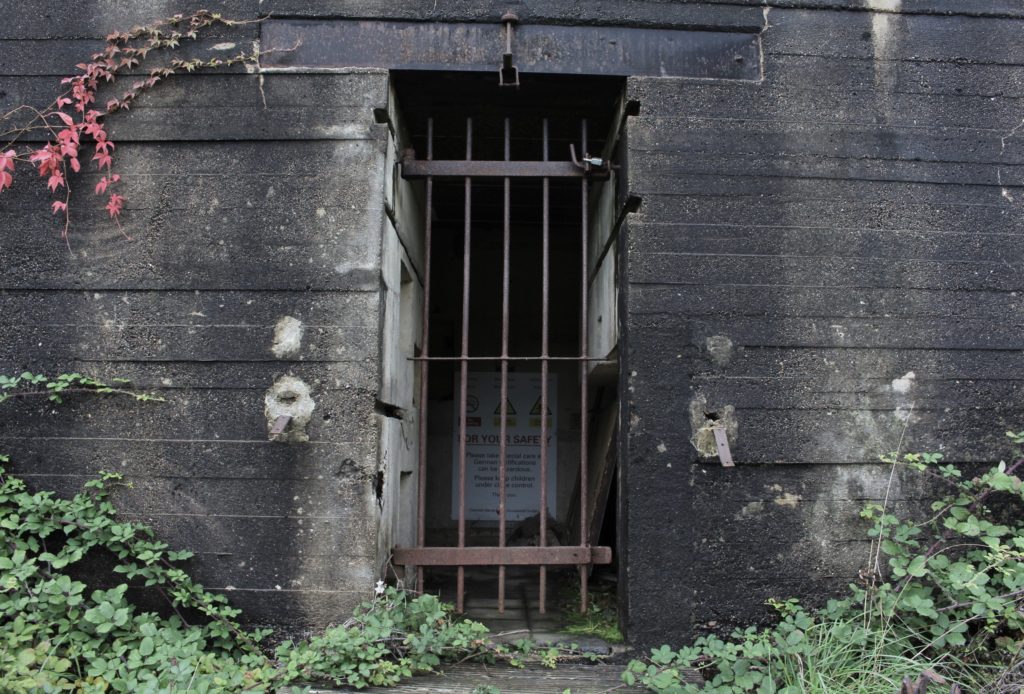
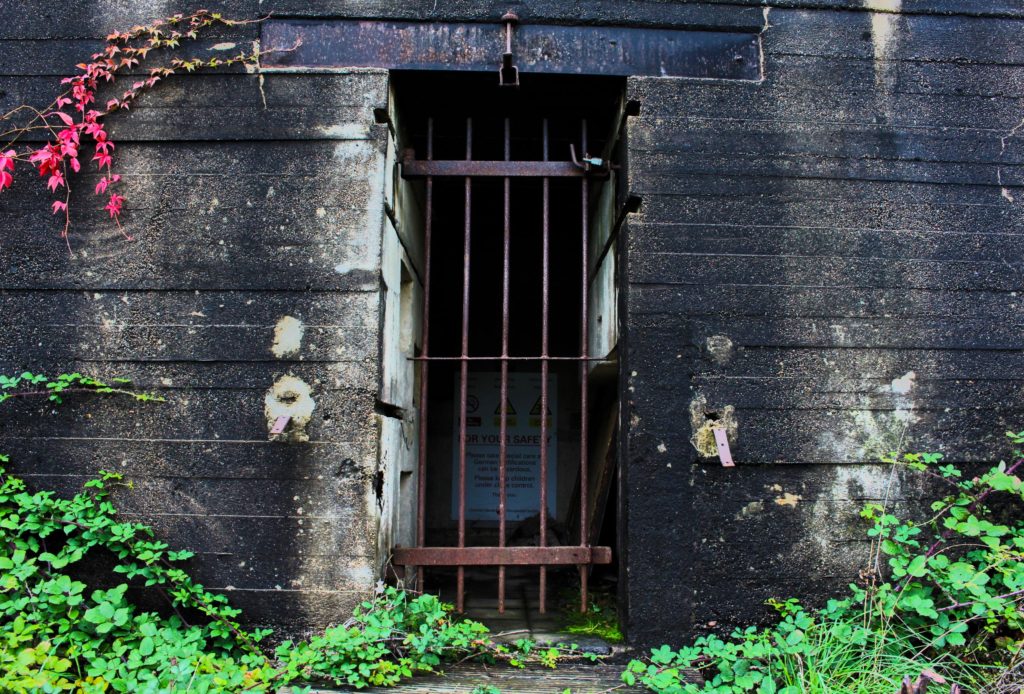
I adjusted the photo to black and white and I got inspiration to do this from Ansel Adams and I tried to get every shade in Adams’ zone system.
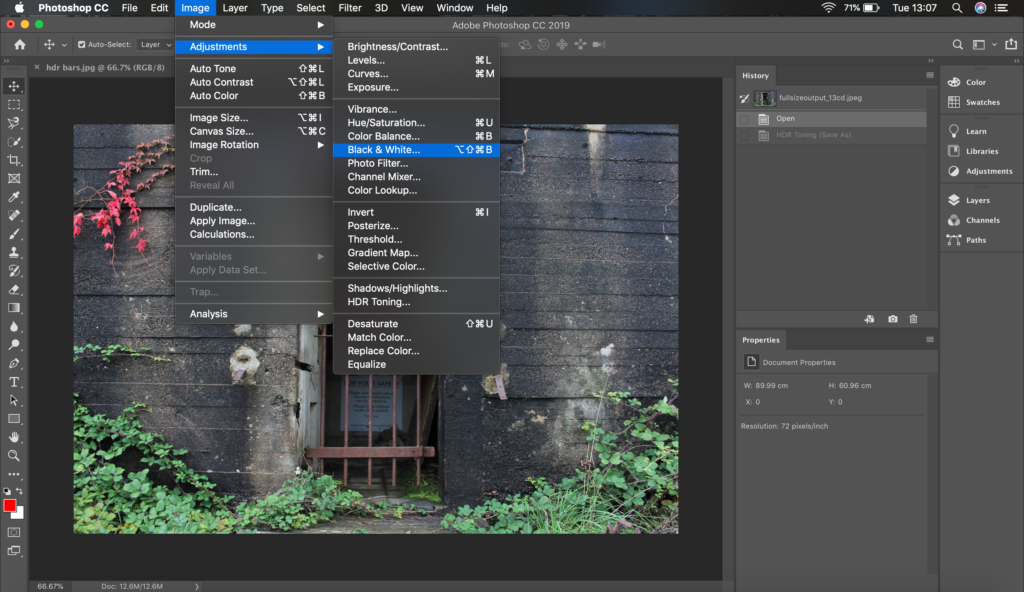
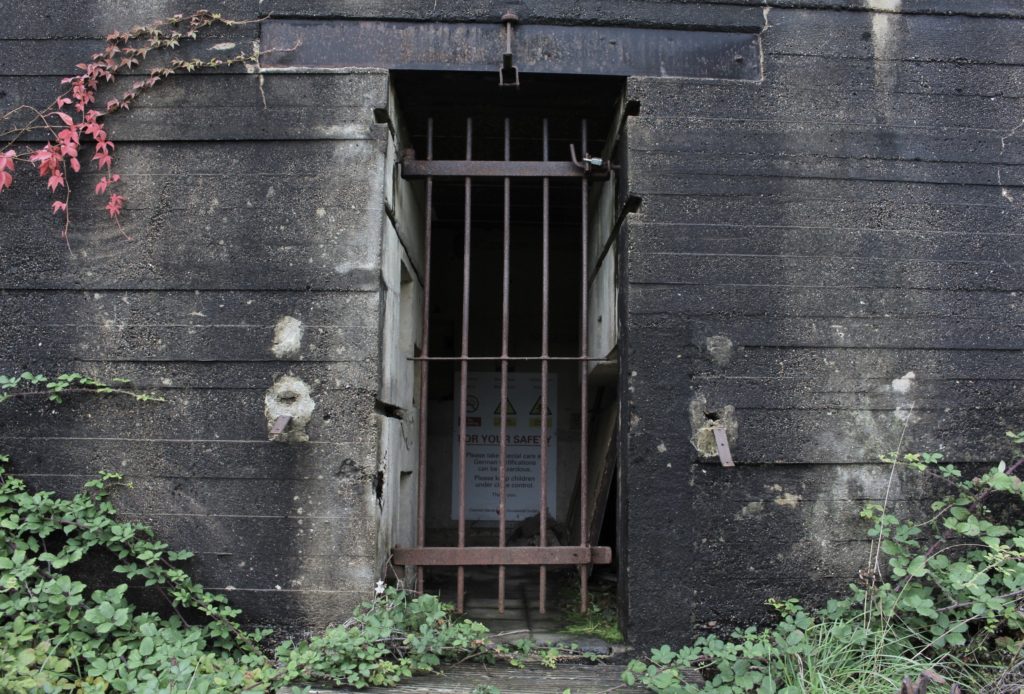
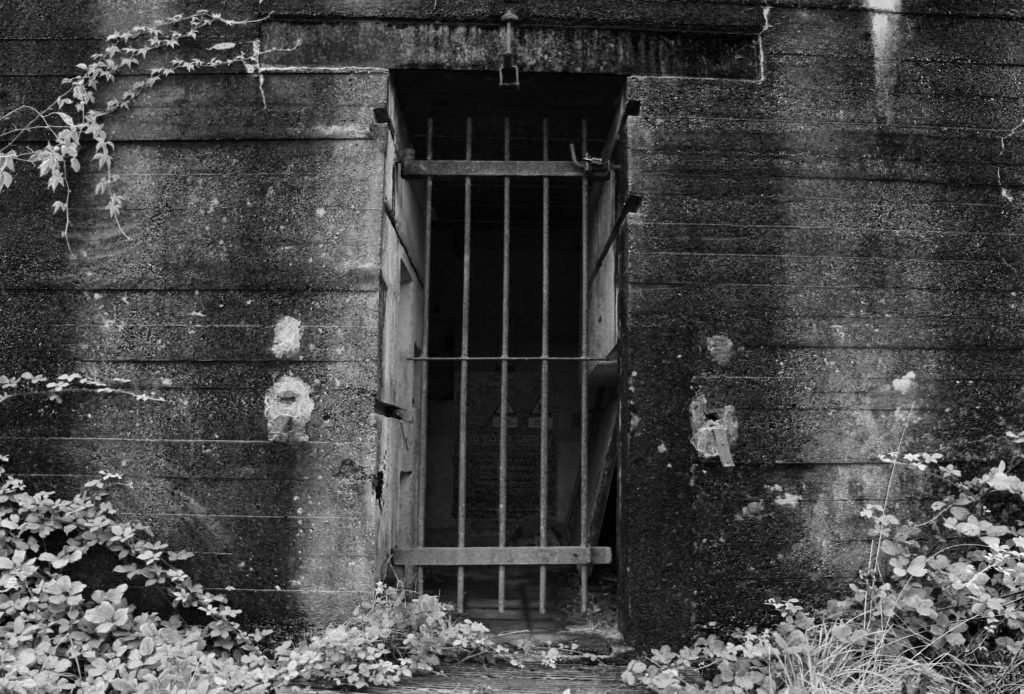
I took a variety of different photos and different angles around the outskirts of Fort Regent. I changed the exposure for some of the photos (exposure bracketing) to see how to the contrast/tonal values changed. I’ve selected my favourite images and decided which ones I won’t use. These photos were taken later on in the day and some of them were at night.
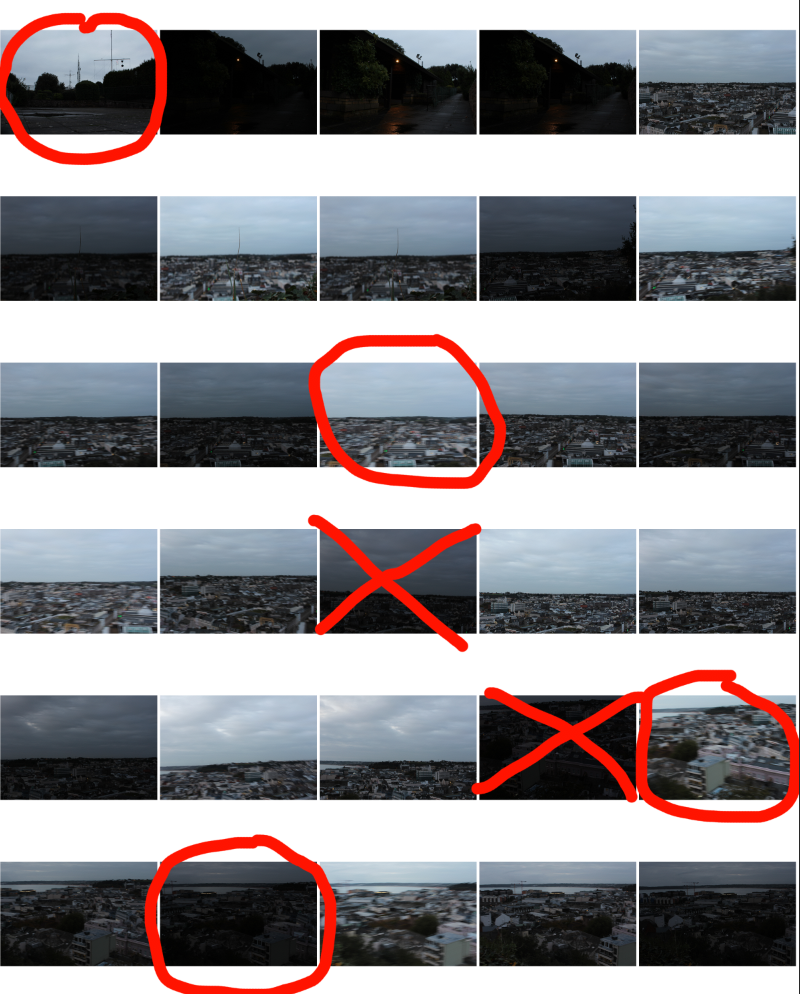
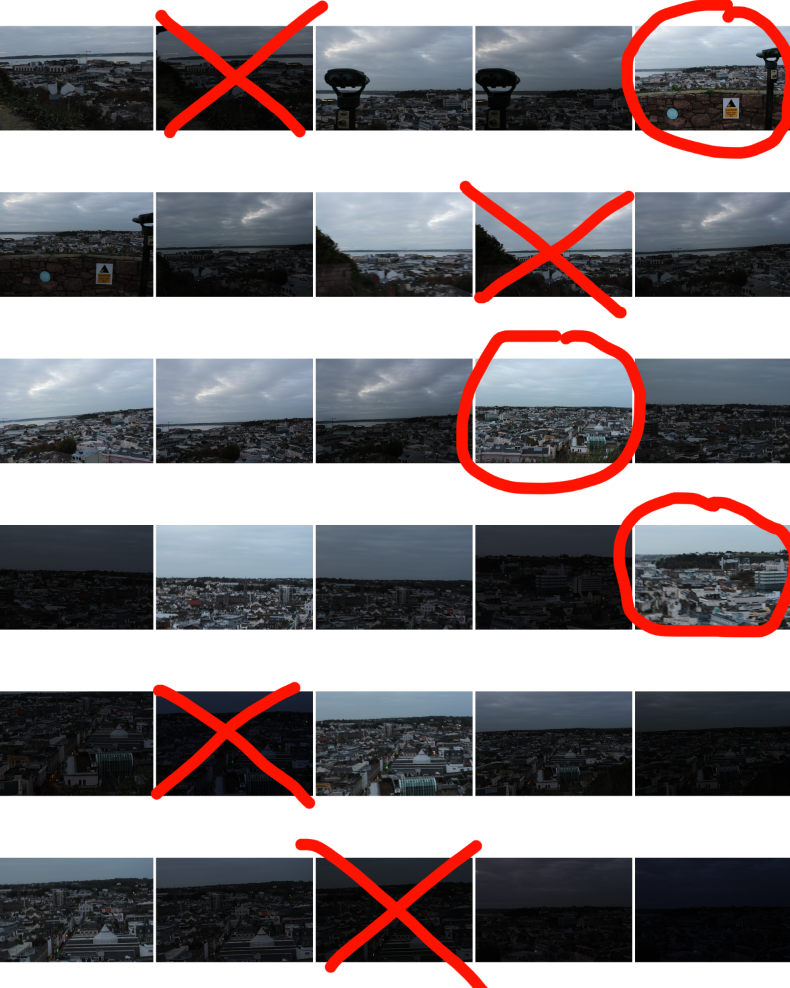
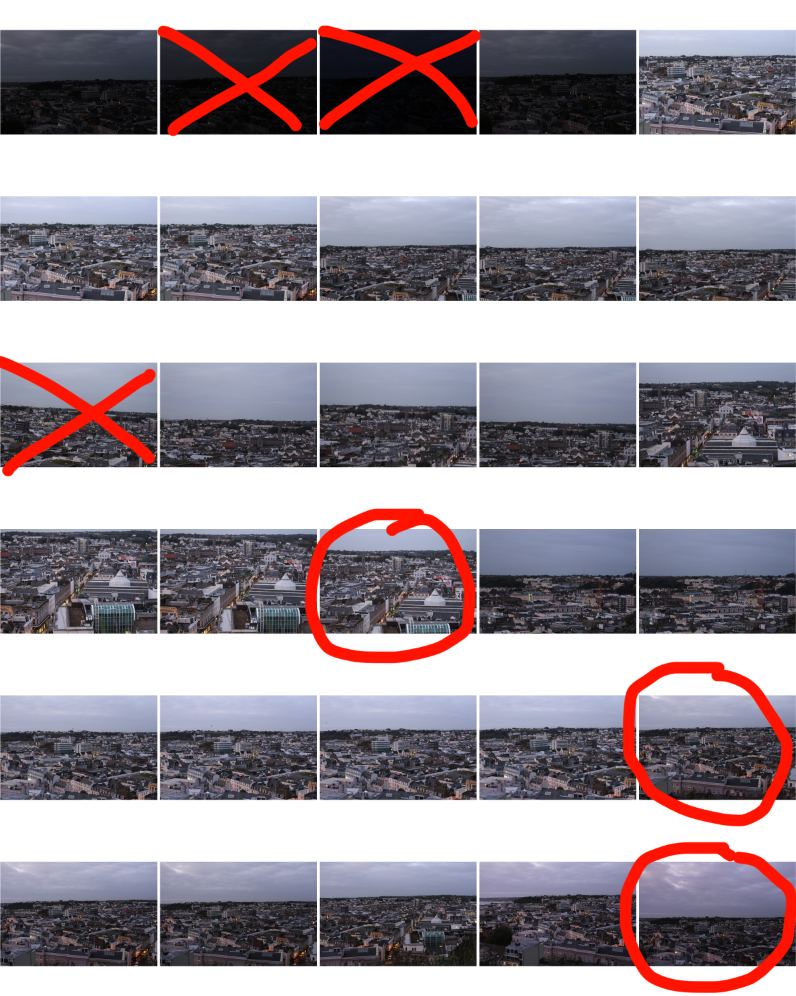
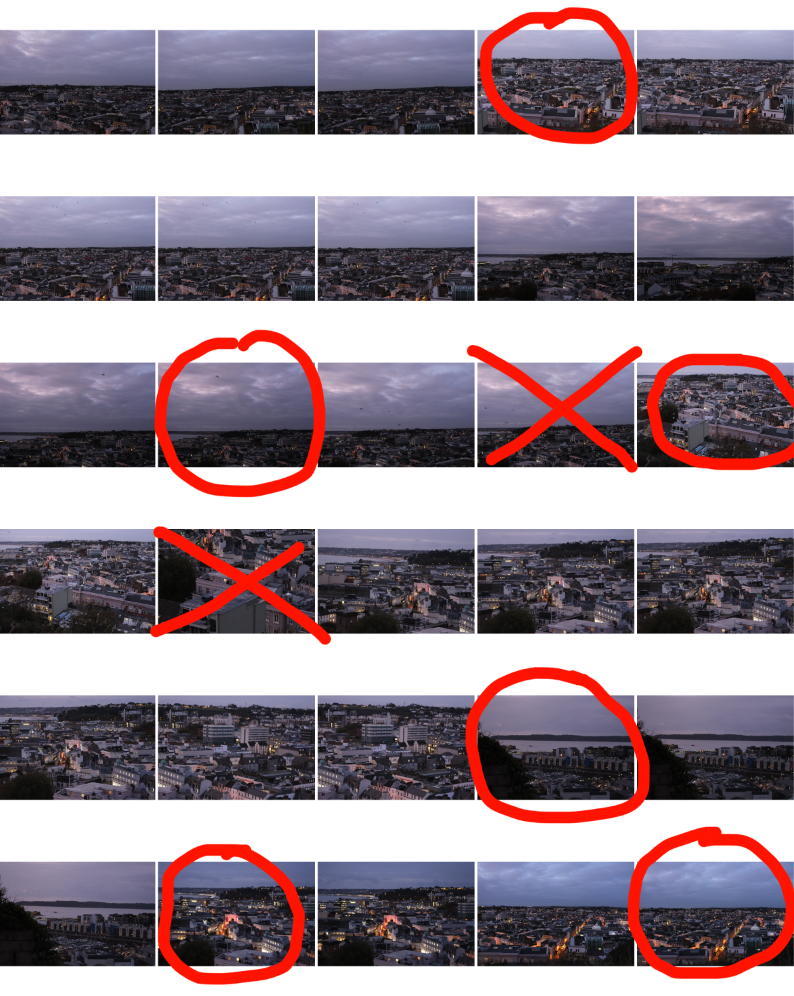
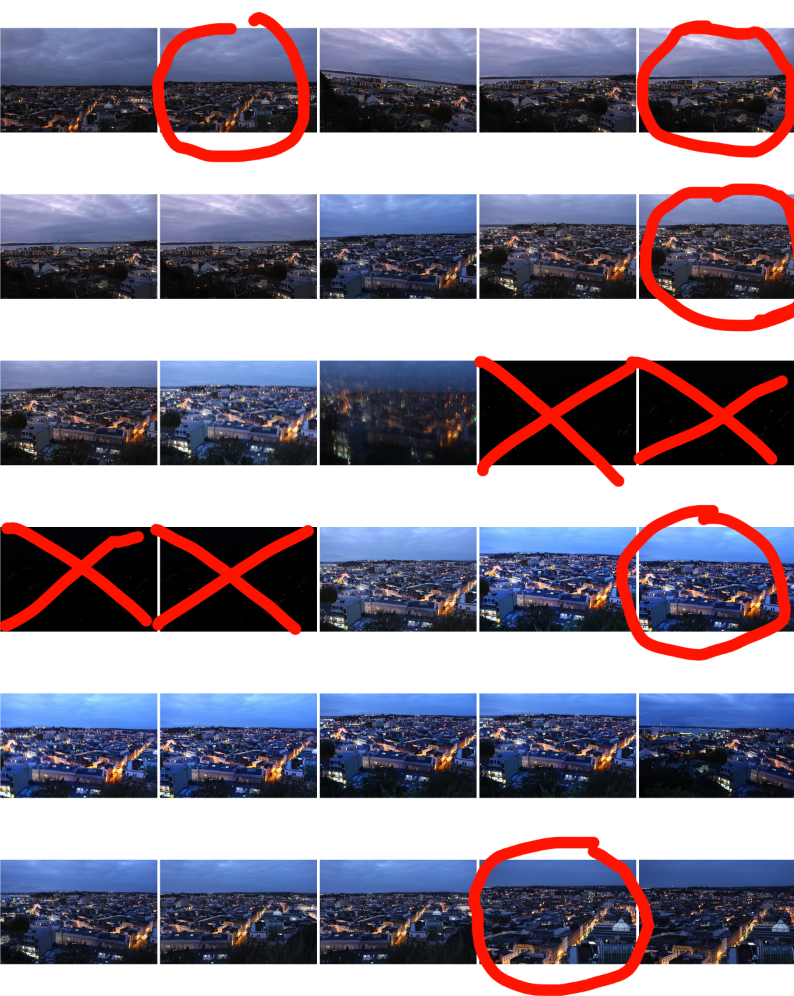
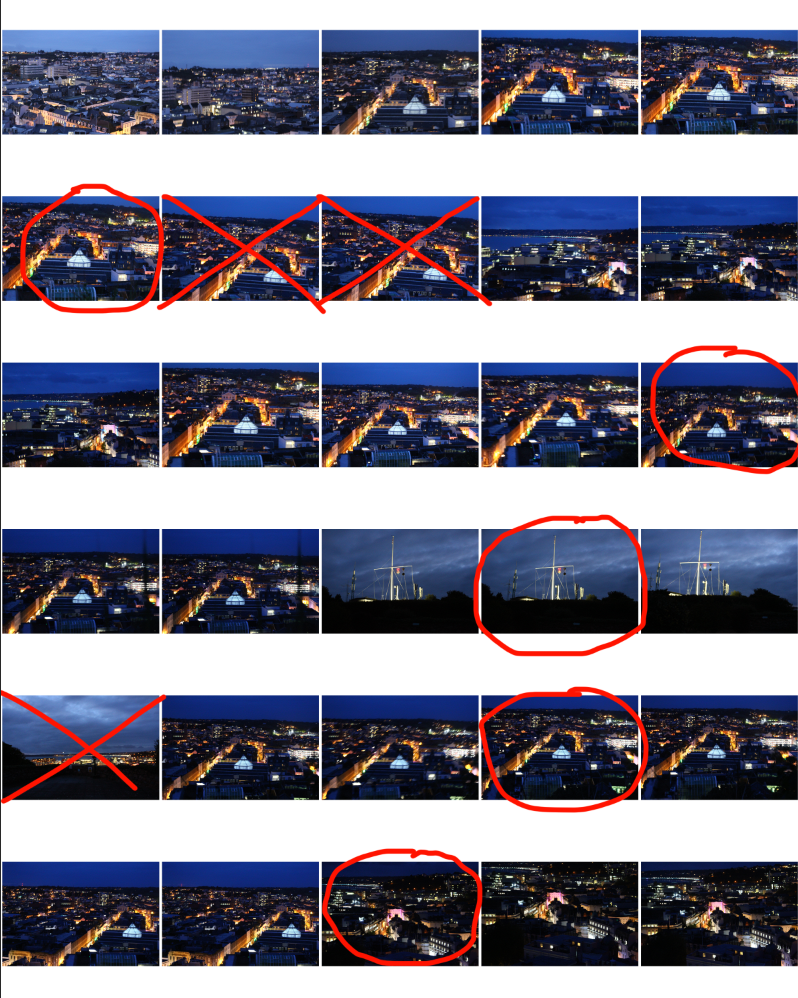
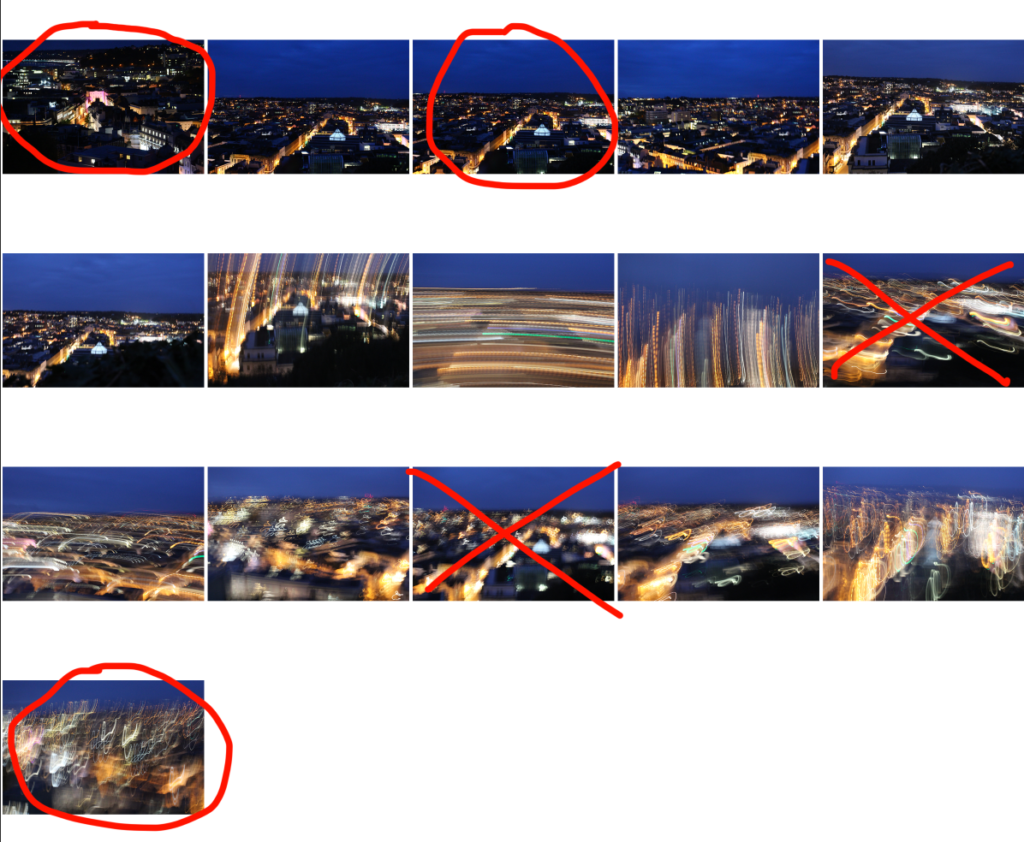
I picked these images because each of them are different from each other and have something unique about them whether it’s the angle they’ve been taken from, the lighting or the scenery/individual trees. Each photo has something that the eye is automatically drawn to and they each have a main focus. Some things to point out about the uniqueness of some of the photo are: the vibrancy and fullness.
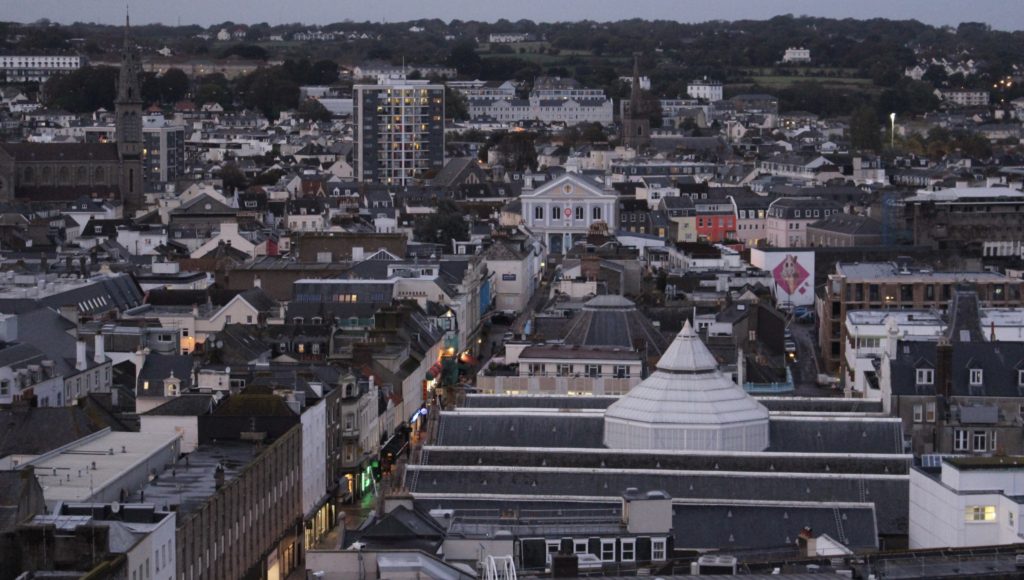
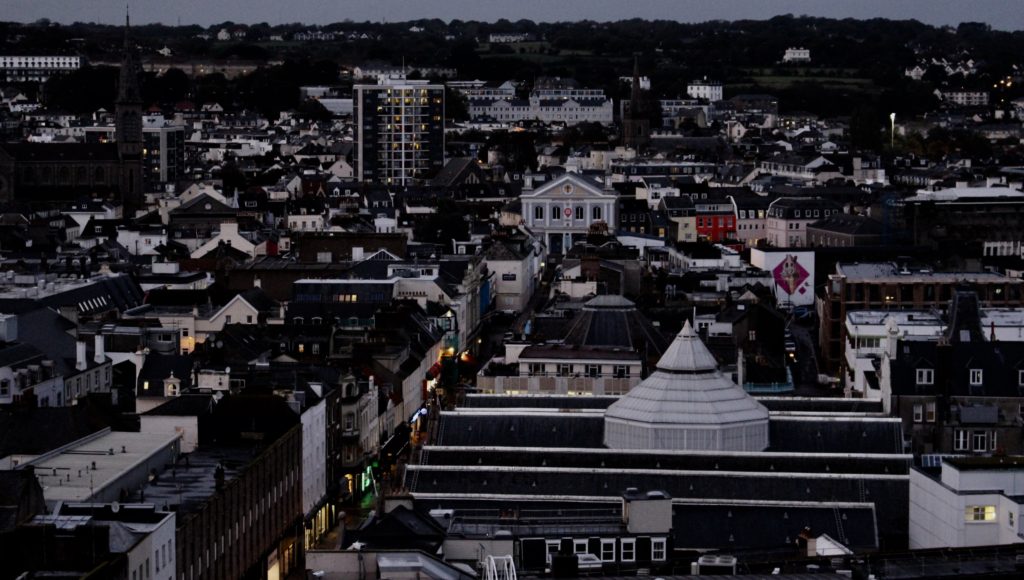
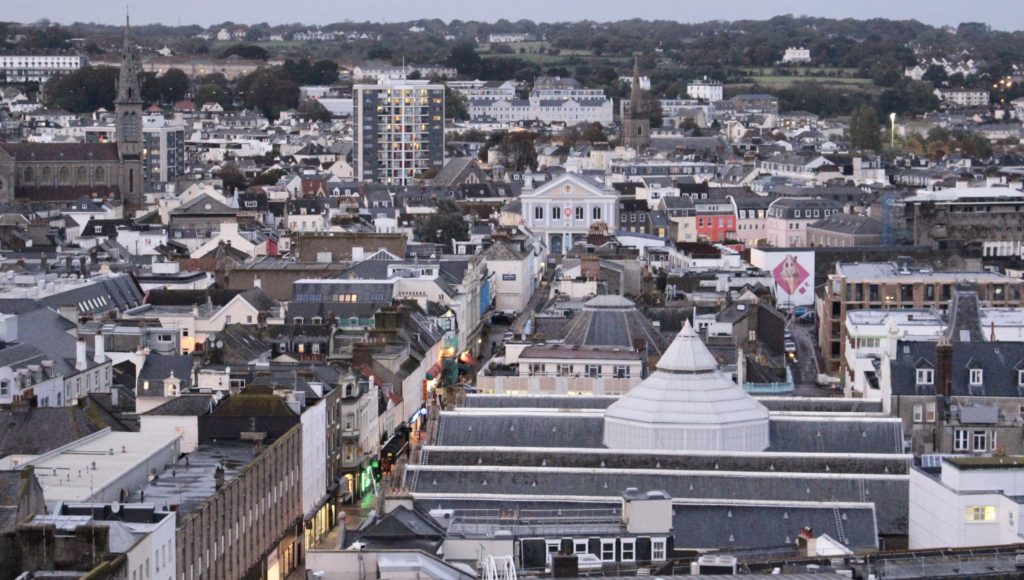
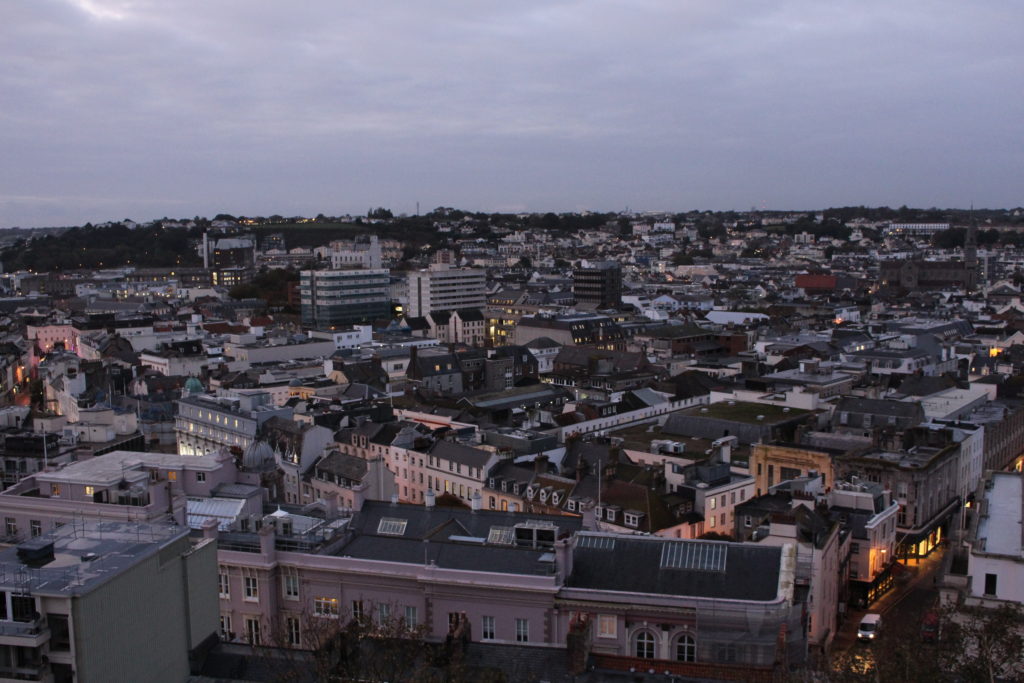
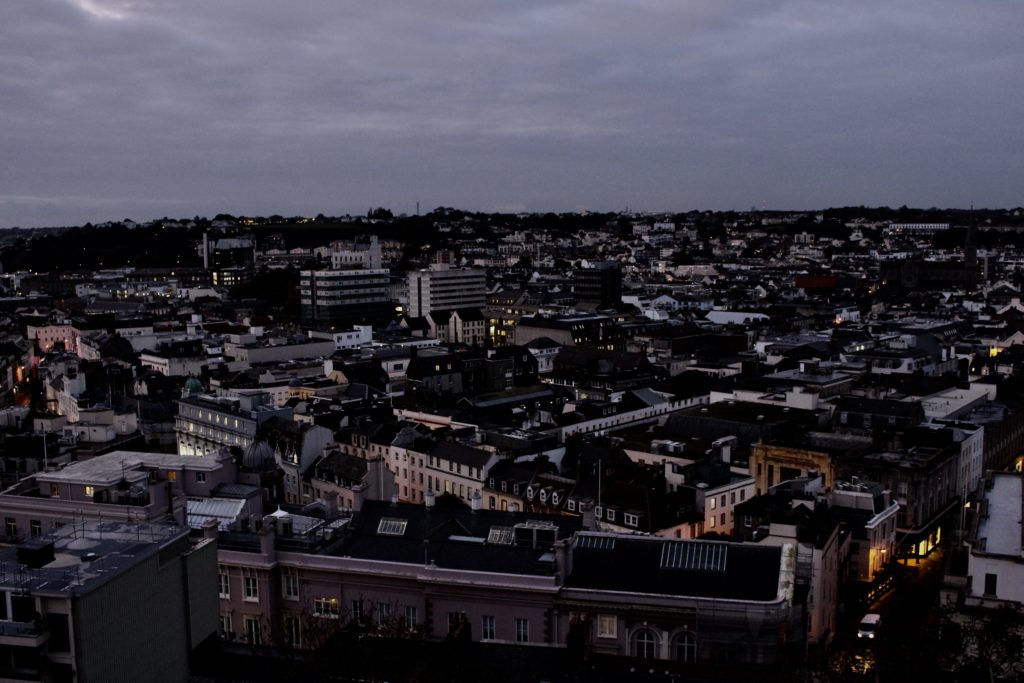
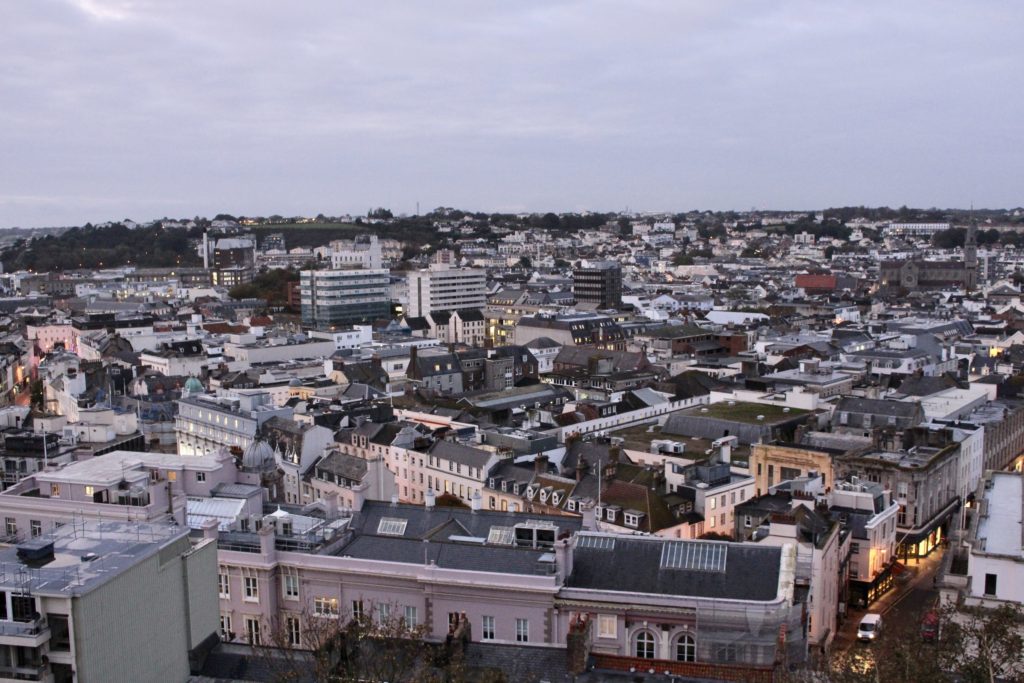
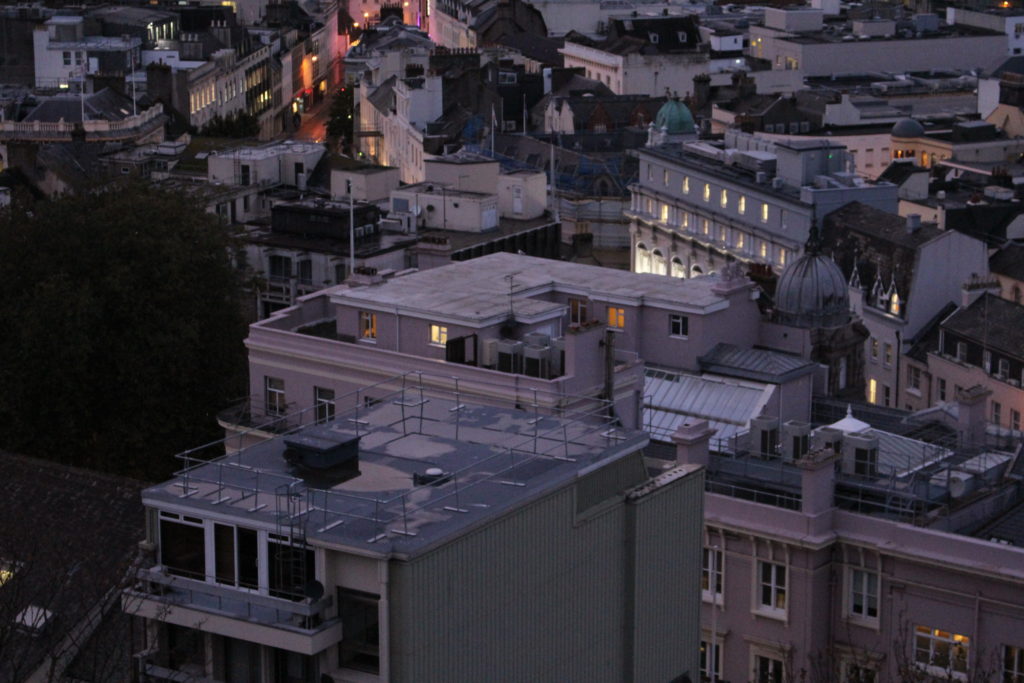
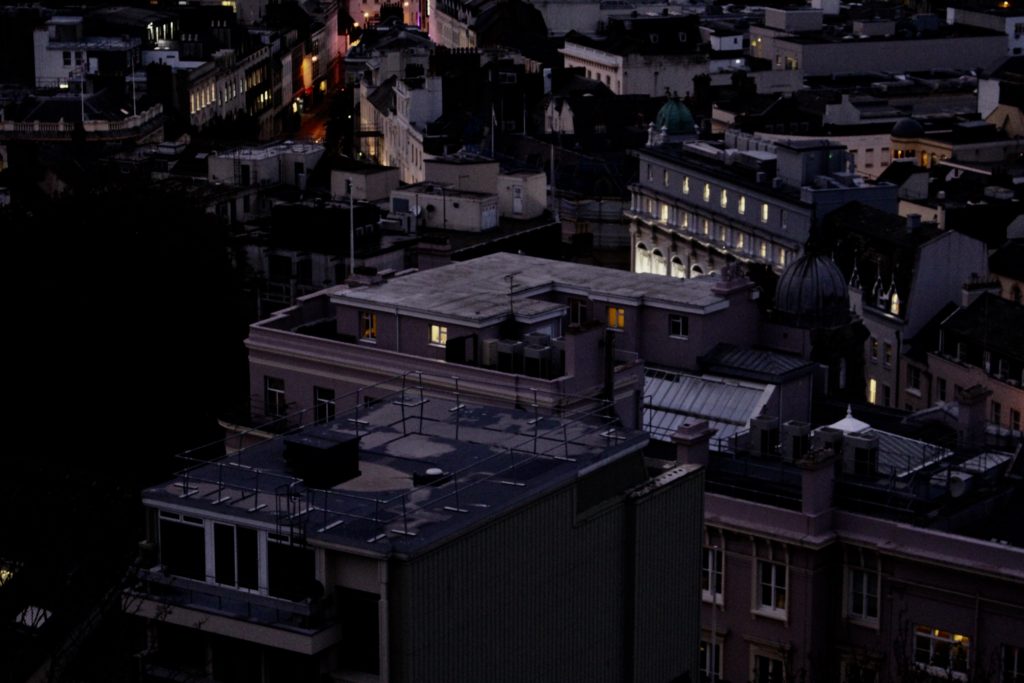
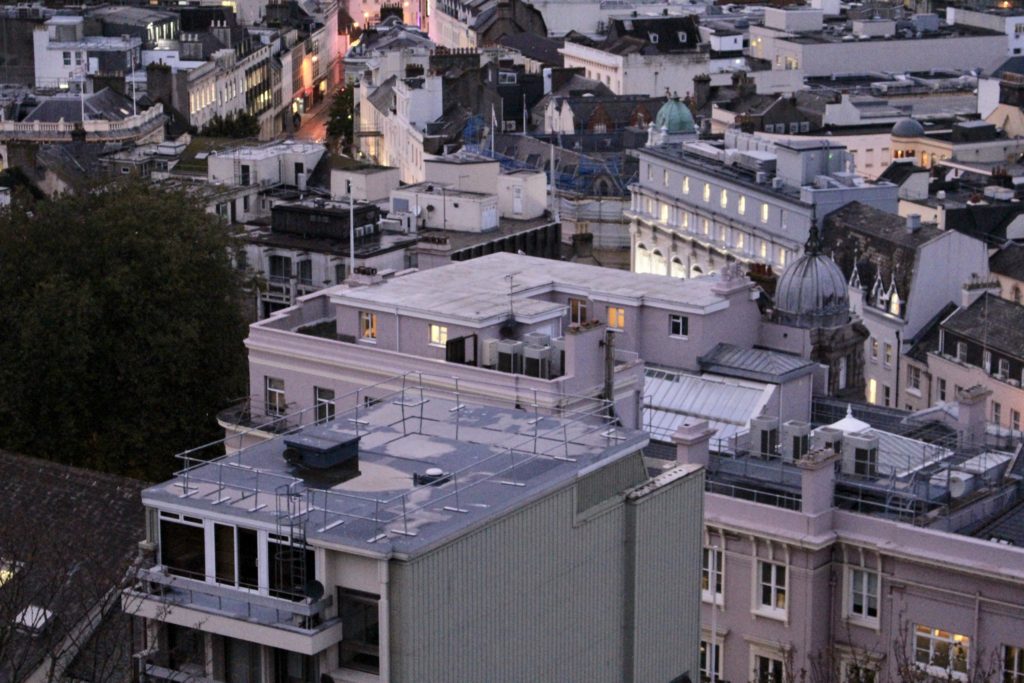
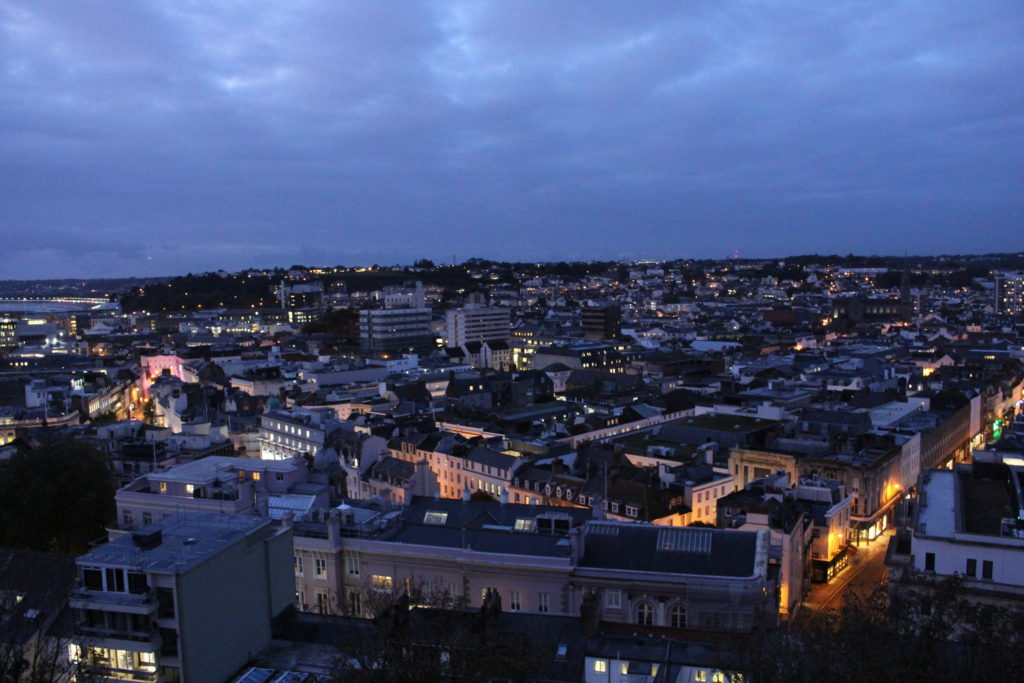
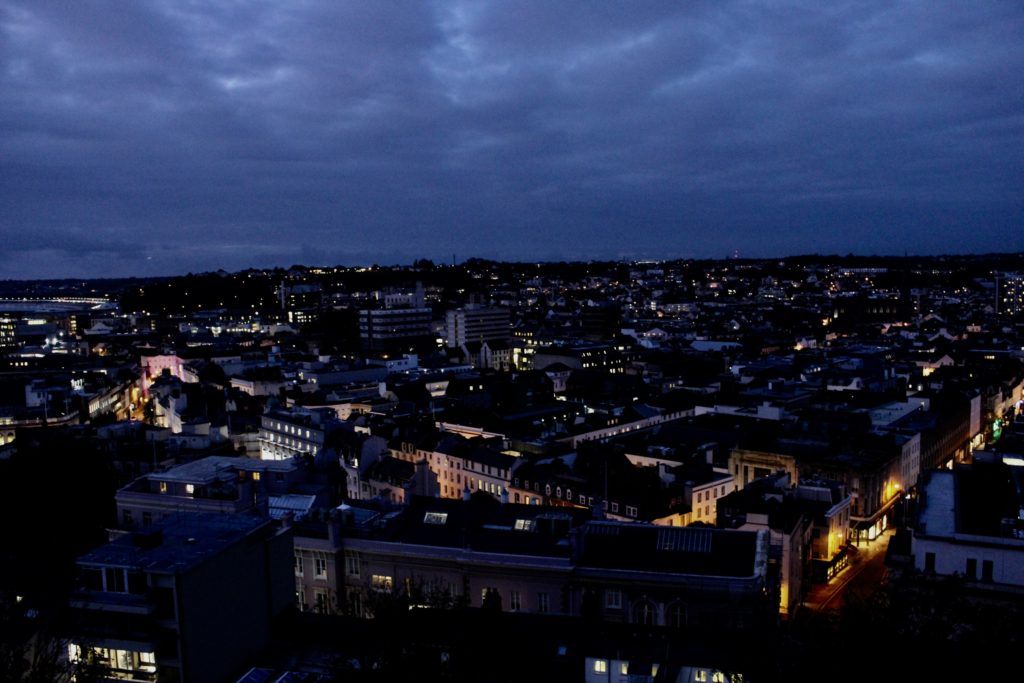
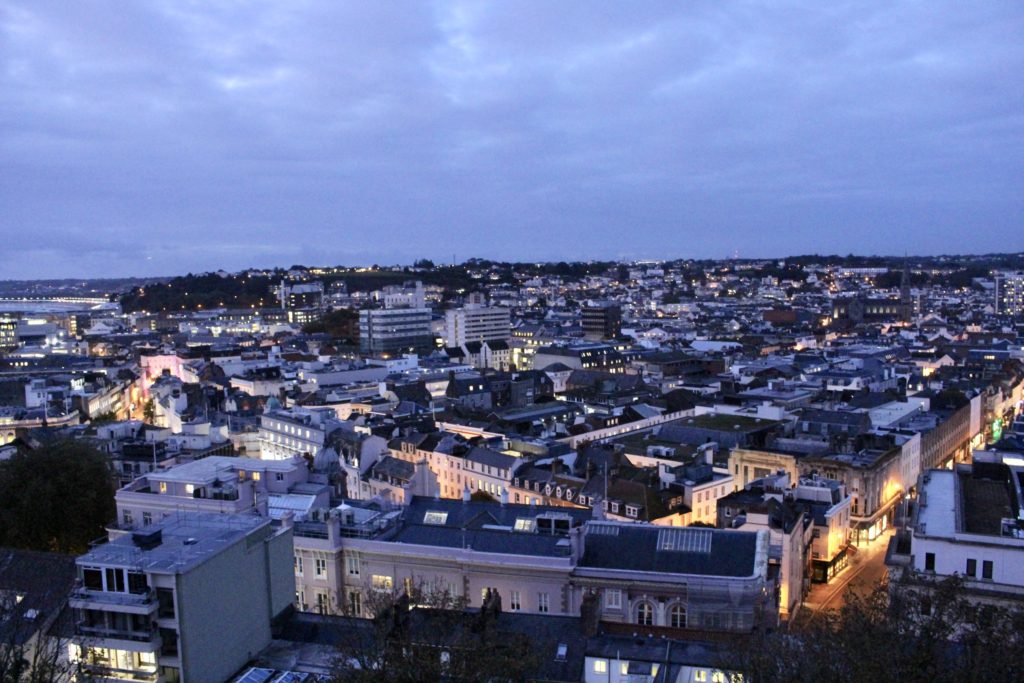
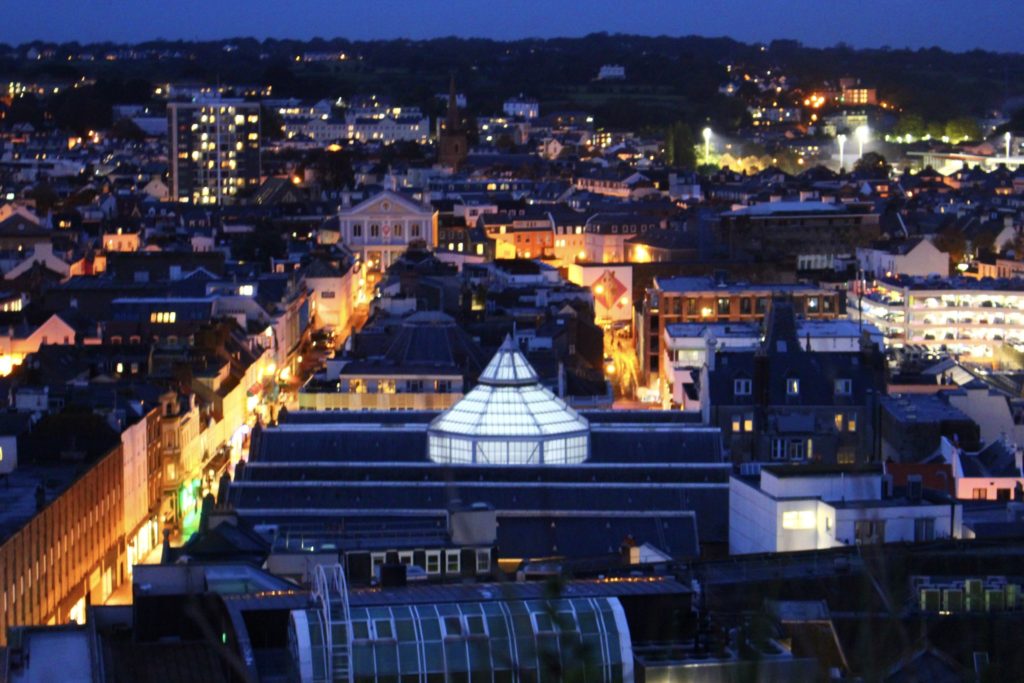
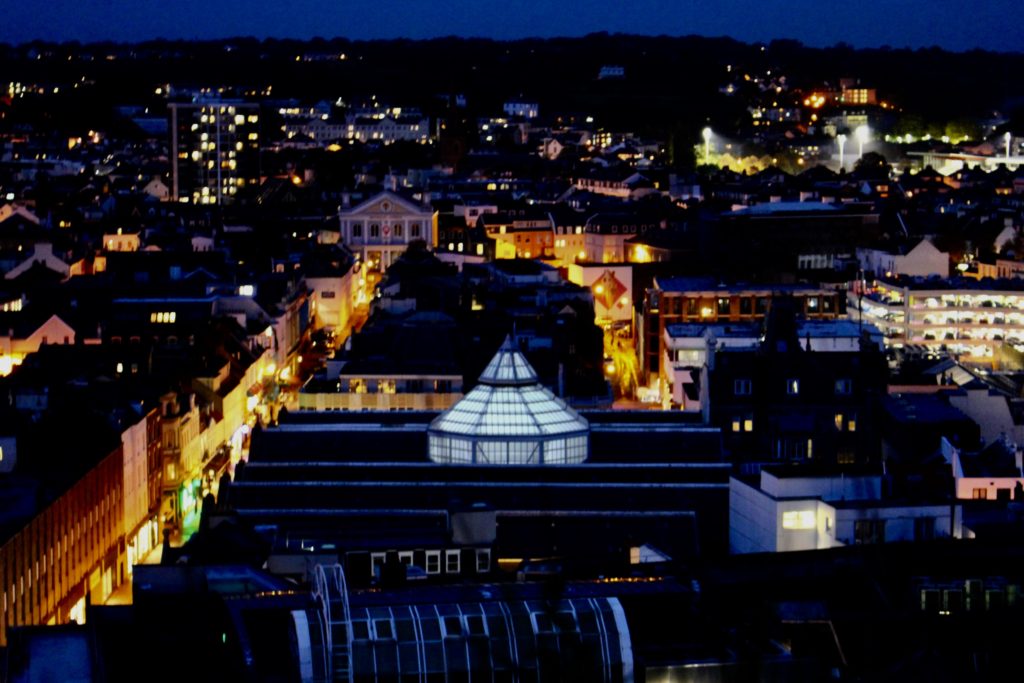
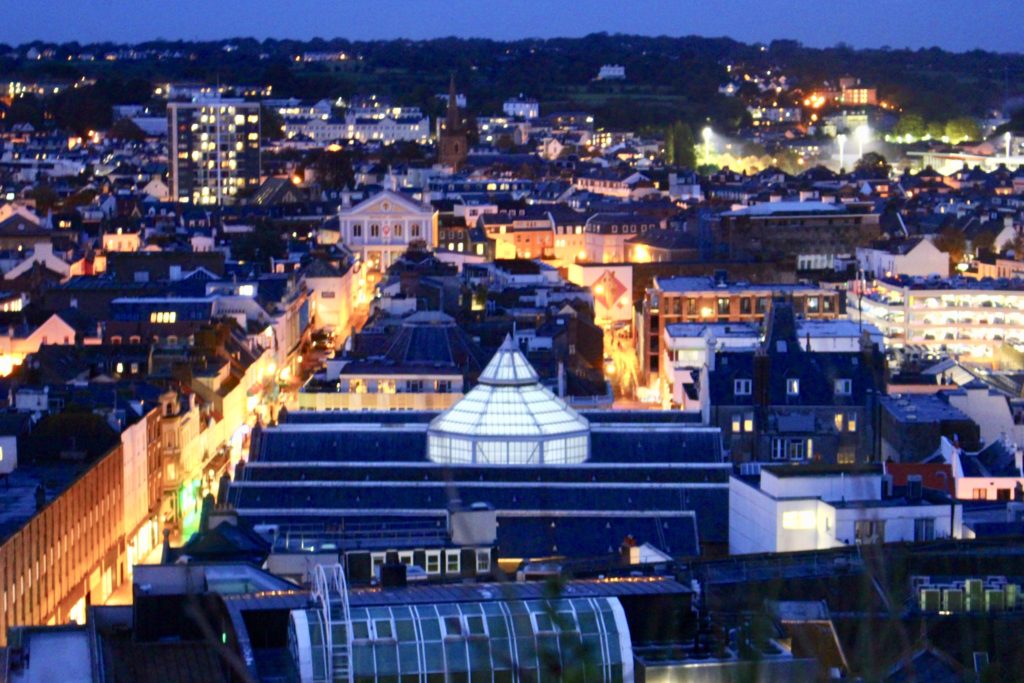
In this edit I used HDR toning to bring out the best colours and tones from high and low exposure and from the original photo. I like this photo because there is more vibrancy and dramatised colours than the rest of the photos.
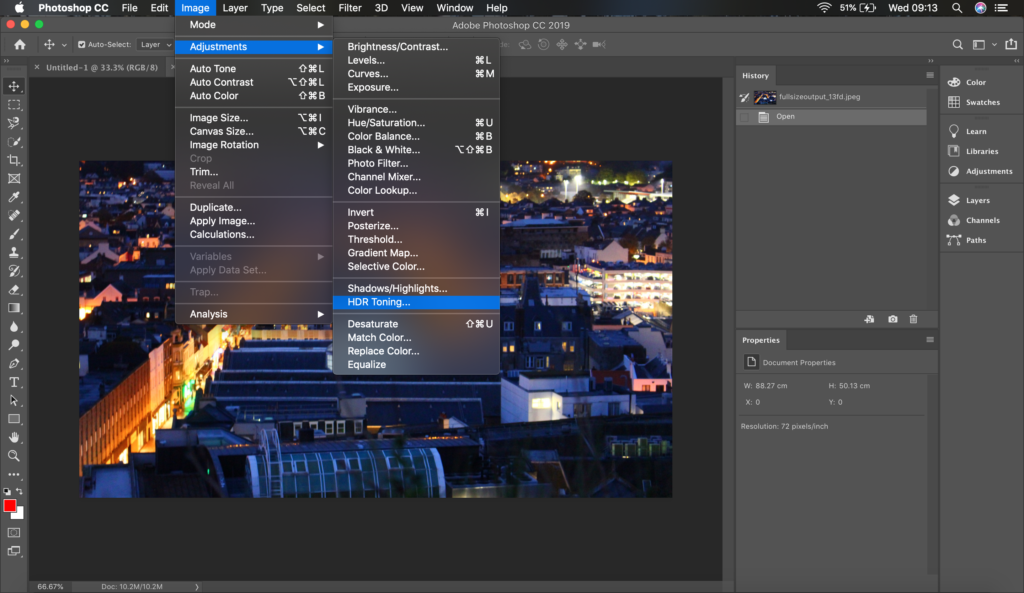
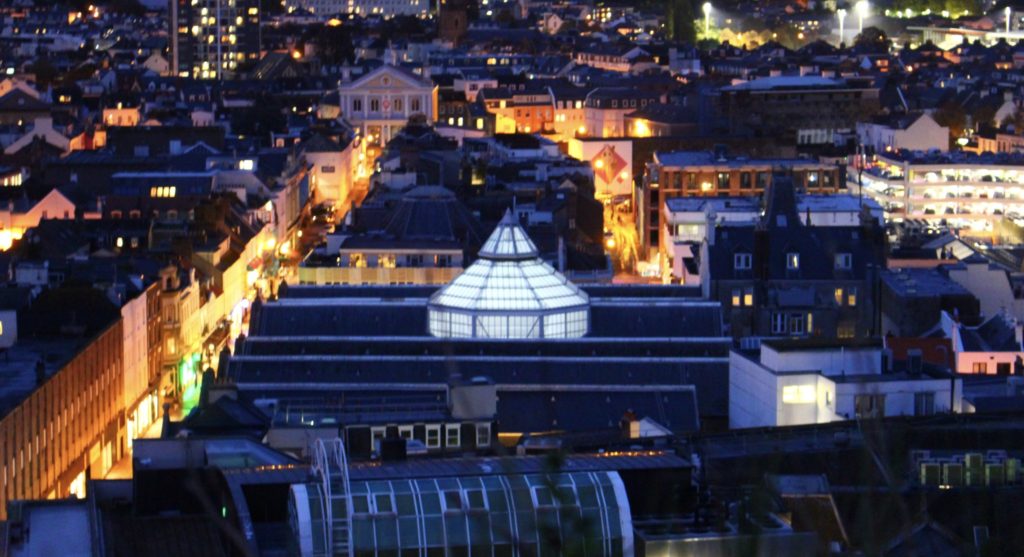
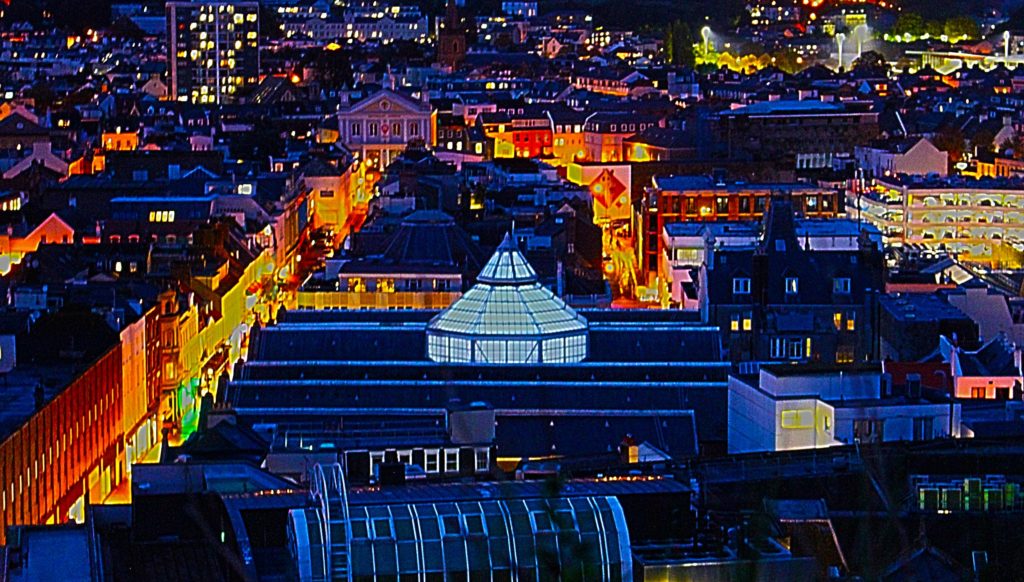
I adjusted the photo to black and white and I got inspiration to do this from Ansel Adams and I tried to get every shade in Adams’ zone system.
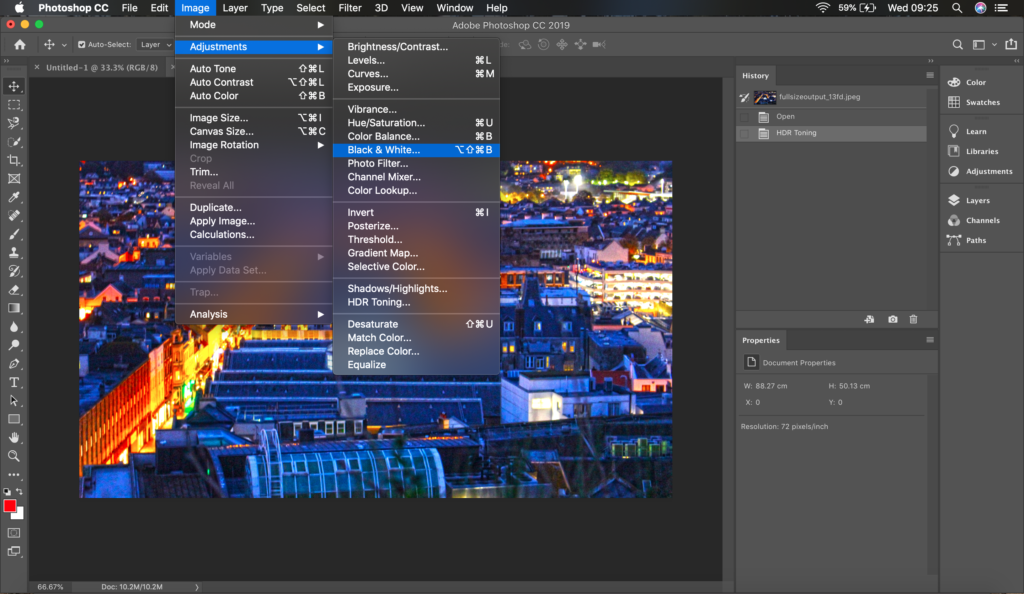
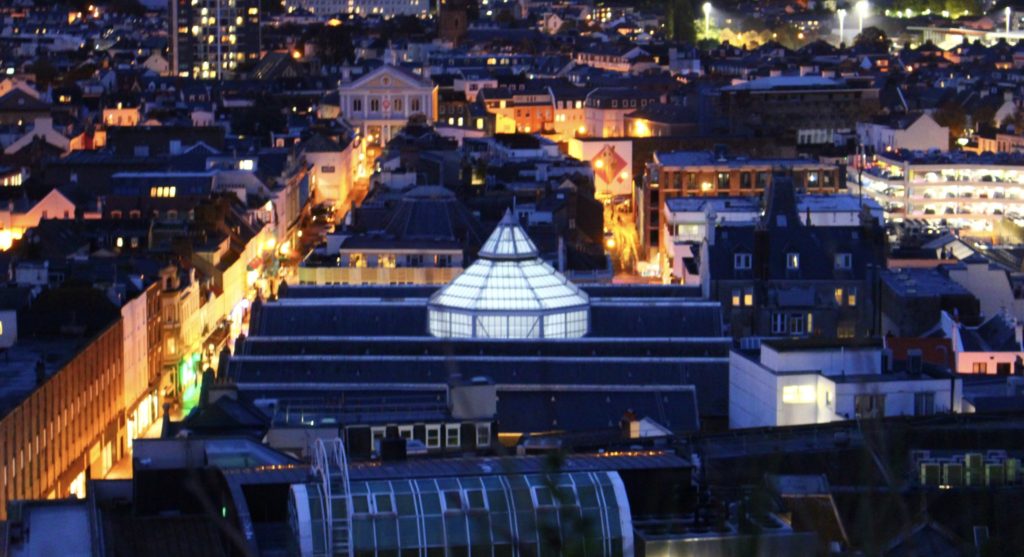
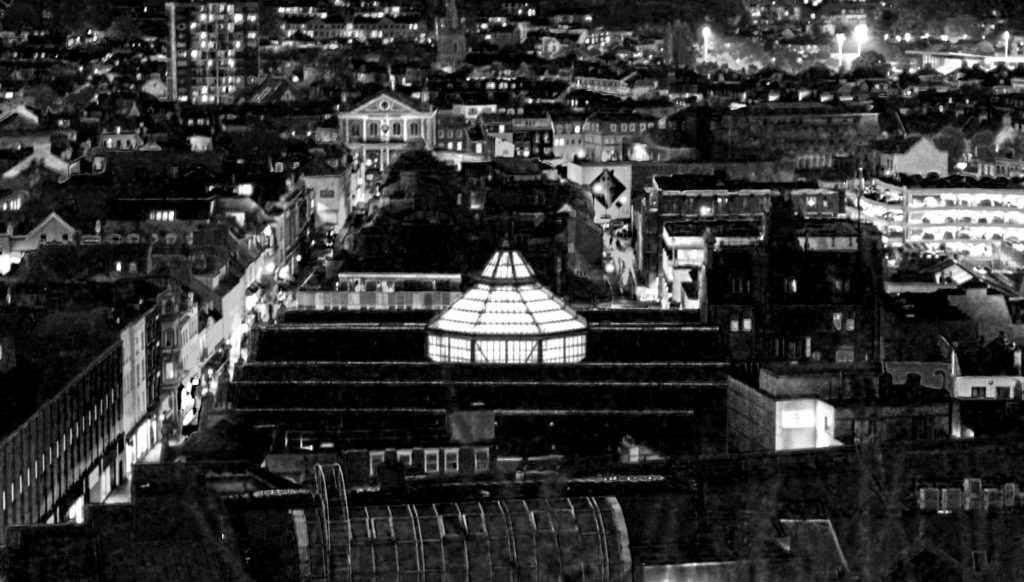
I took a variety of different photos and different angles around the outskirts of Fort Regent in the daylight. I changed the exposure for some of the photos (exposure bracketing) to see how to the contrast/tonal values changed. I’ve selected my favourite images and decided which ones I won’t use.
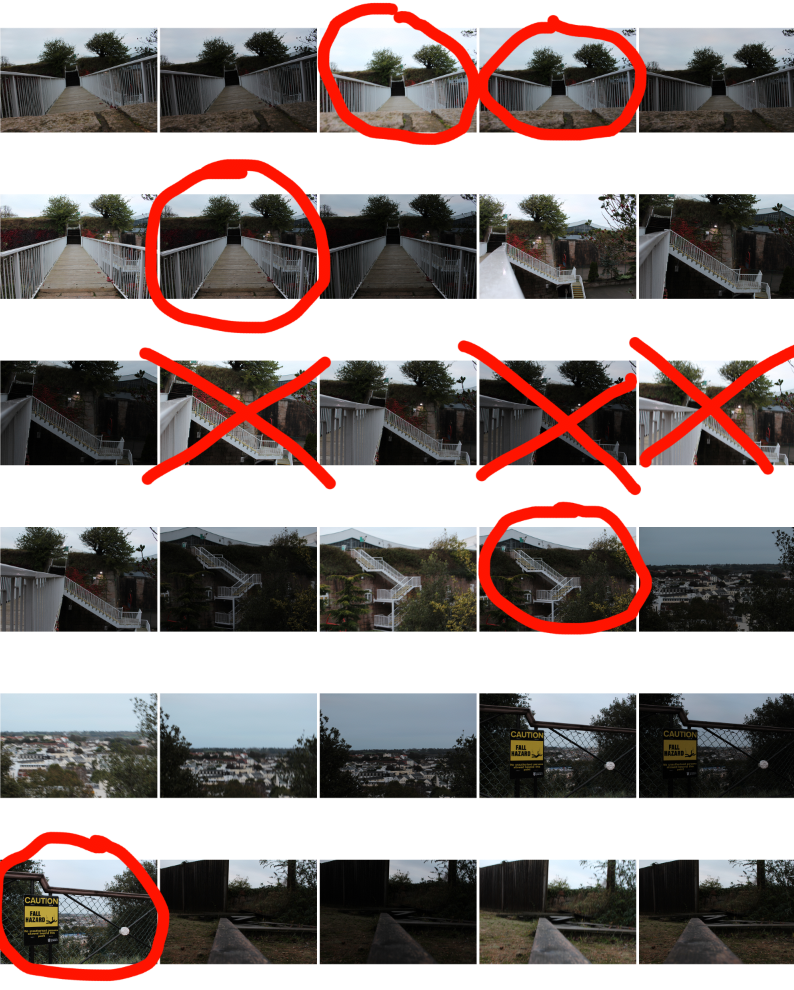
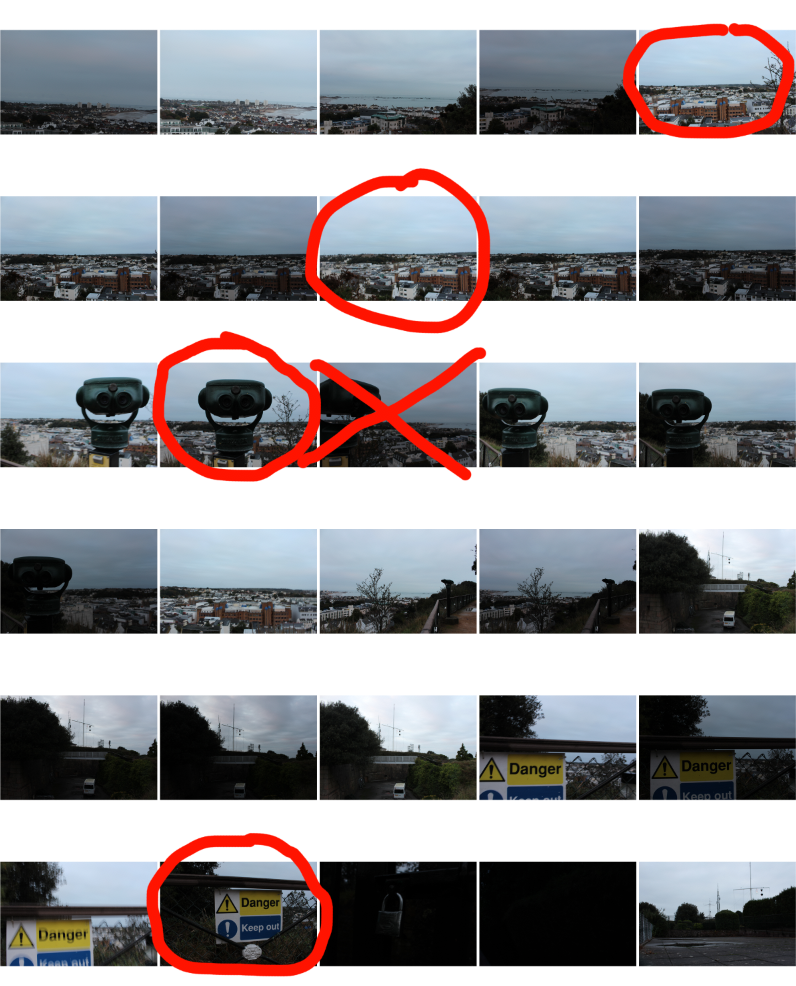
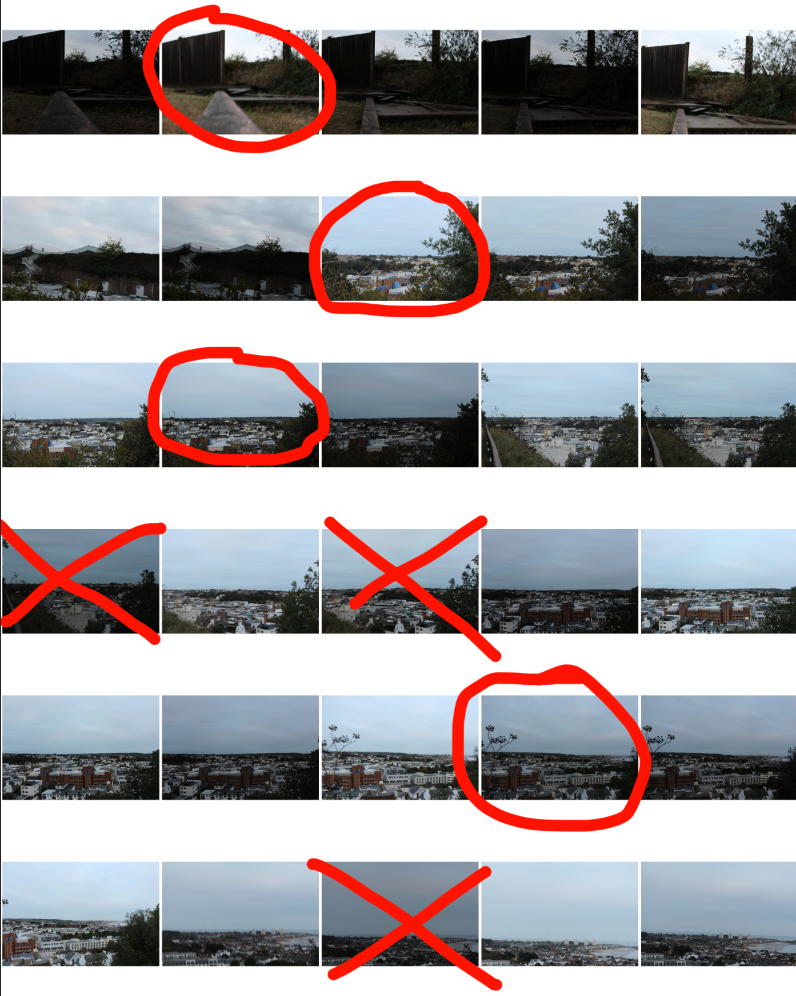
I picked these images because each of them are different from each other and have something unique about them whether it’s the angle they’ve been taken from, the lighting or the scenery/individual trees. Each photo has something that the eye is automatically drawn to and they each have a main focus. Some things to point out about the uniqueness of some of the photo are: the contrast of colour against the depth of the shadows, the symmetry of some of the photos and some of the vibrancy.
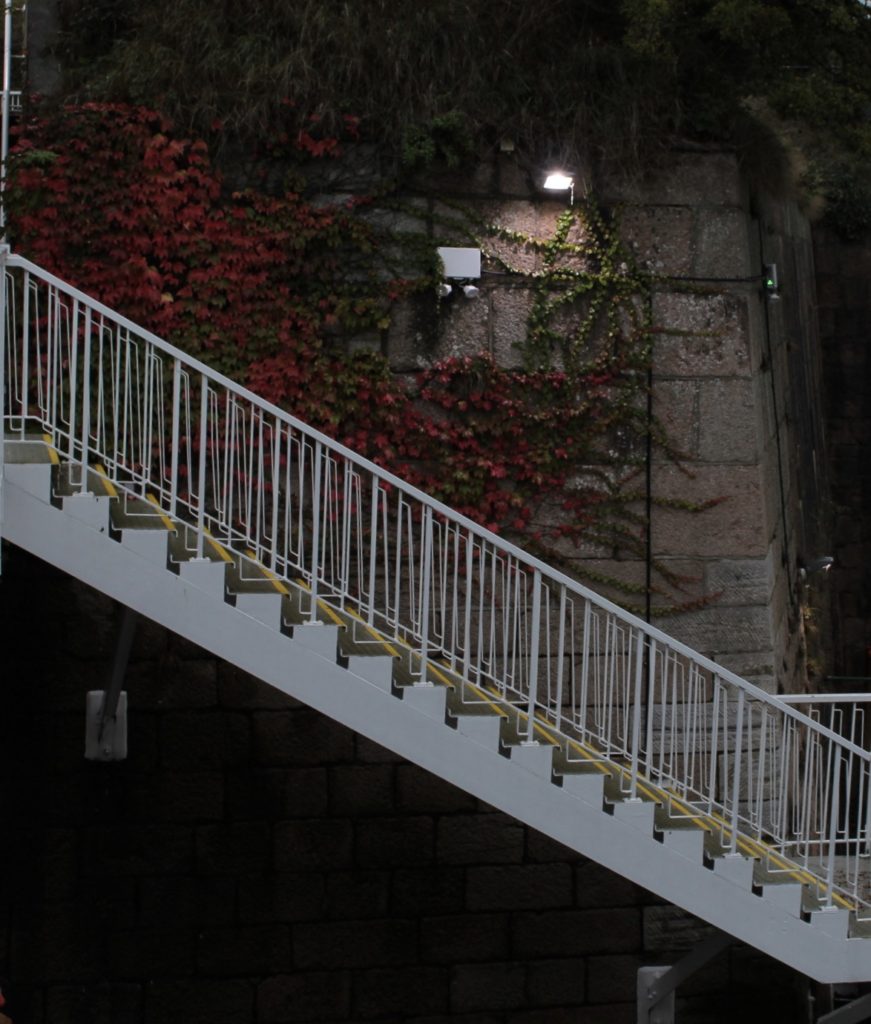
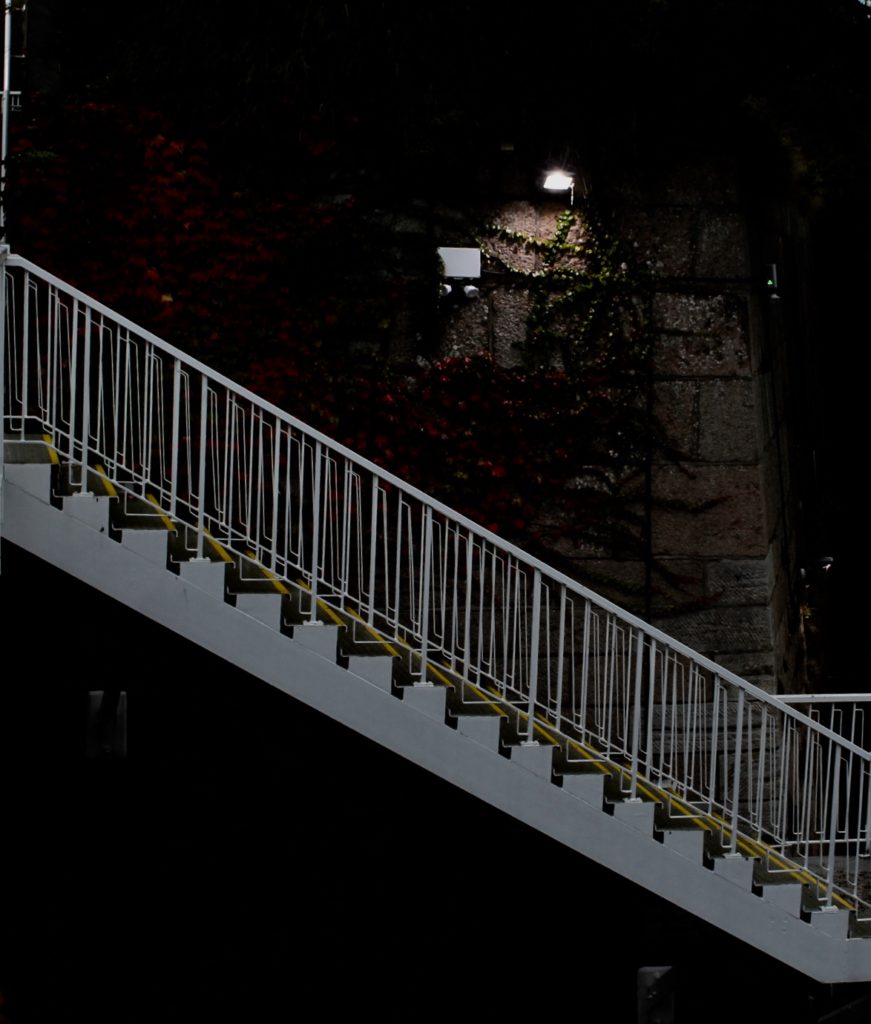
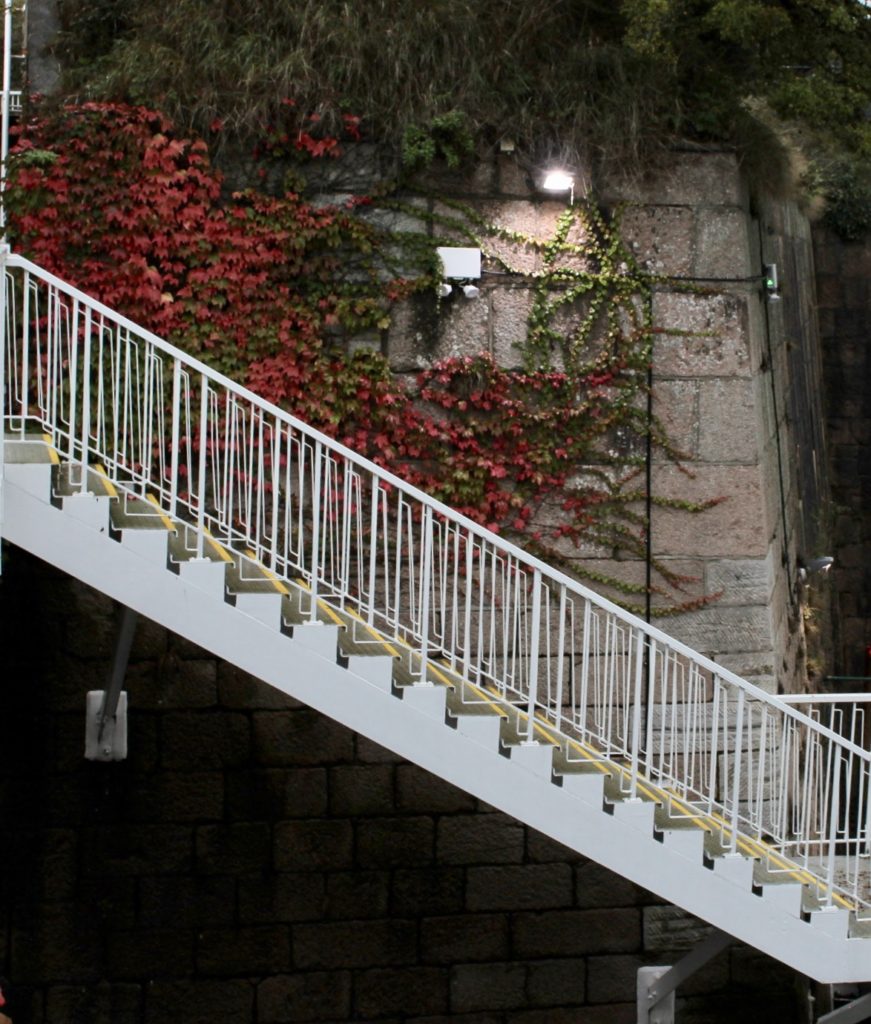
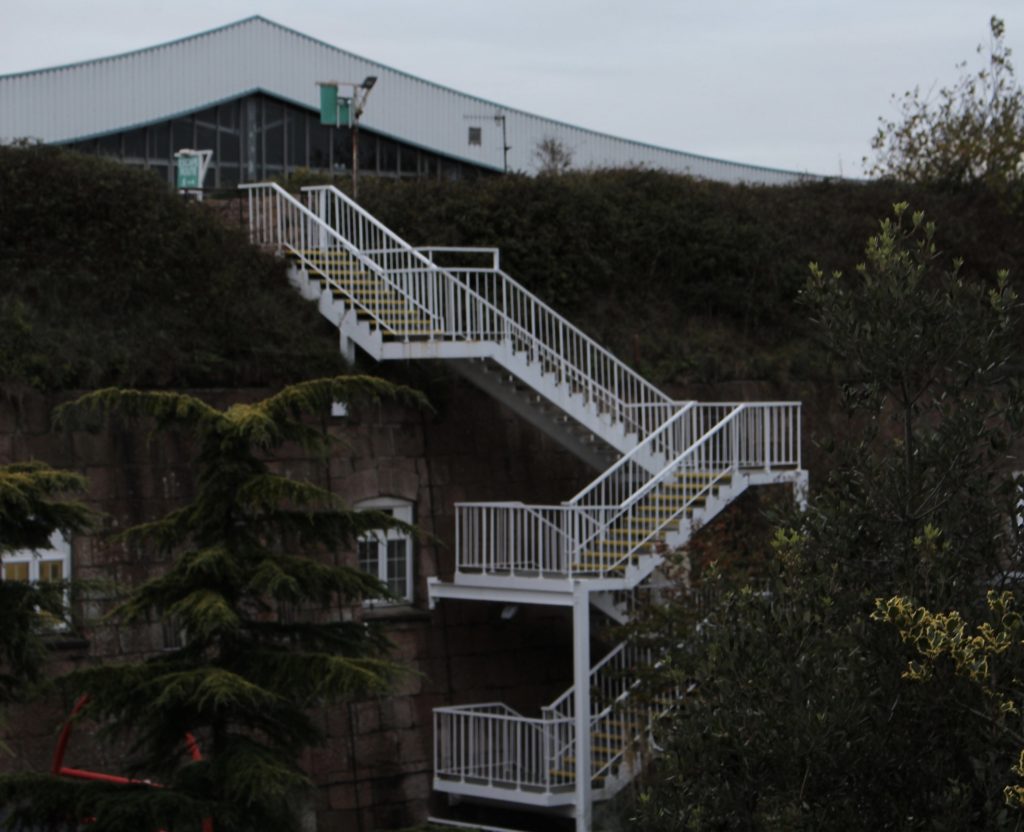
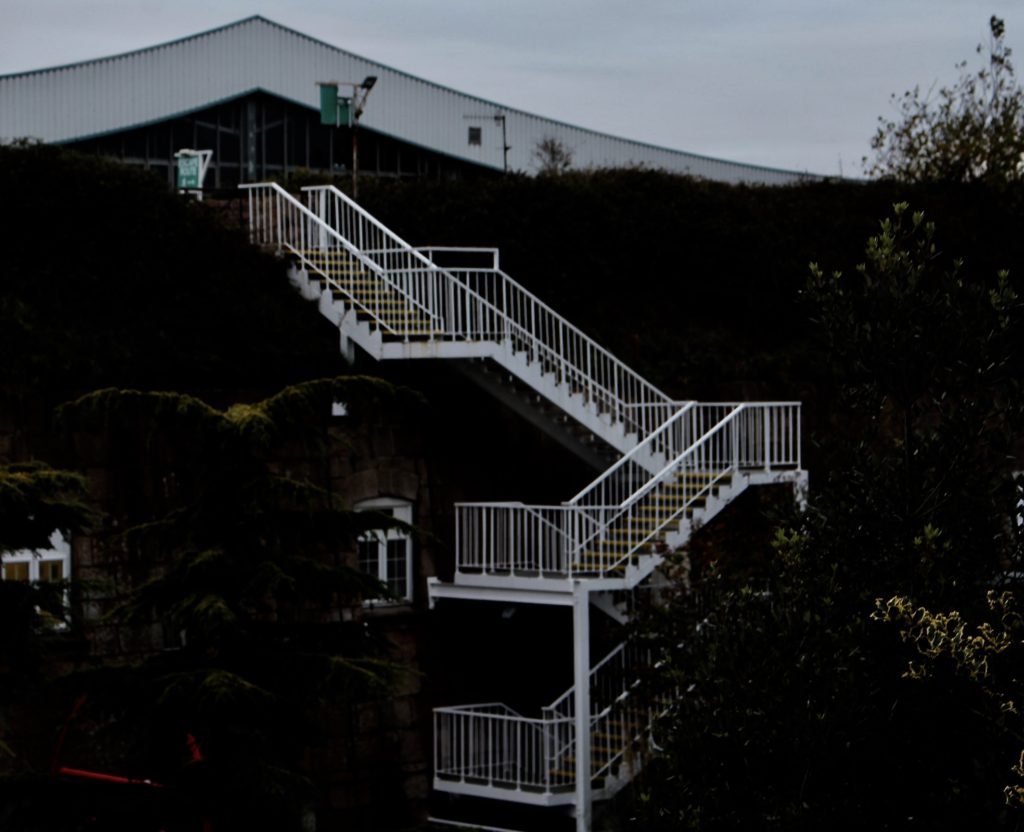
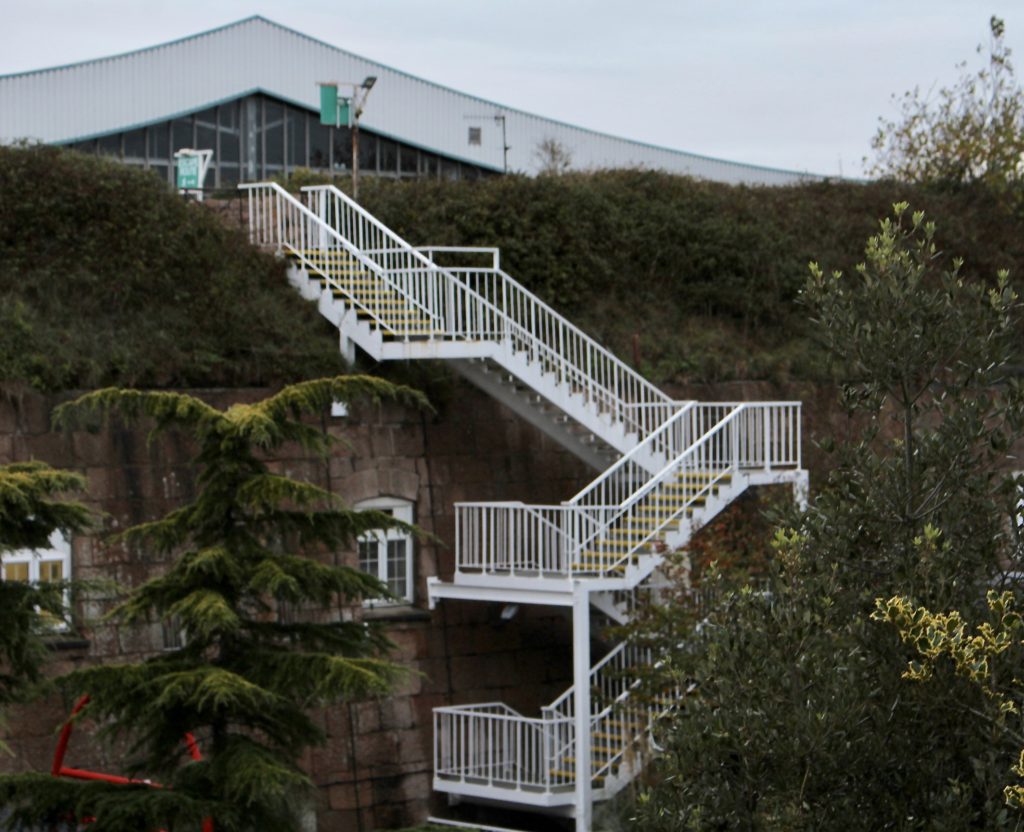
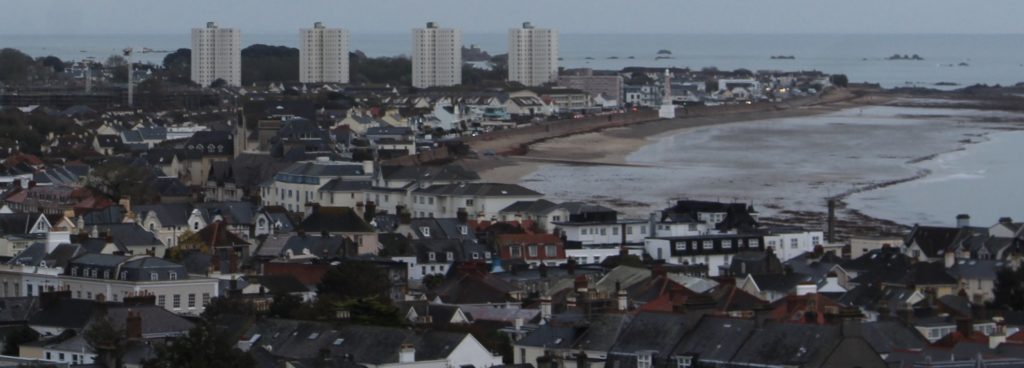
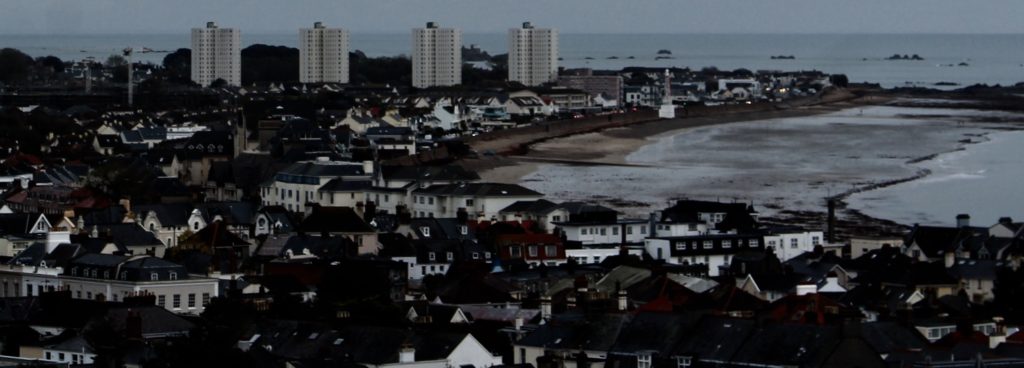
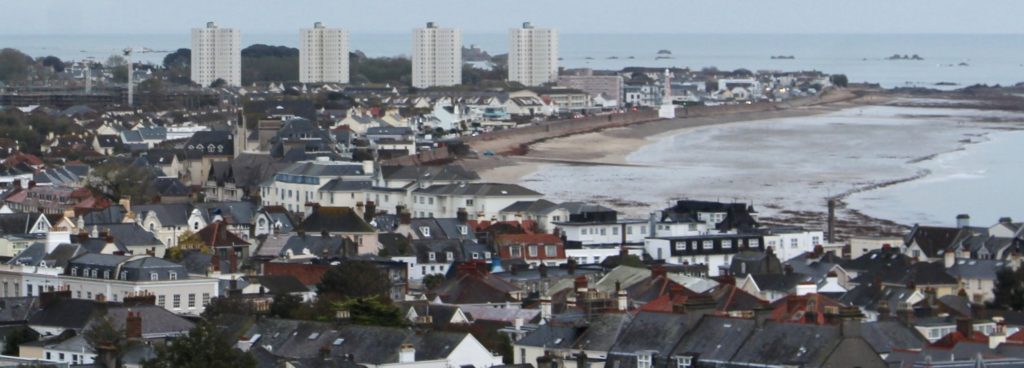
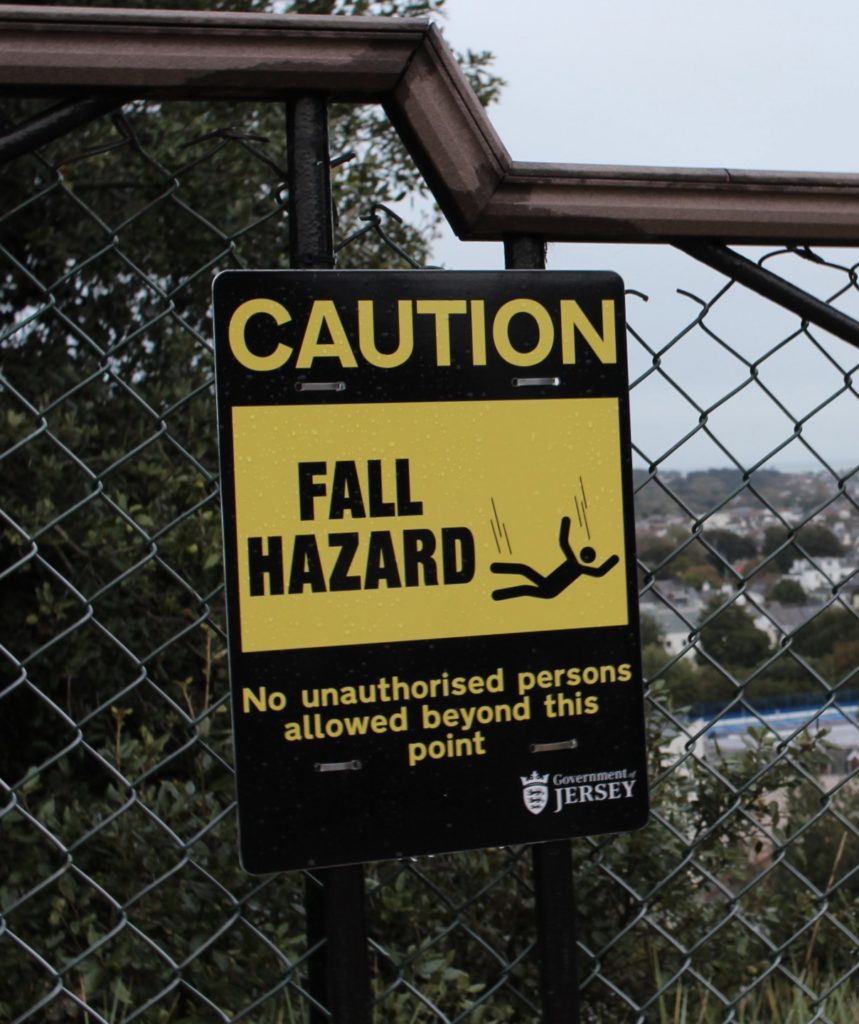
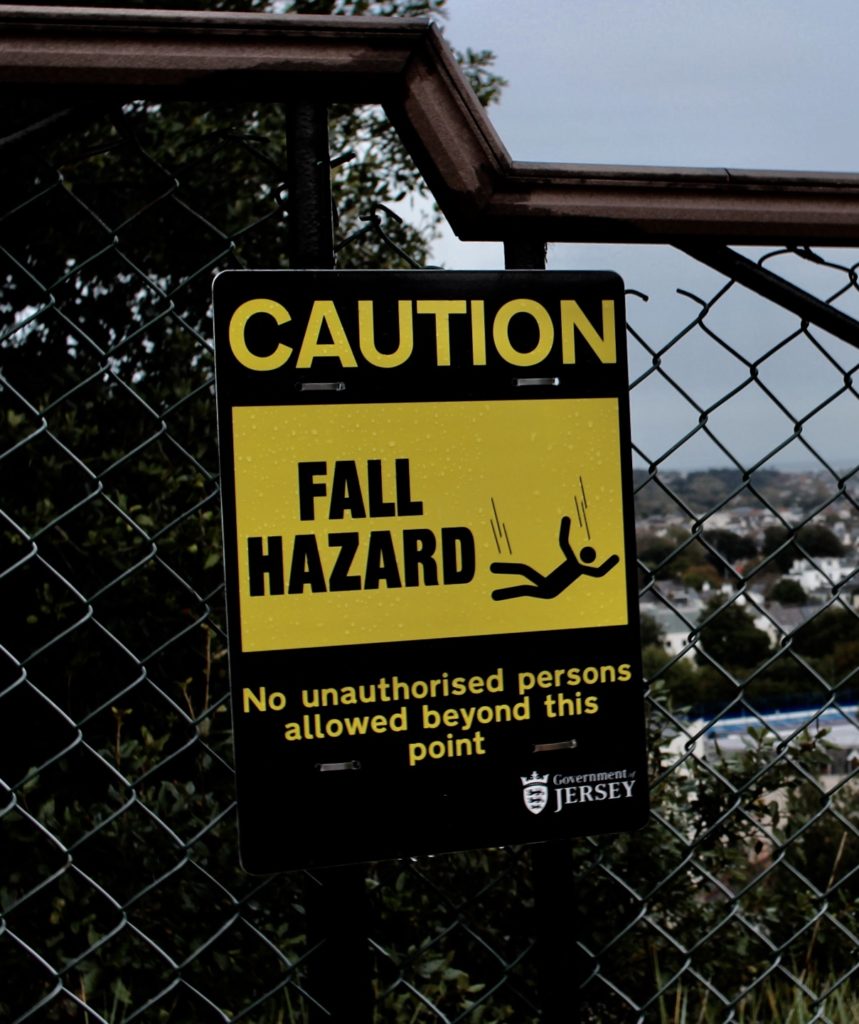
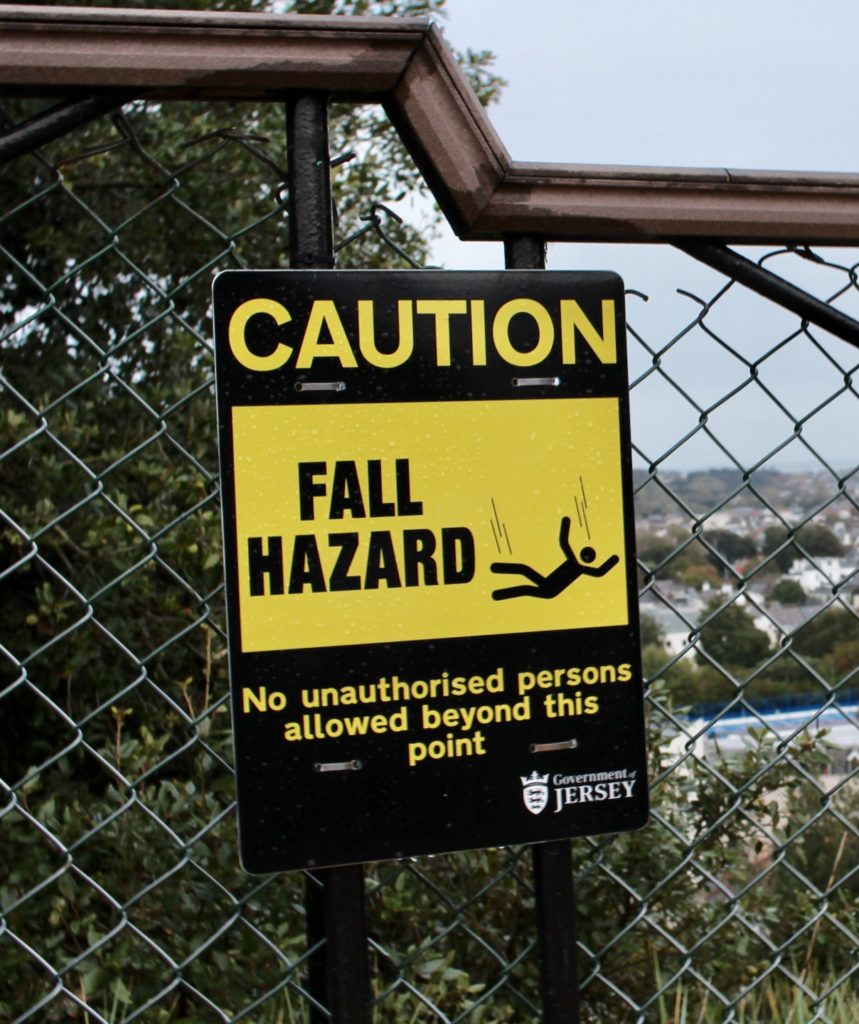
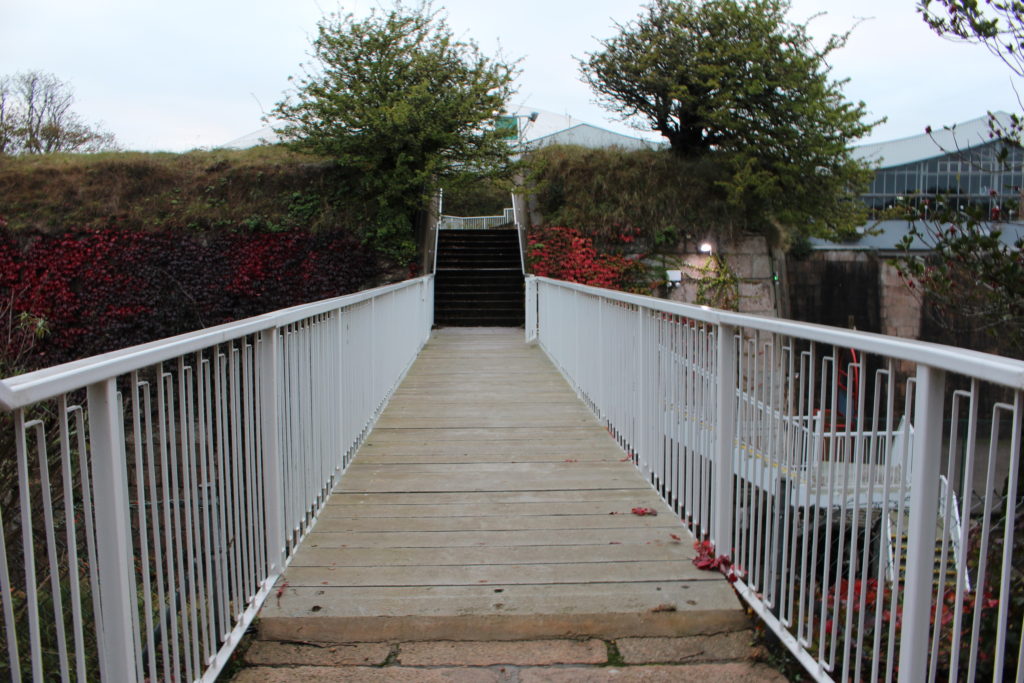
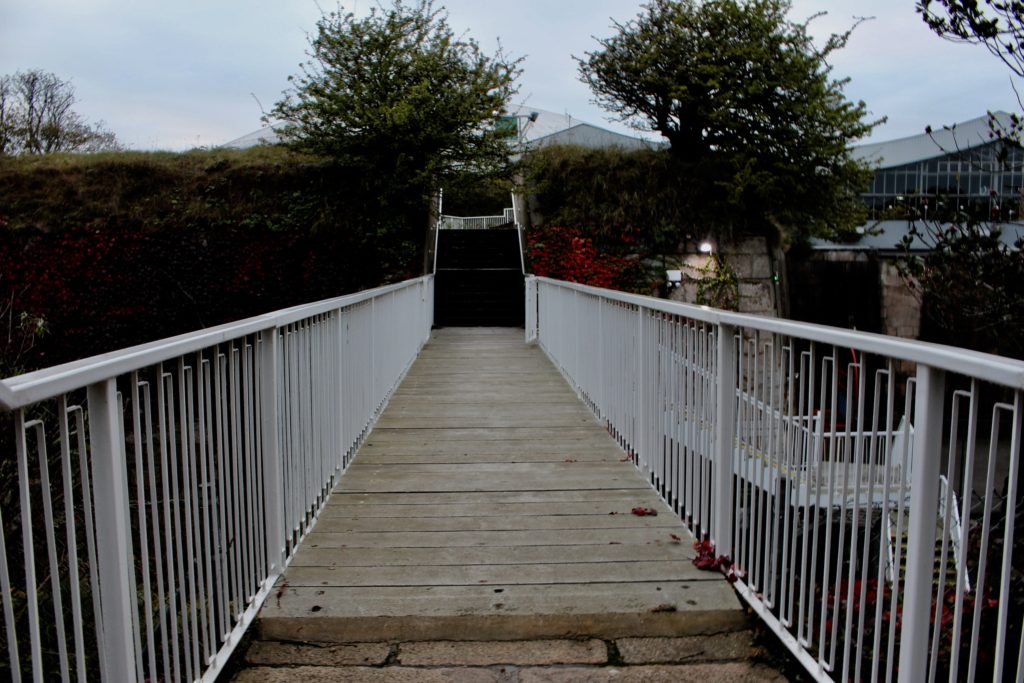
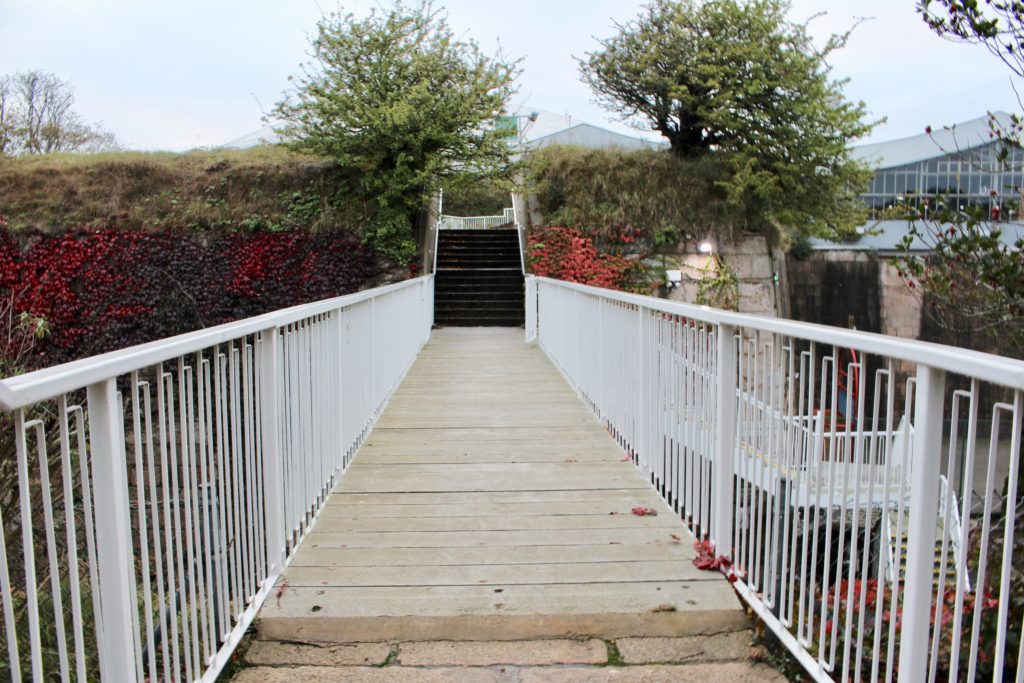
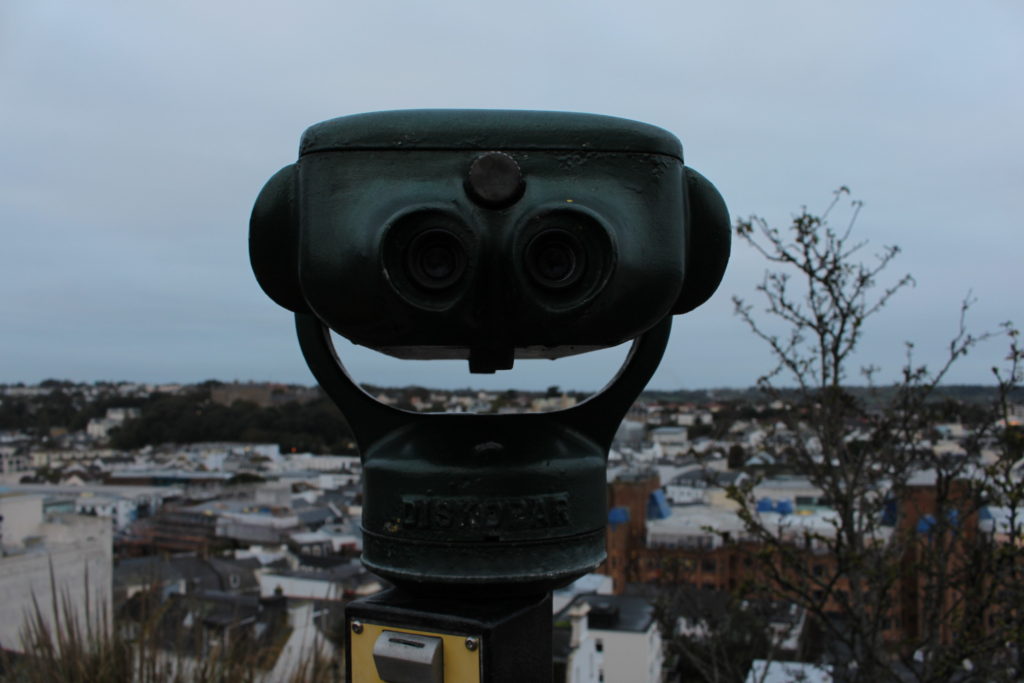
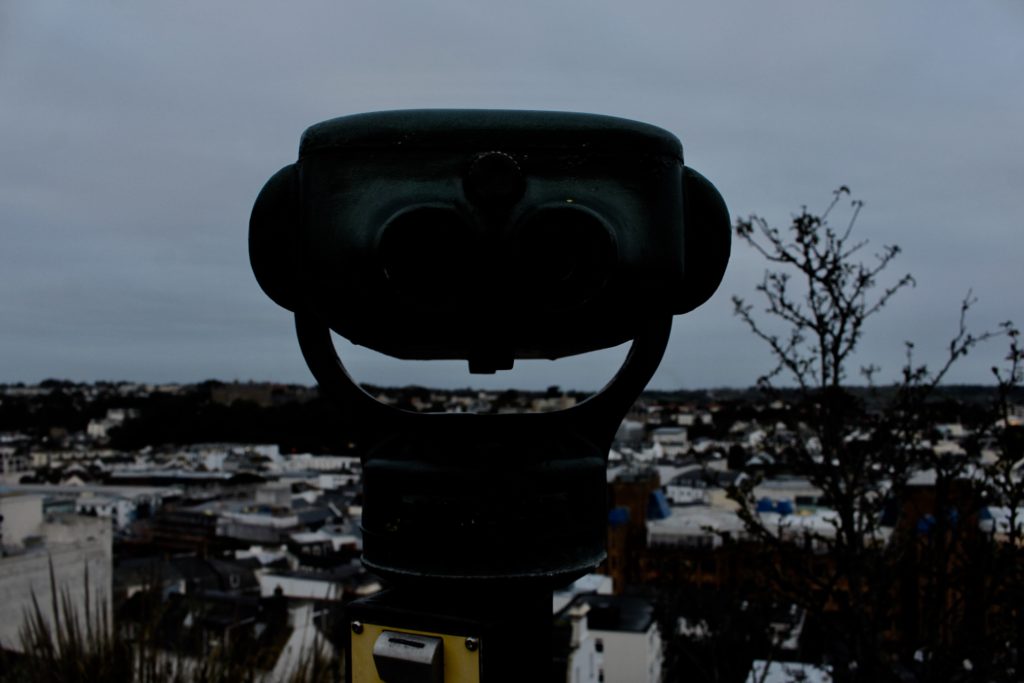
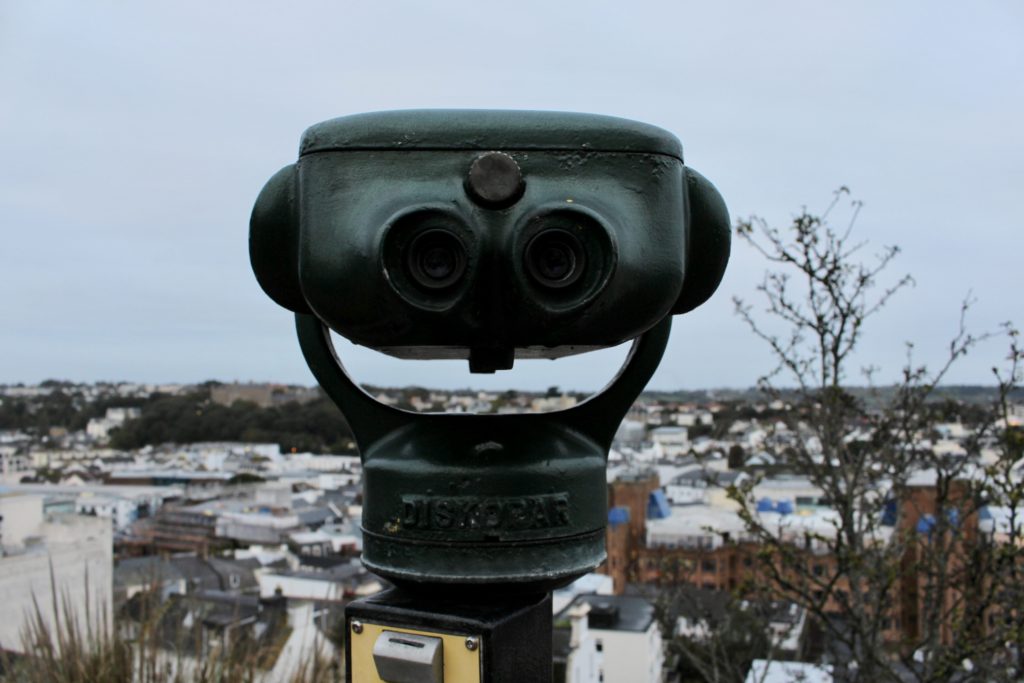
In this edit I used HDR toning to bring out the best colours and tones from high and low exposure and from the original photo. I like this photo because the depth of field is shallower than the rest of the photos.
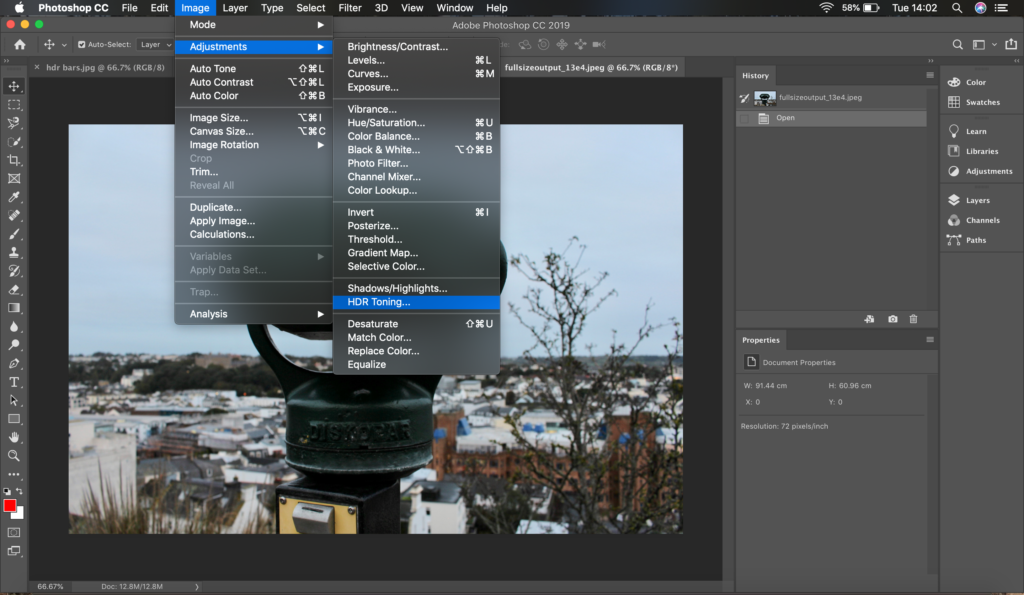
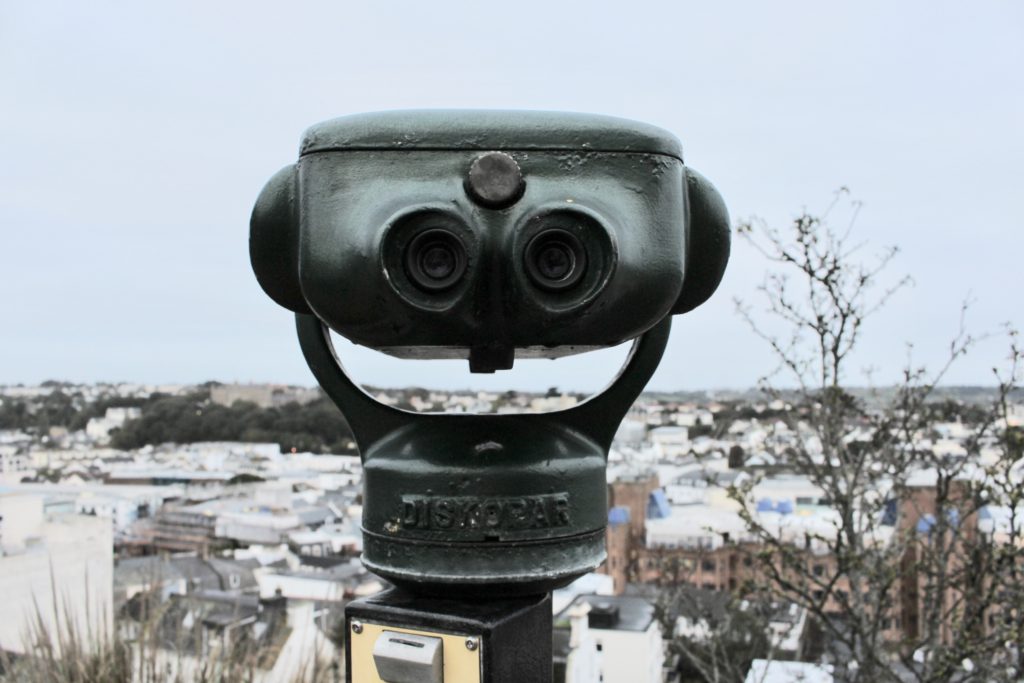
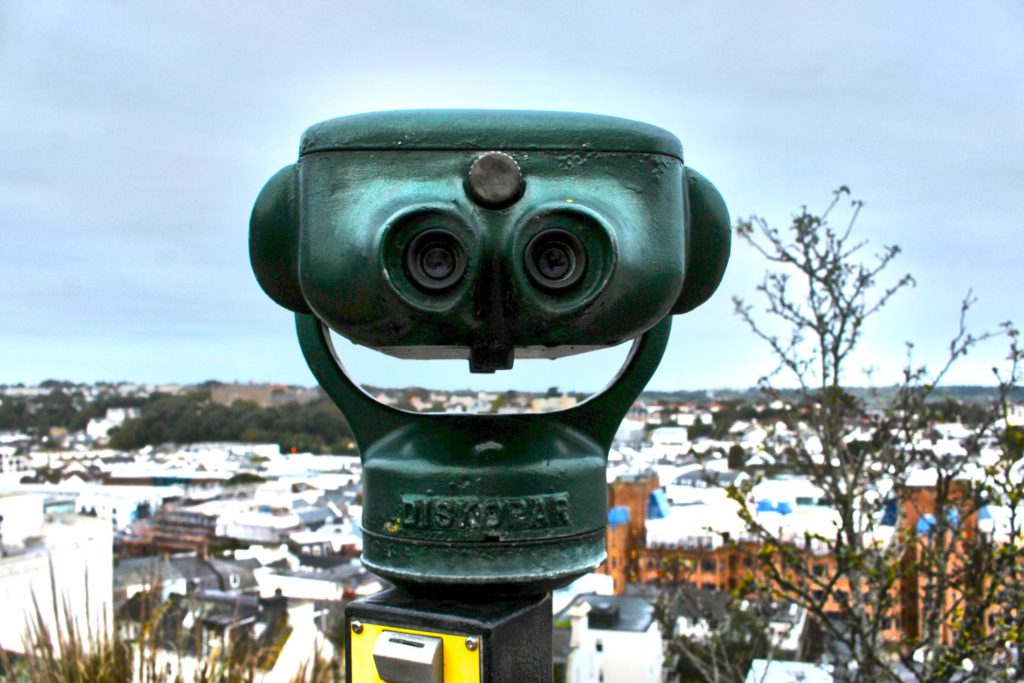
I adjusted the photo to black and white and I got inspiration to do this from Ansel Adams and I tried to get every shade in Adams’ zone system.
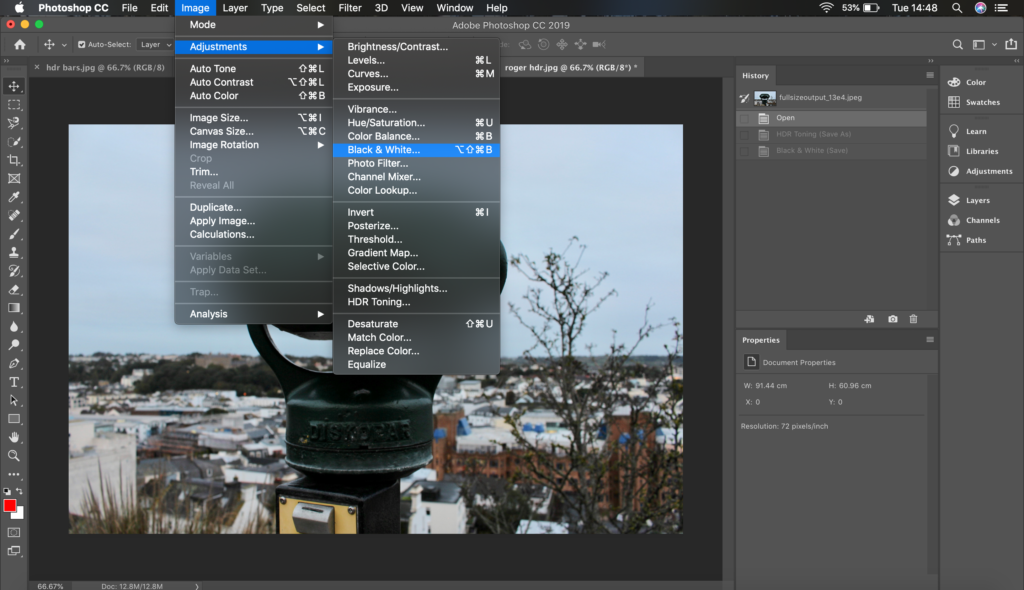
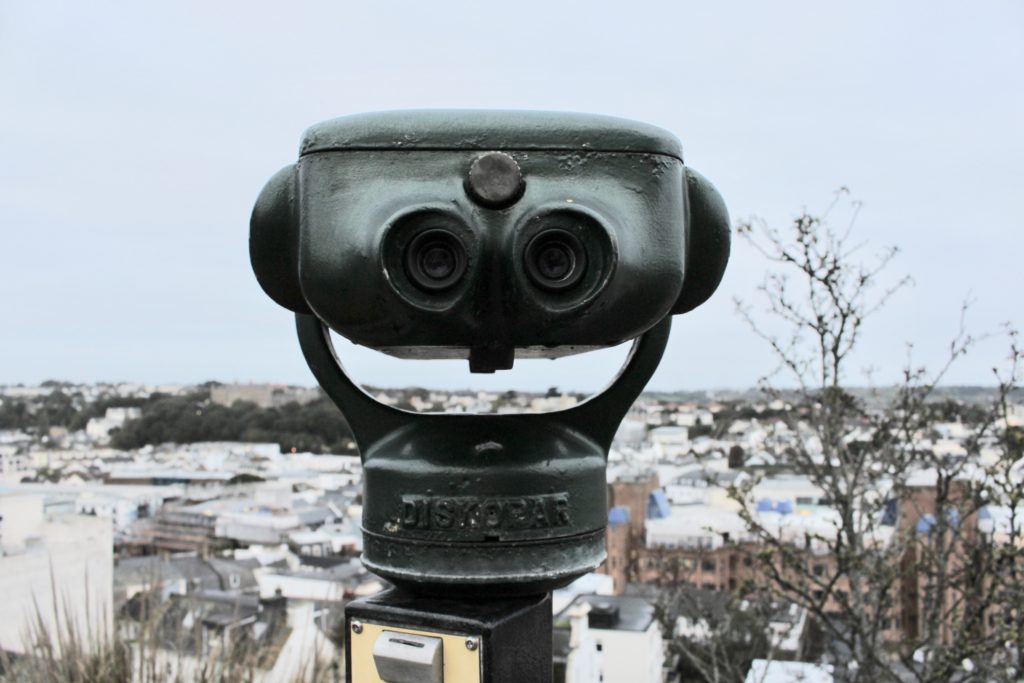
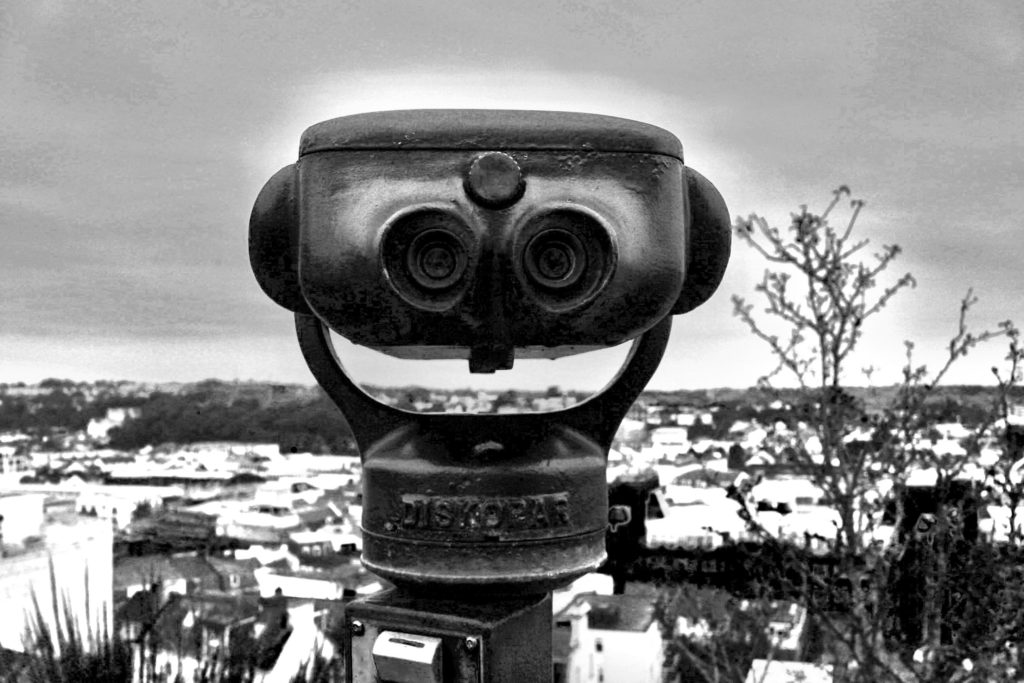
I took a variety of different photos and different angles around the outskirts of Fort Regent. I changed the exposure for some of the photos (exposure bracketing) to see how to the contrast/tonal values changed. I’ve selected my favourite images and decided which ones I won’t use.
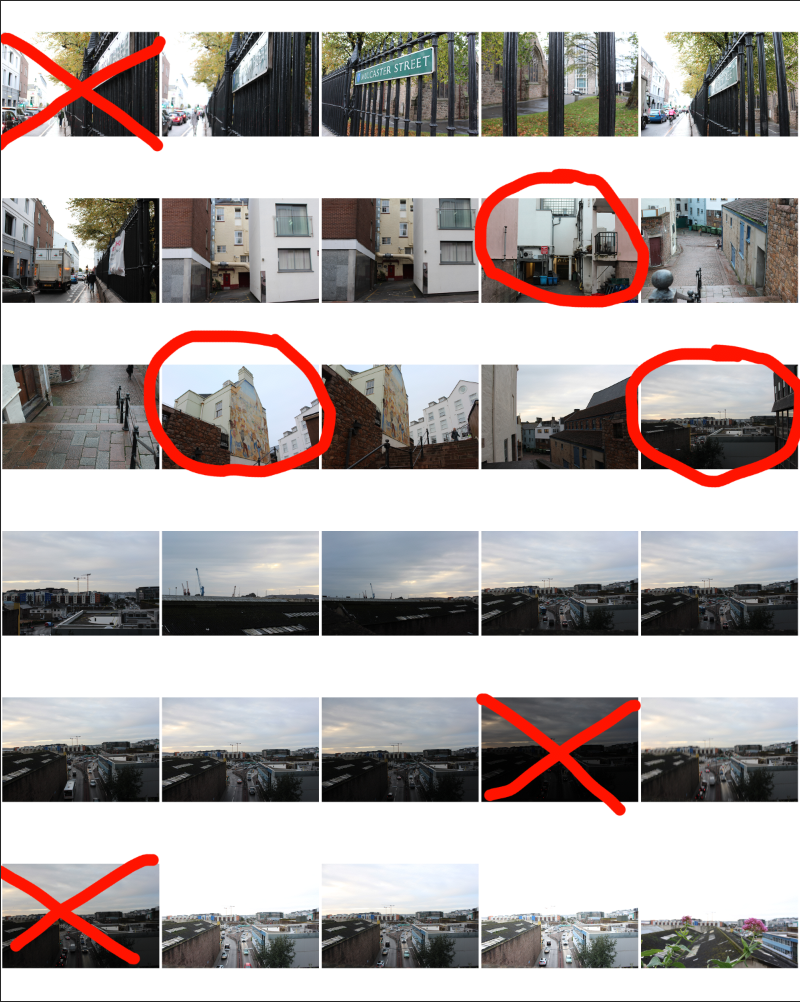
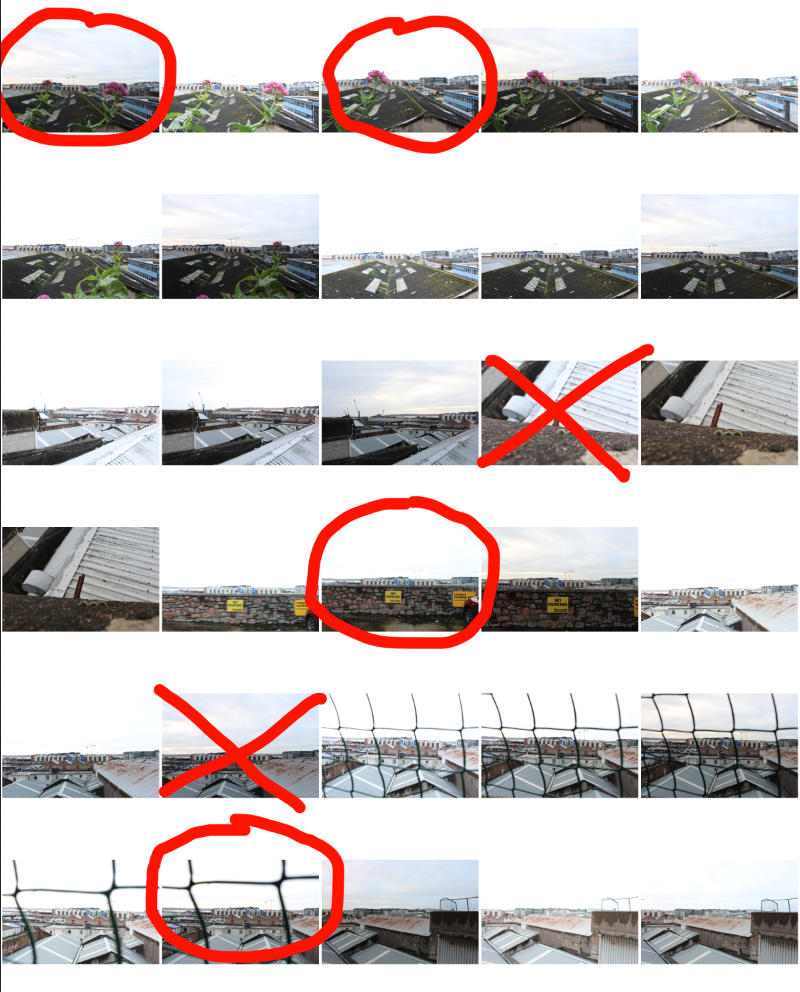
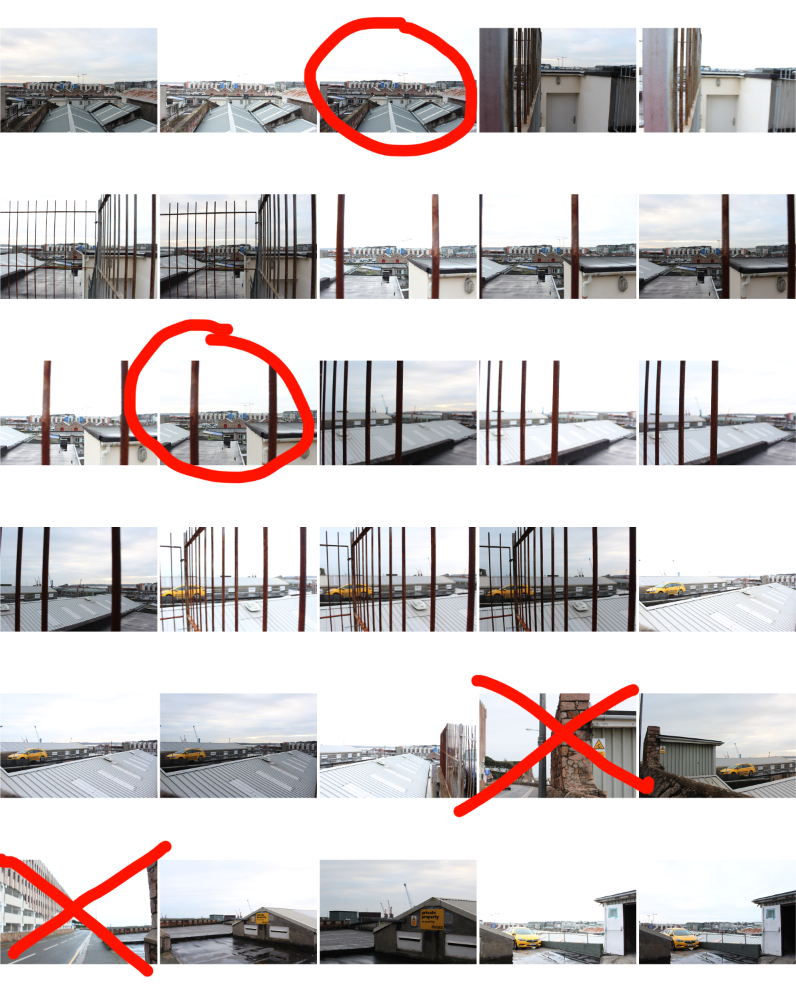
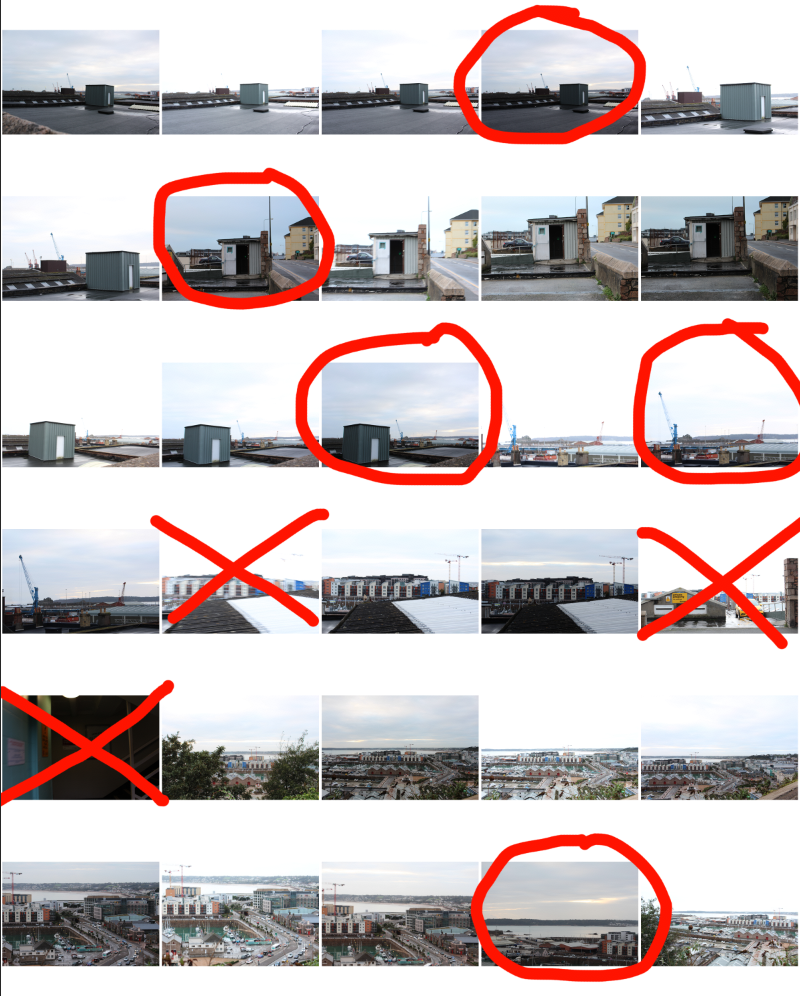
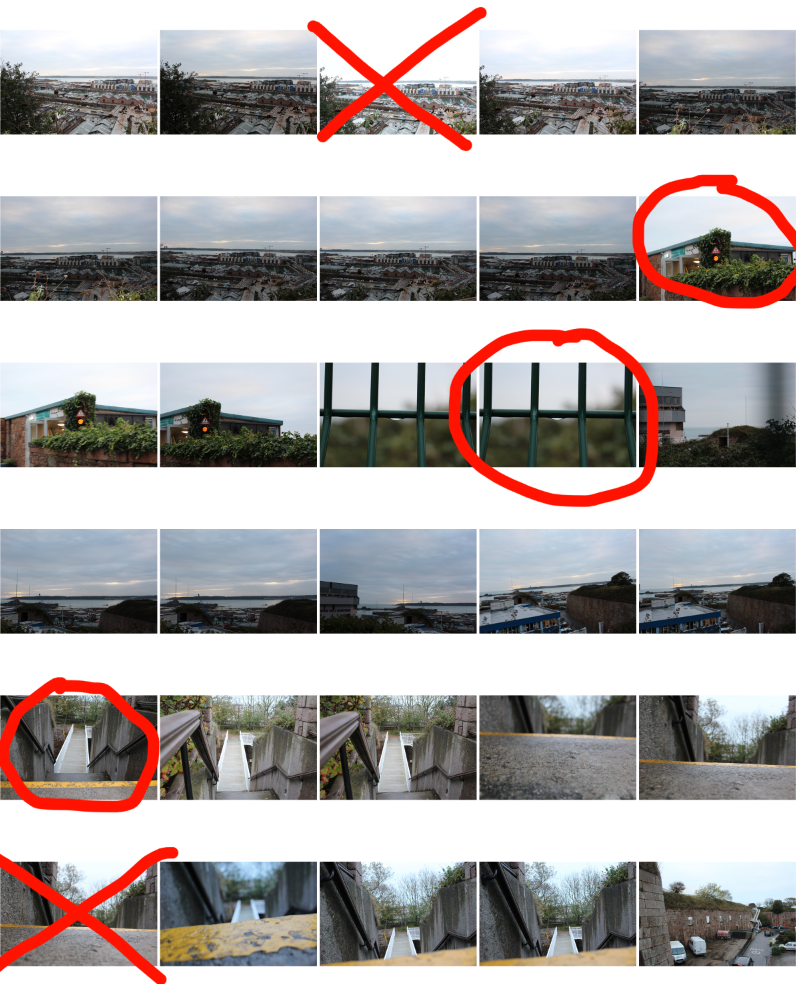
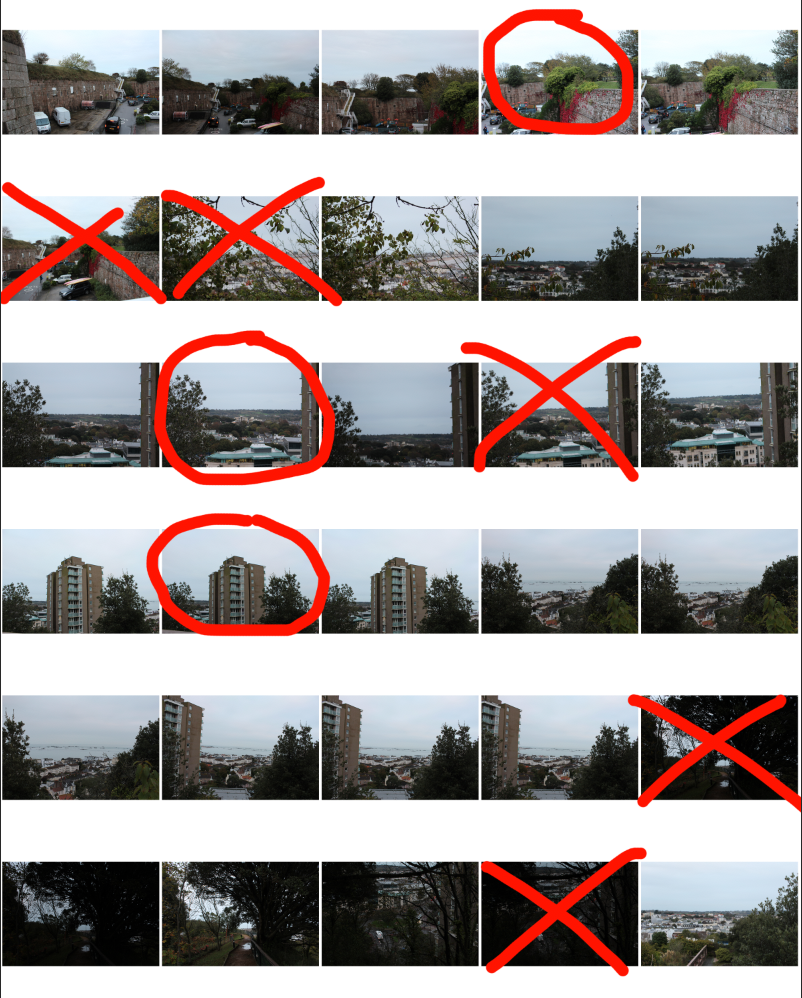
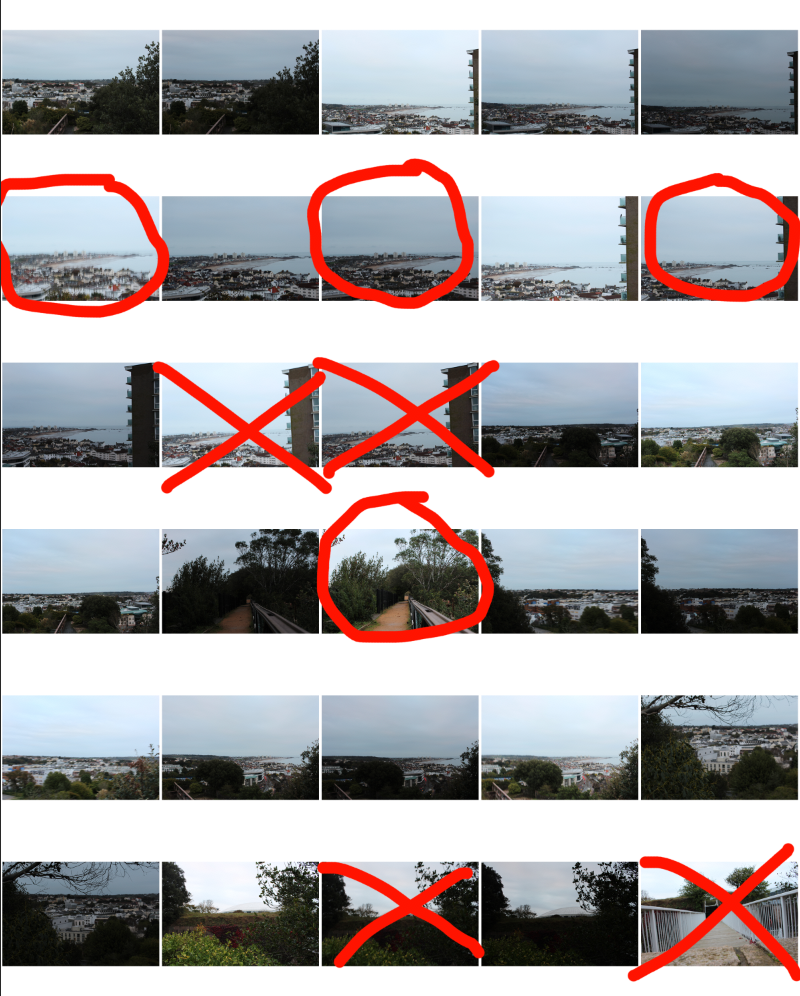
I picked these images because each of them are different from each other and have something unique about them whether it’s the angle they’ve been taken from, the lighting or the scenery/ individual buildings. Each photo has something that the eye is automatically drawn to and they each have a main focus. Some things to point out about the uniqueness of some of the photo are: the different depths of field and the vibrancy of the images.
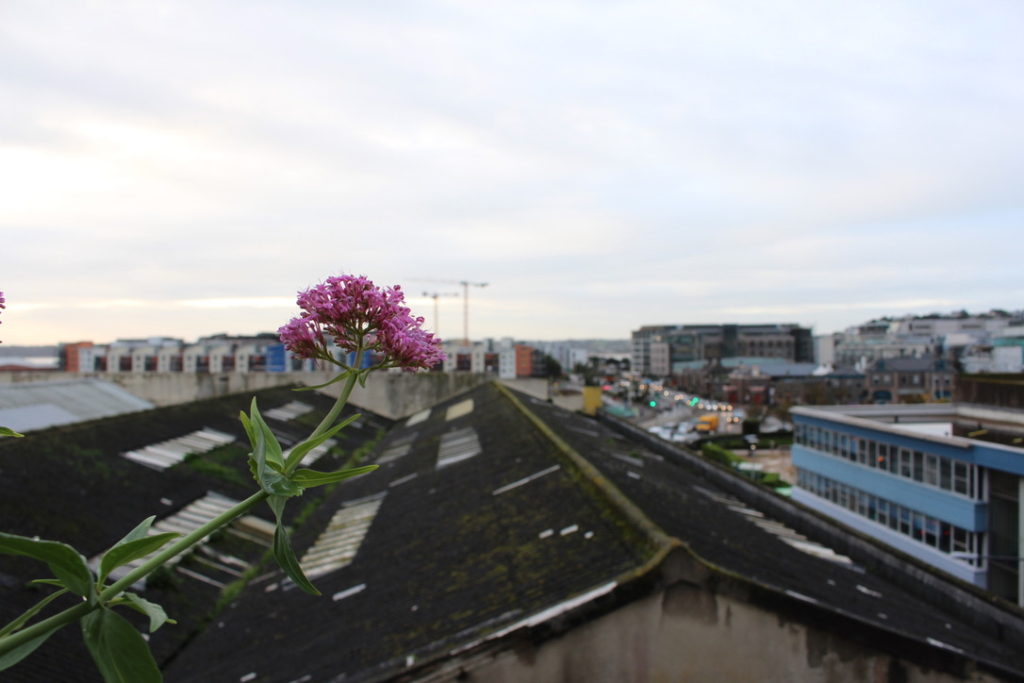
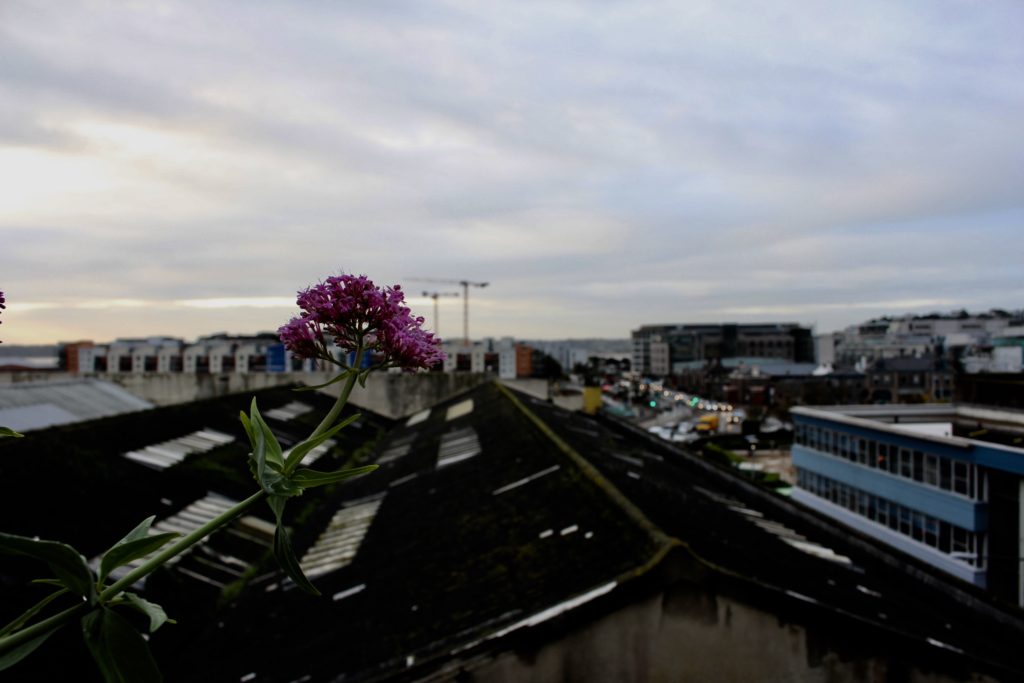
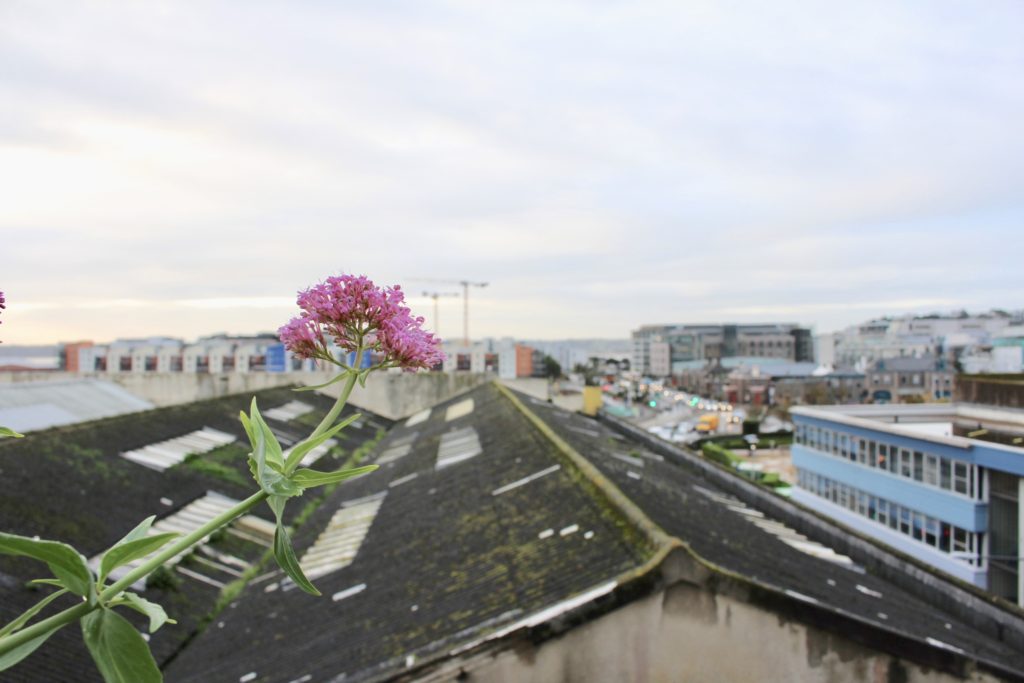
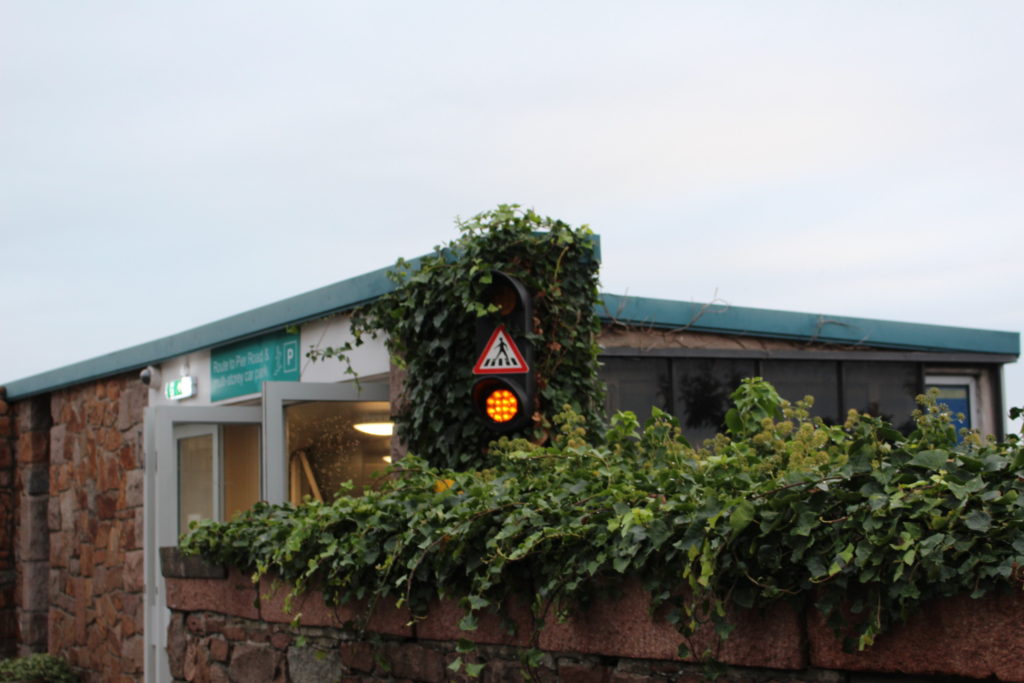
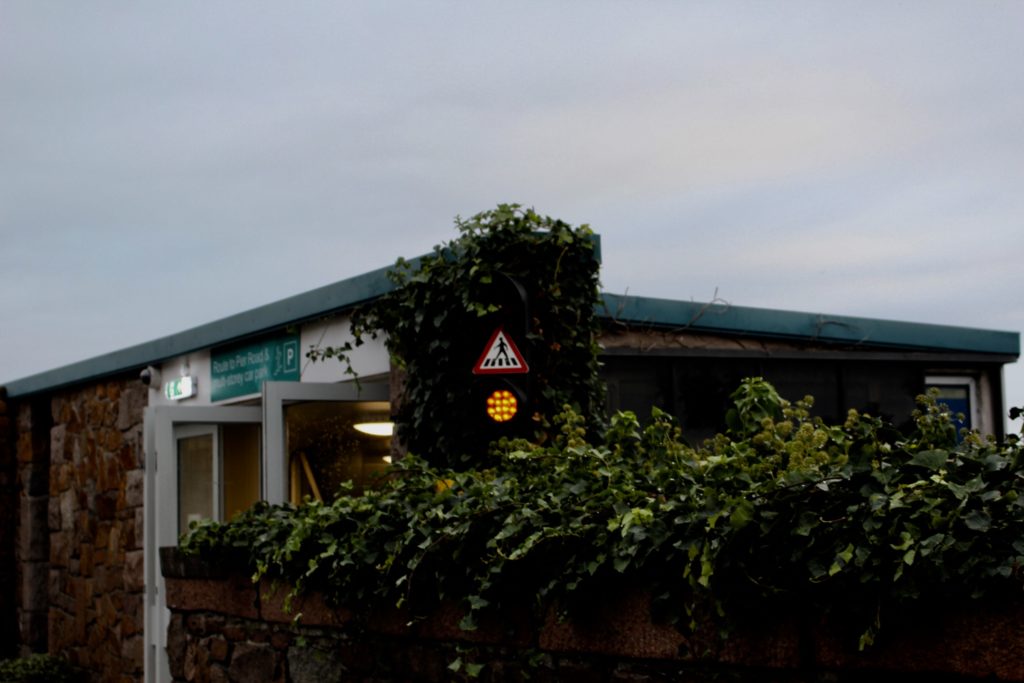
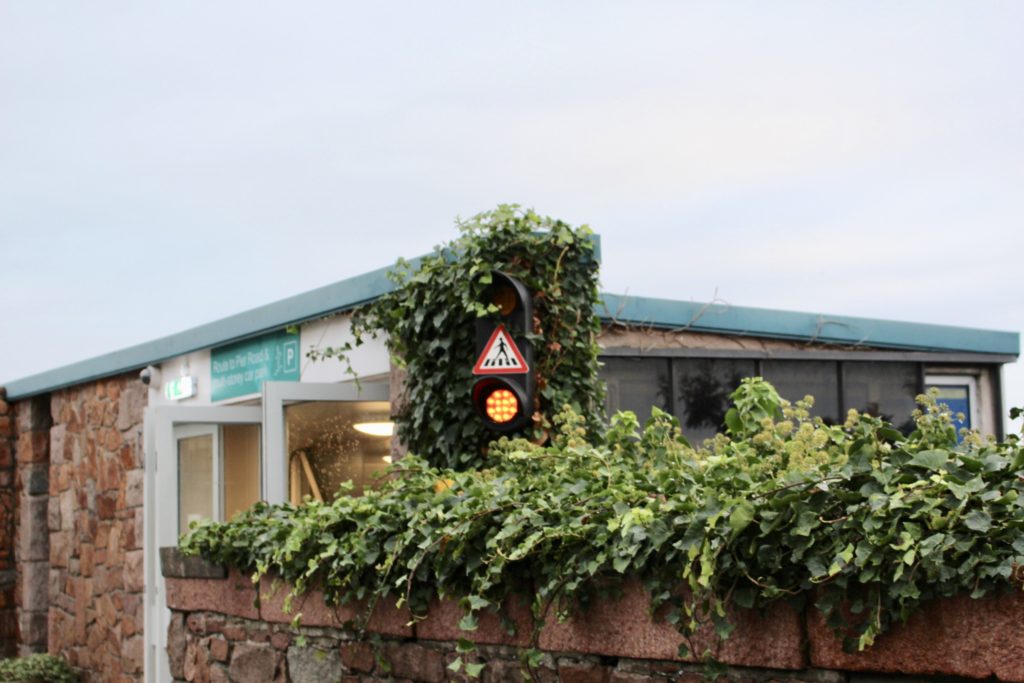
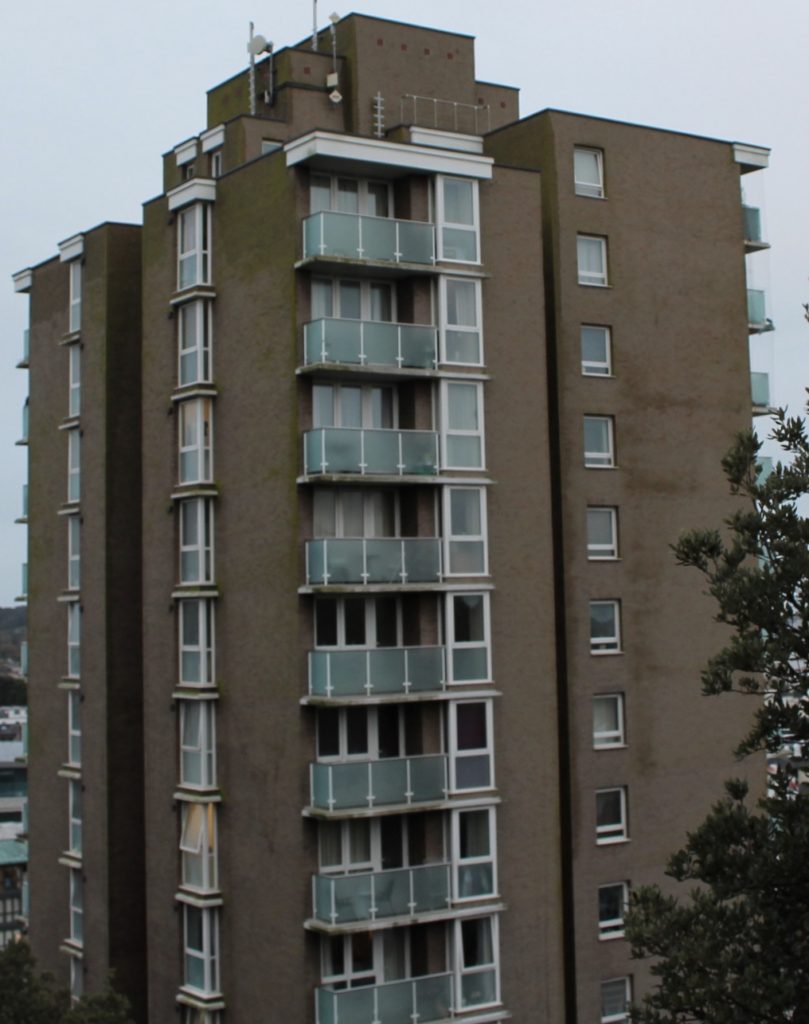
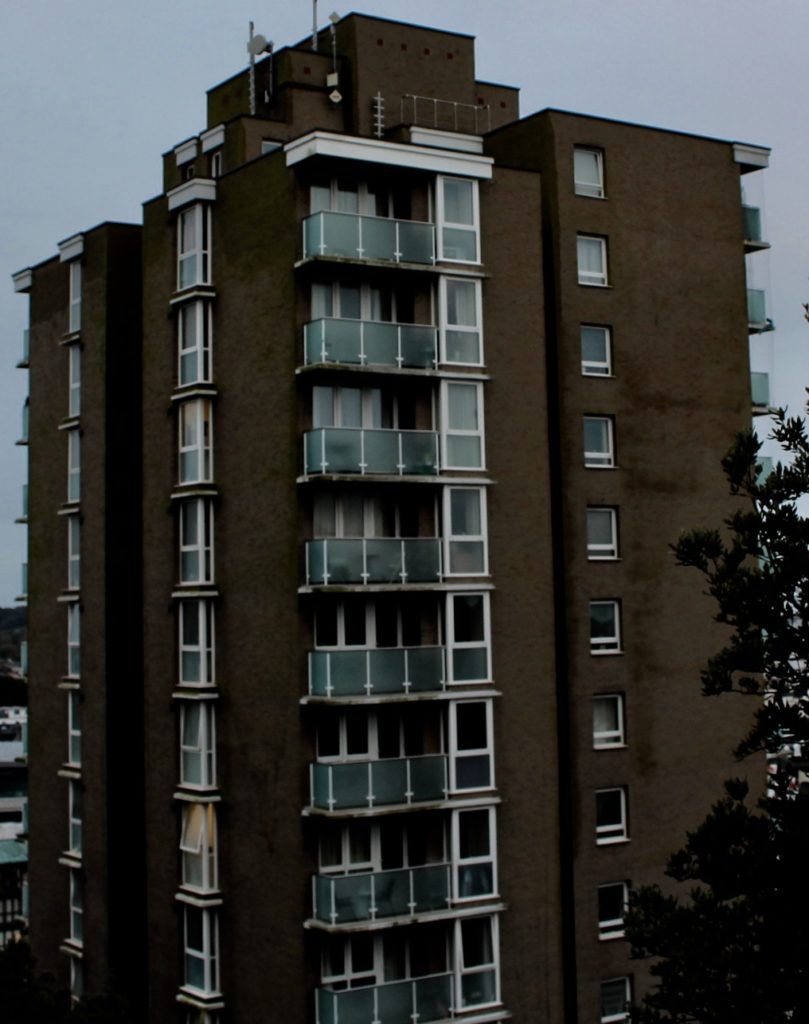
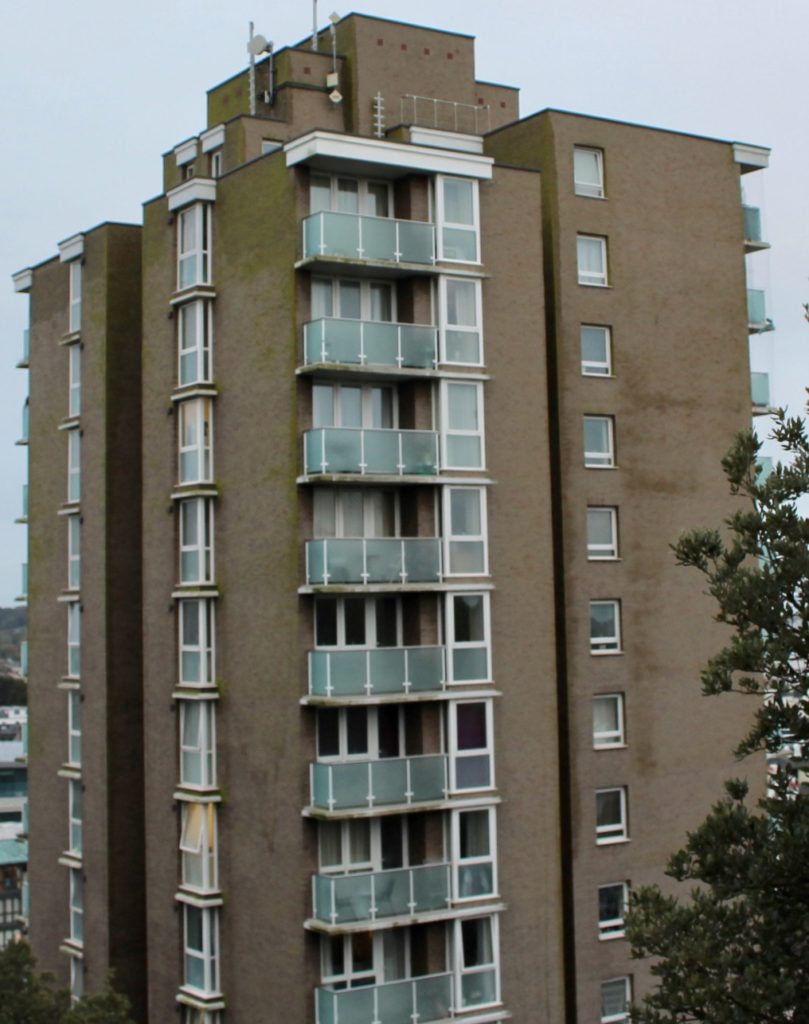
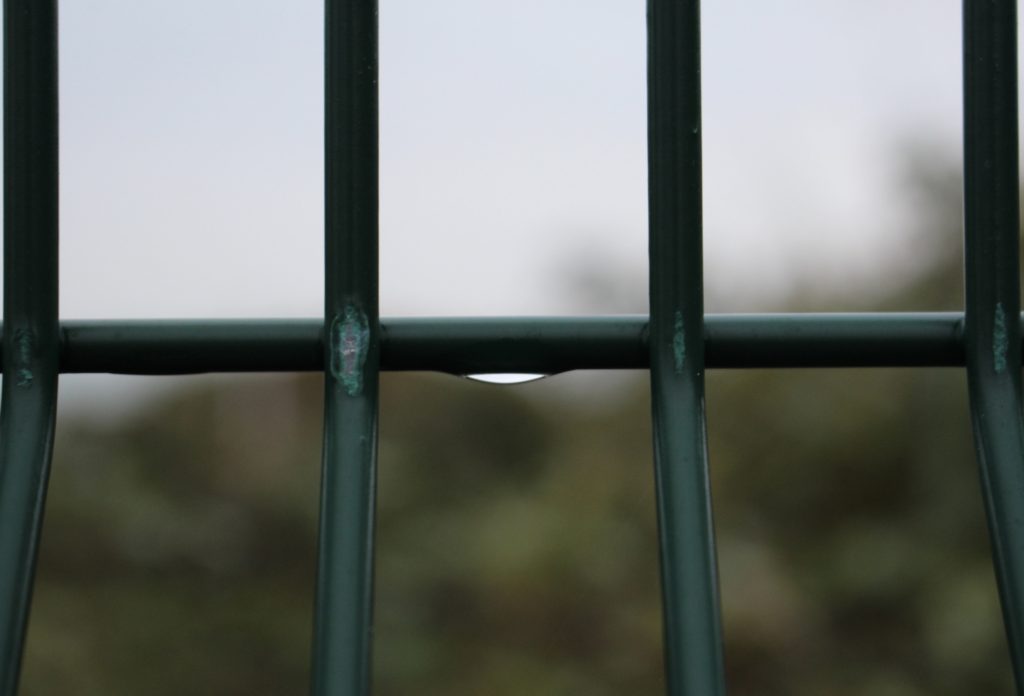
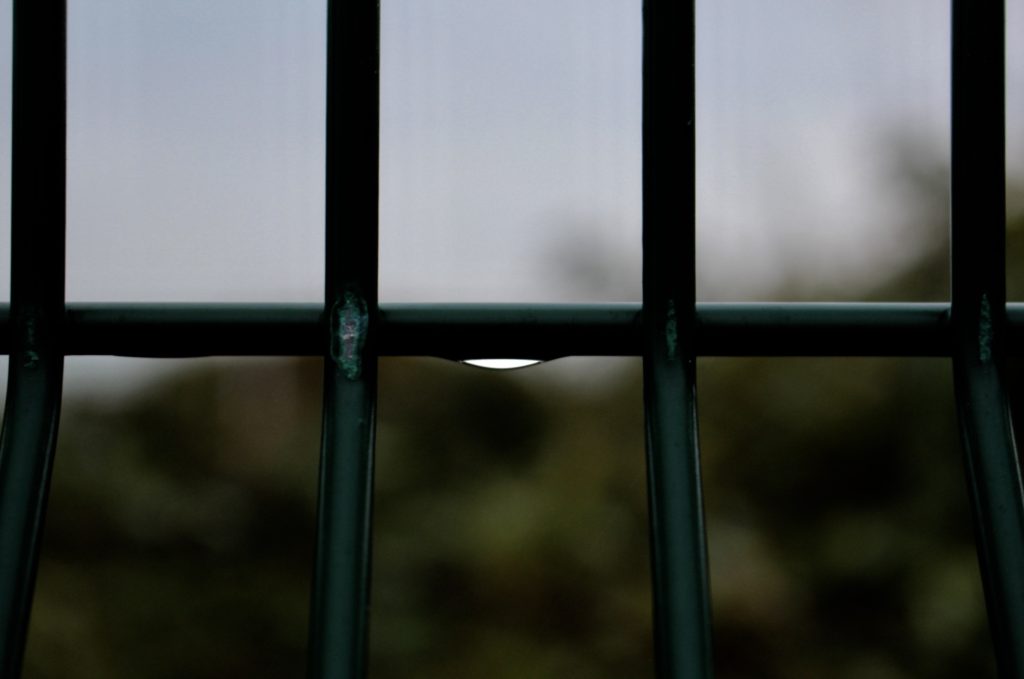
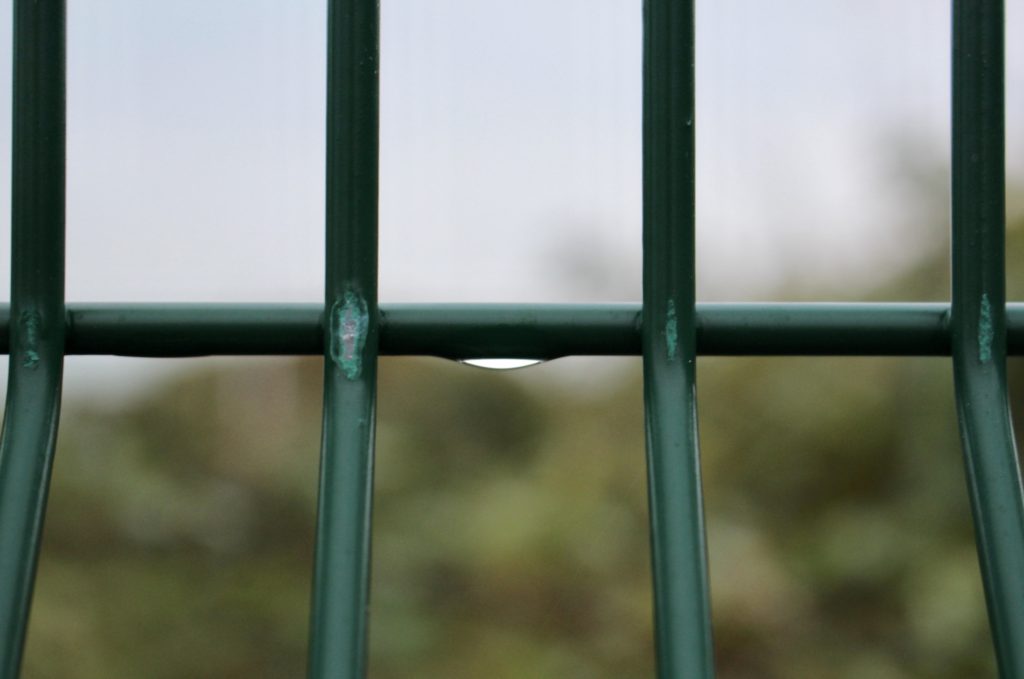
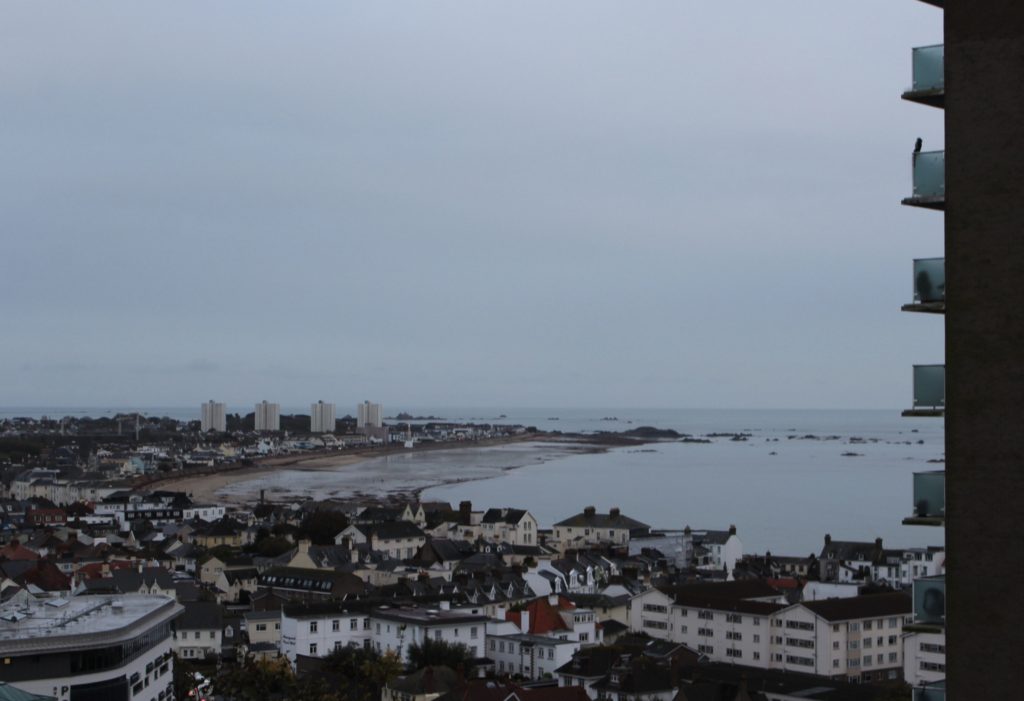
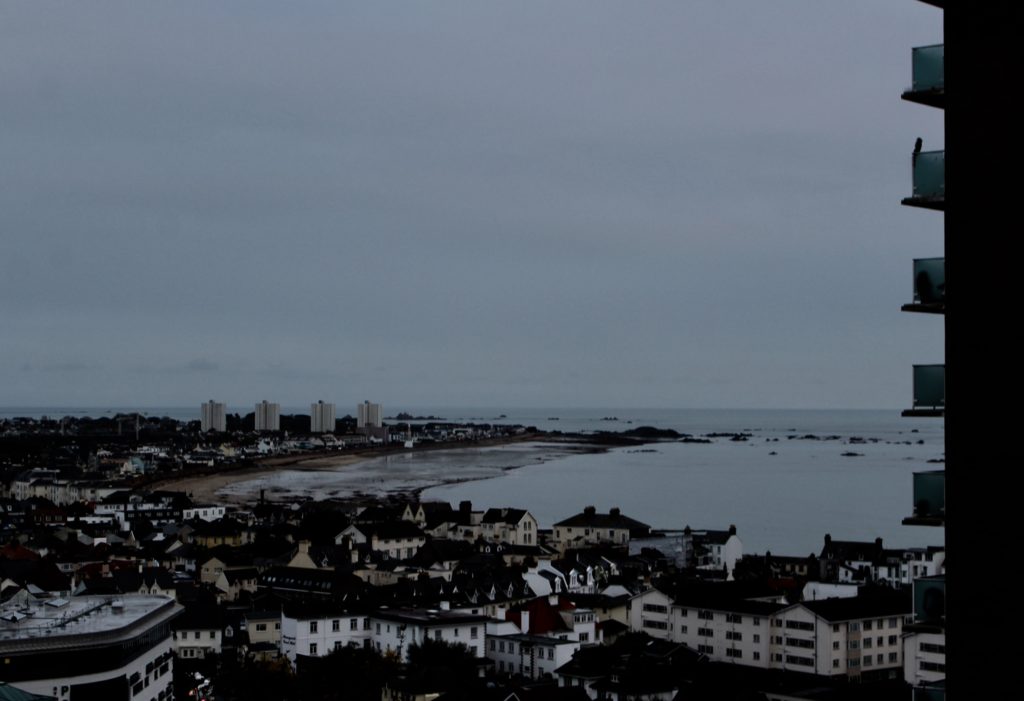
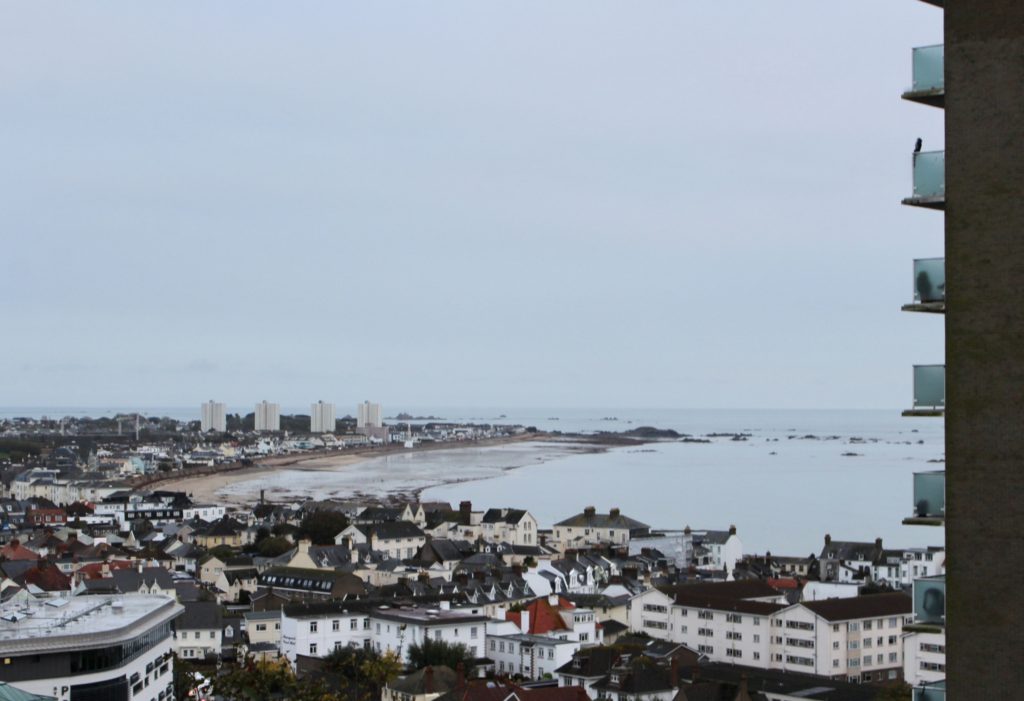
In this edit I used HDR toning to bring out the best colours and tones from high and low exposure and from the original photo. I like this photo because the depth of field is shallower than the rest of the photos.
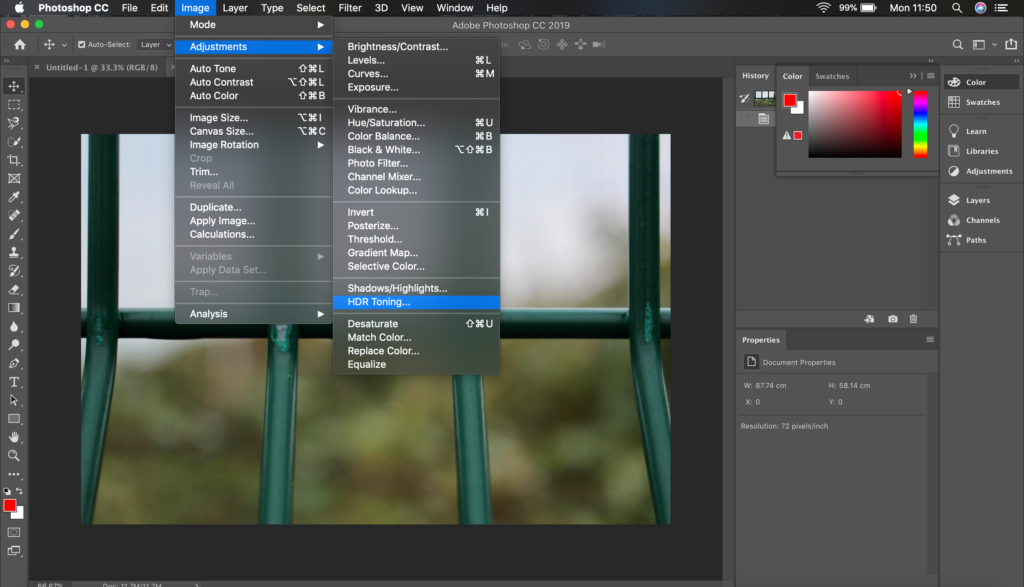

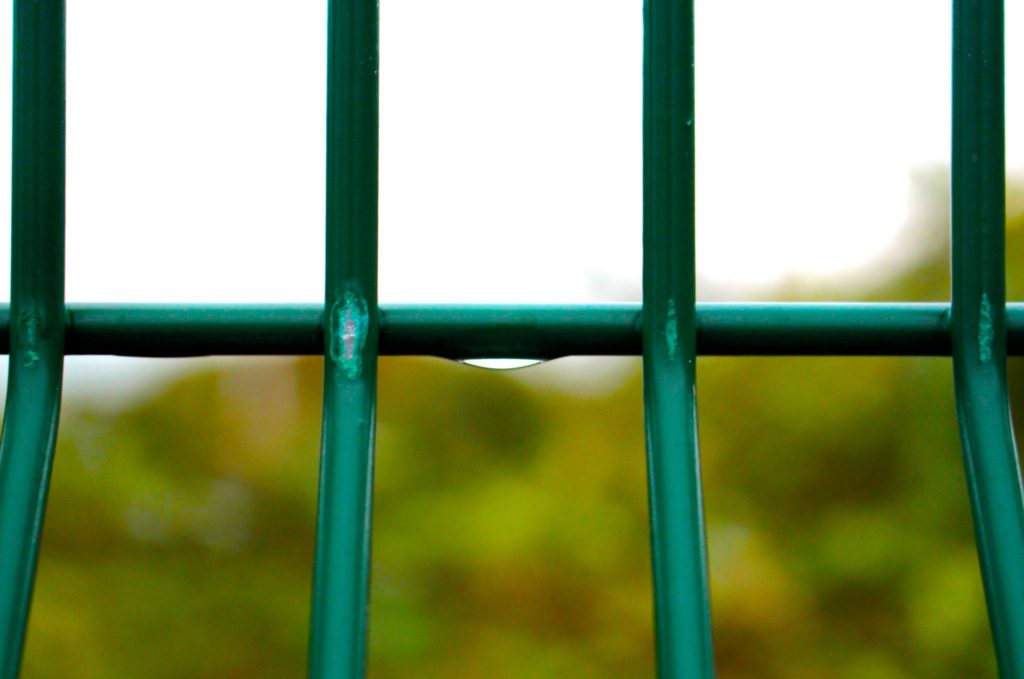
I adjusted the photo to black and white and I got inspiration to do this from Ansel Adams and I tried to get every shade in Adams’ zone system.
